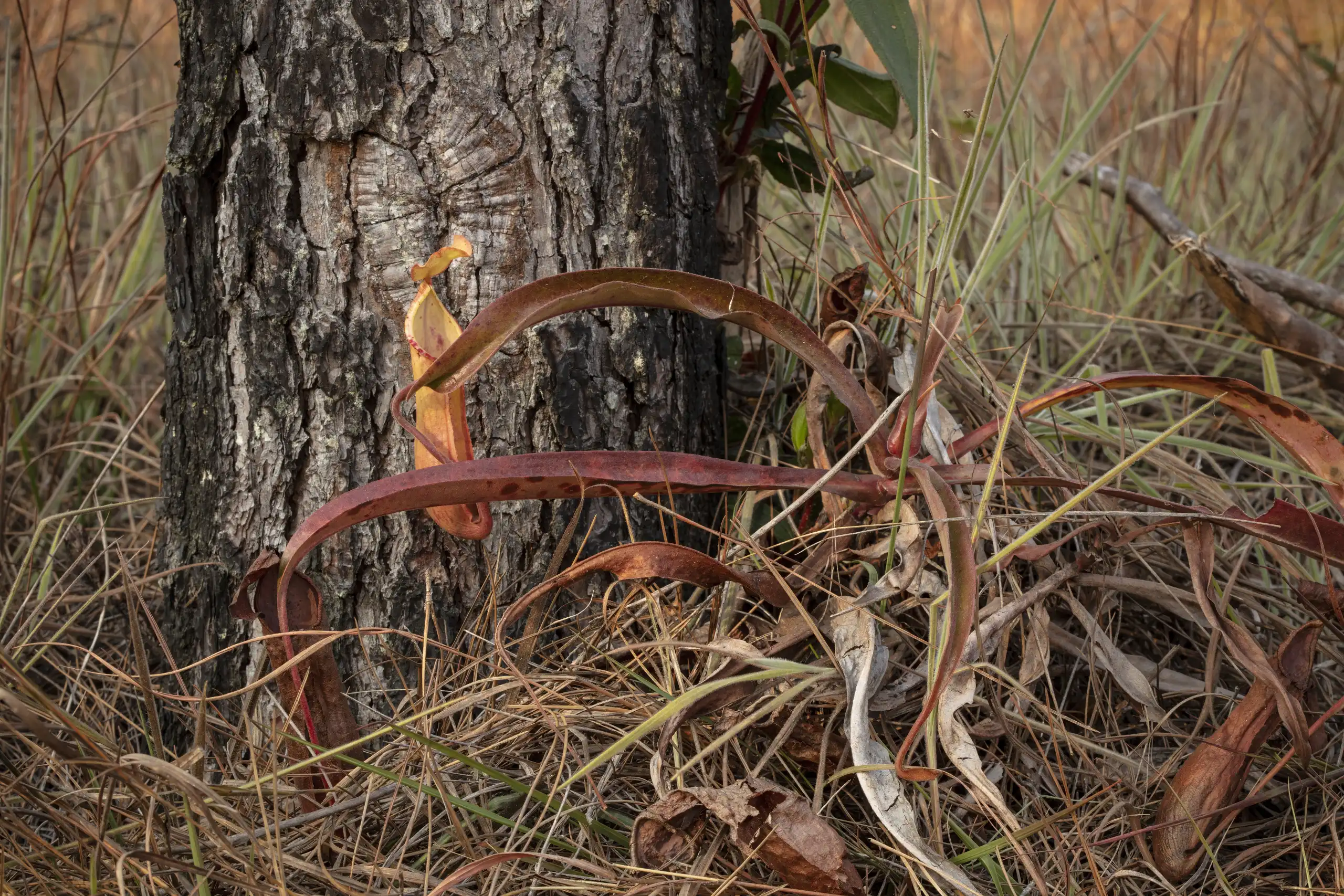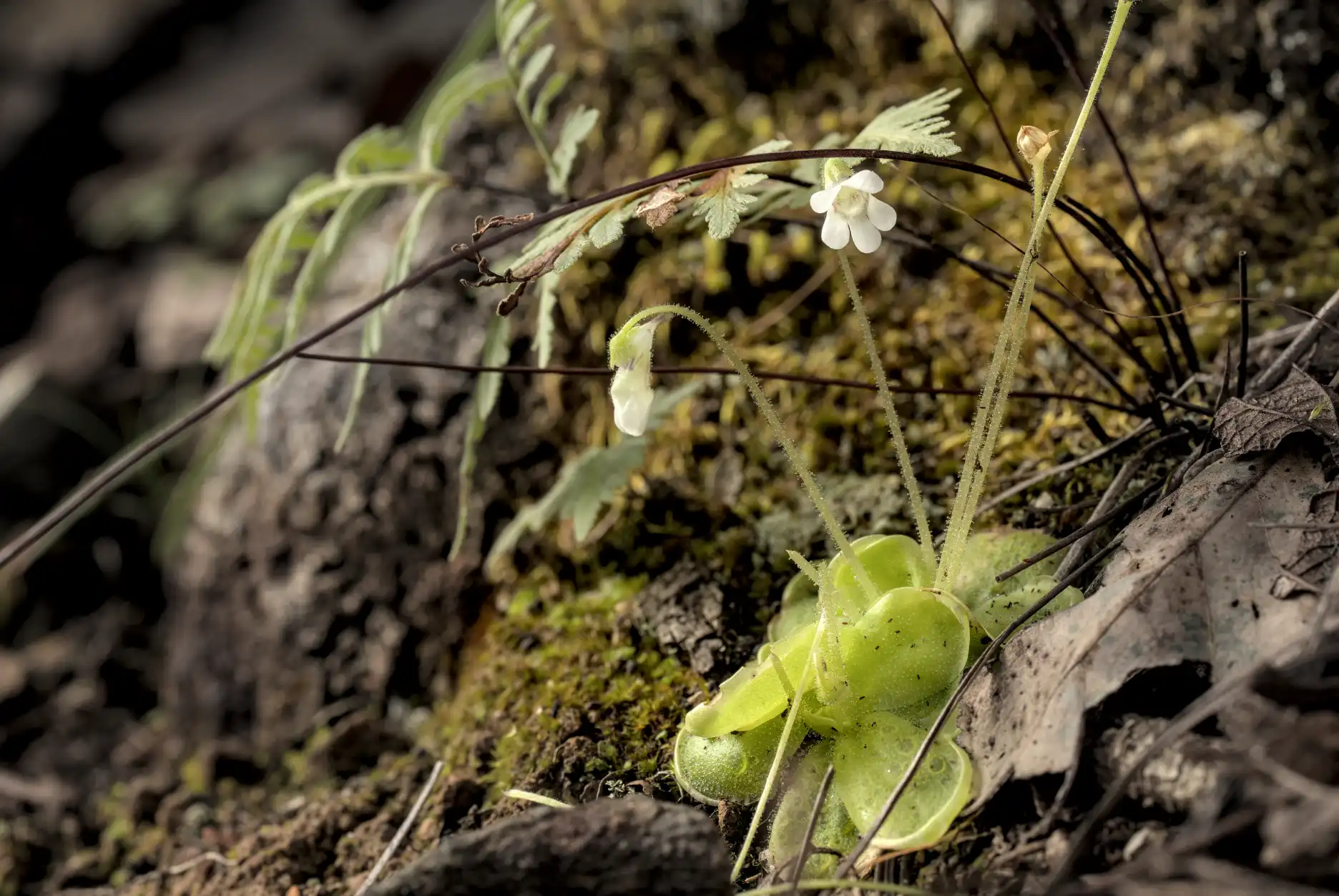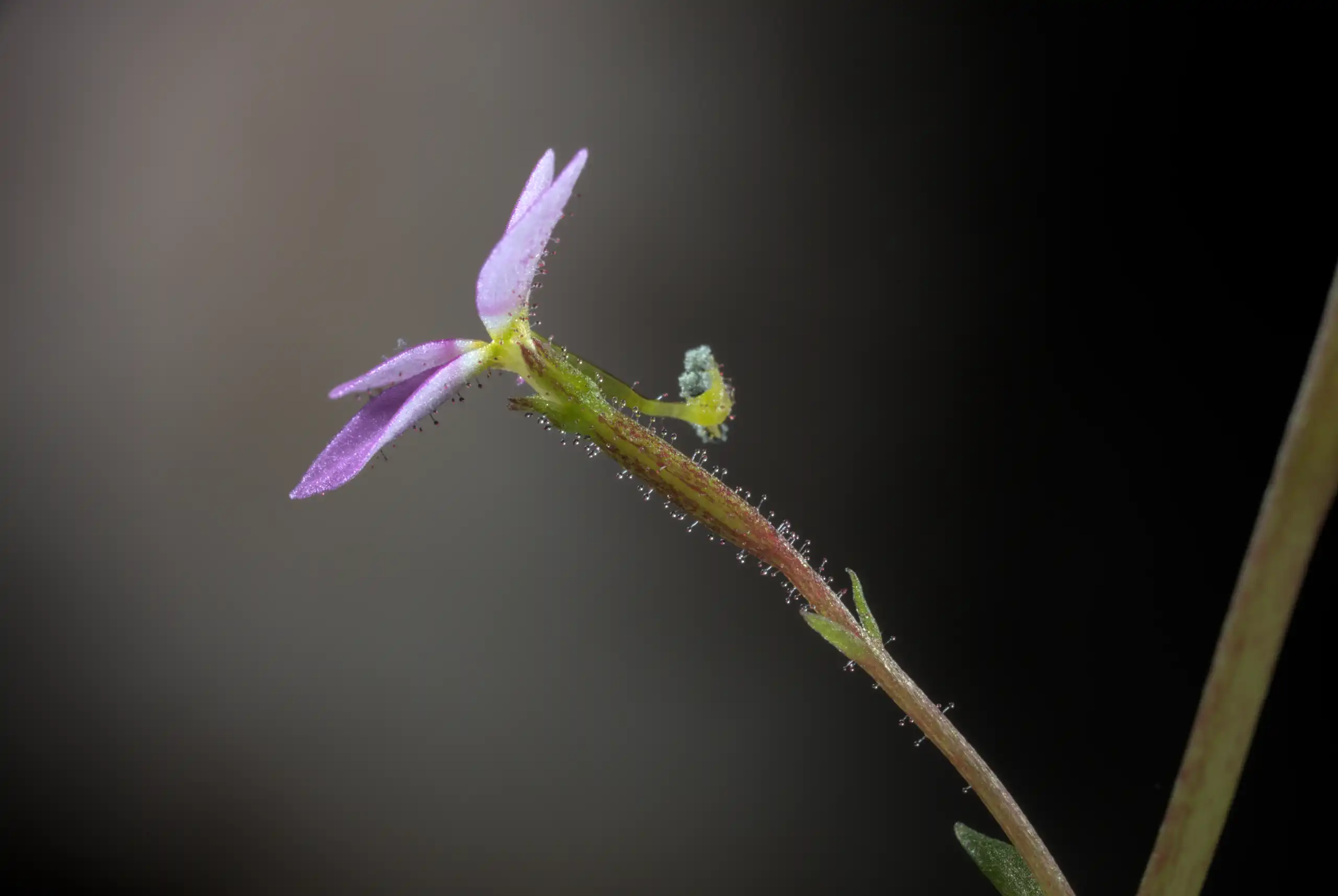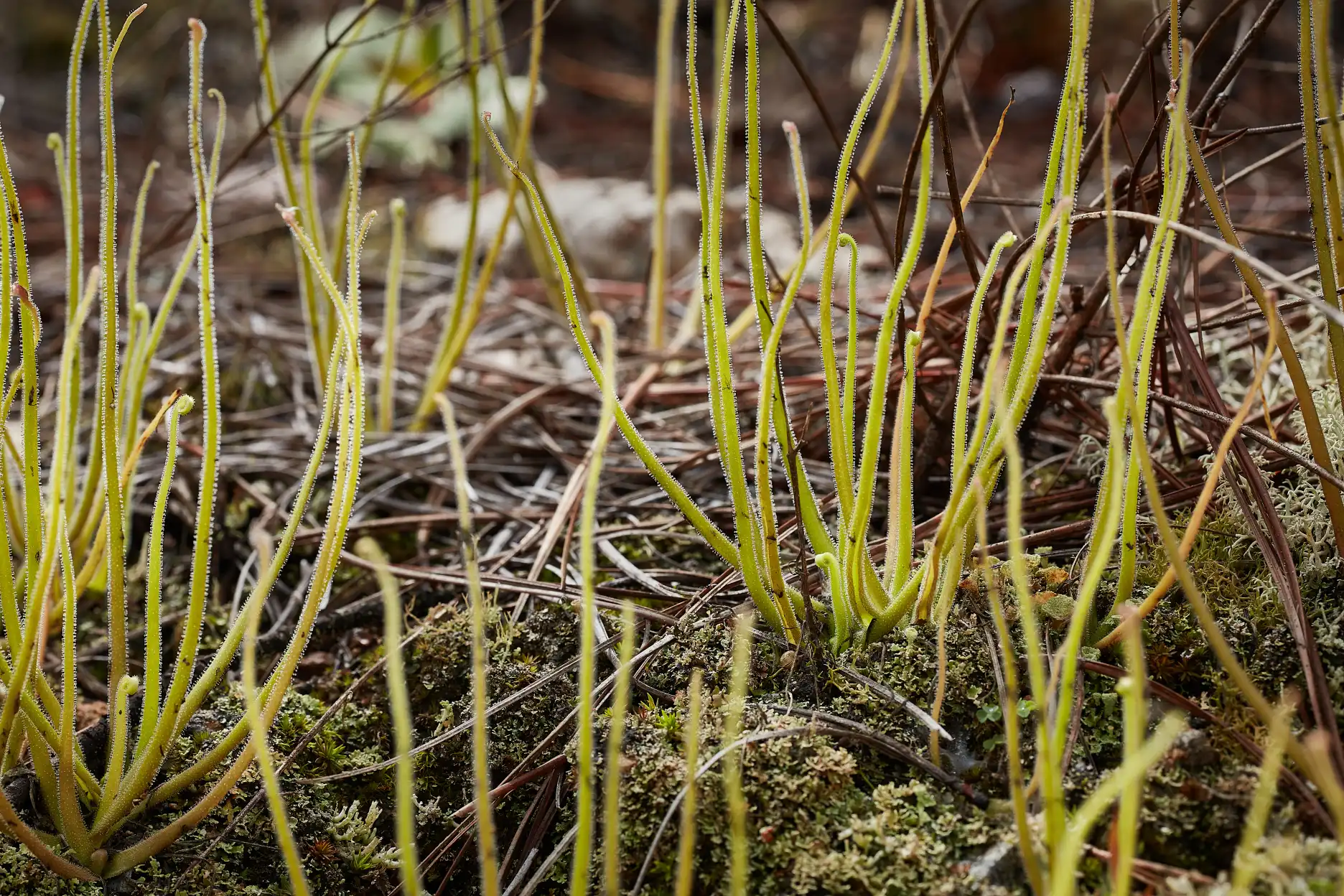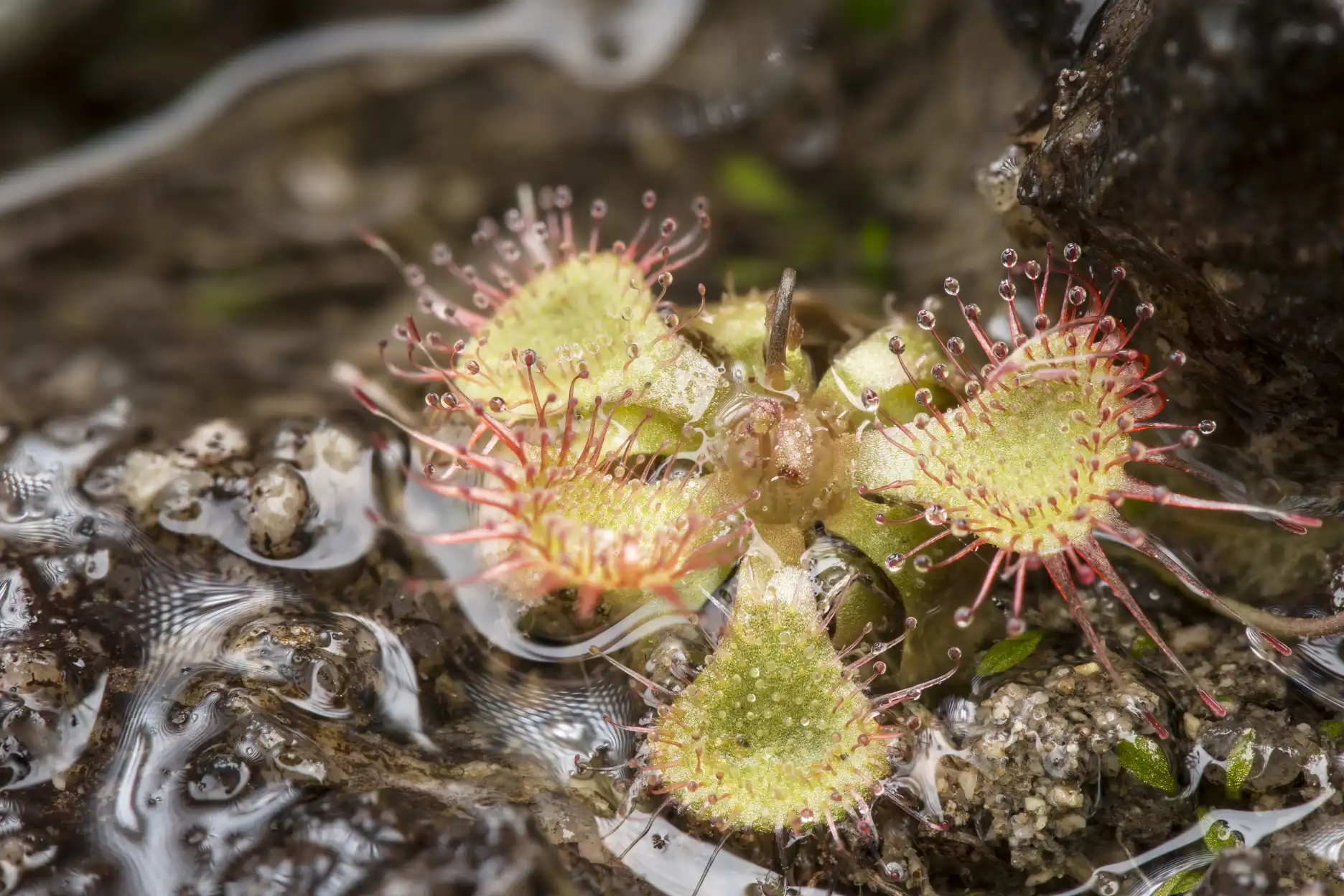Carnivorous Plants at Phu Kradueng
Far away and long ago, in a time pre-COVID, I visited the Phu Kradueng National Park in northern Thailand.
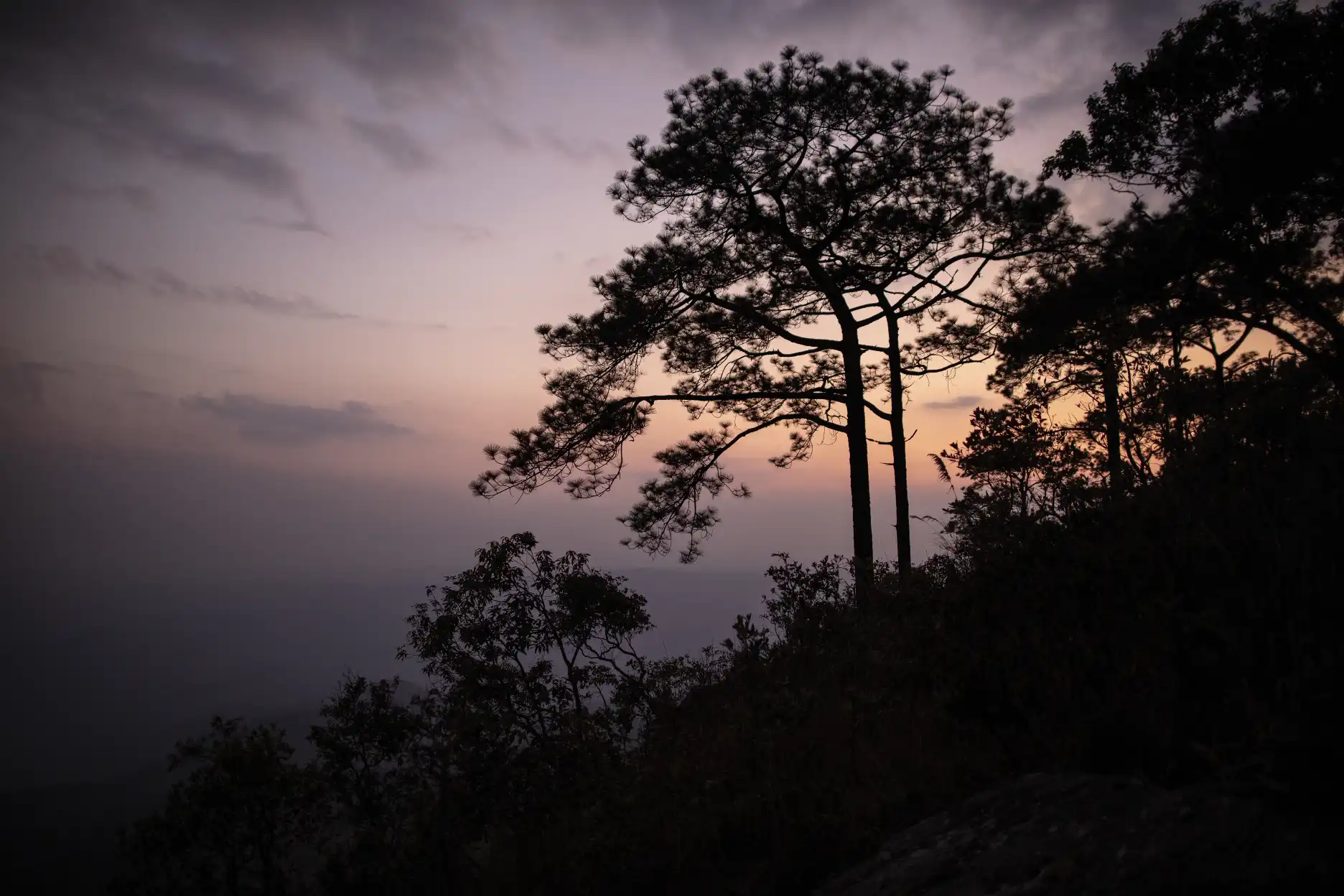
The park is home to a number of carnivorous plants. I observed Nepenthes smilesii, Drosera burmannii, Utricularia hirta, U. graminifolia, U. bifida, and U. caerulea.
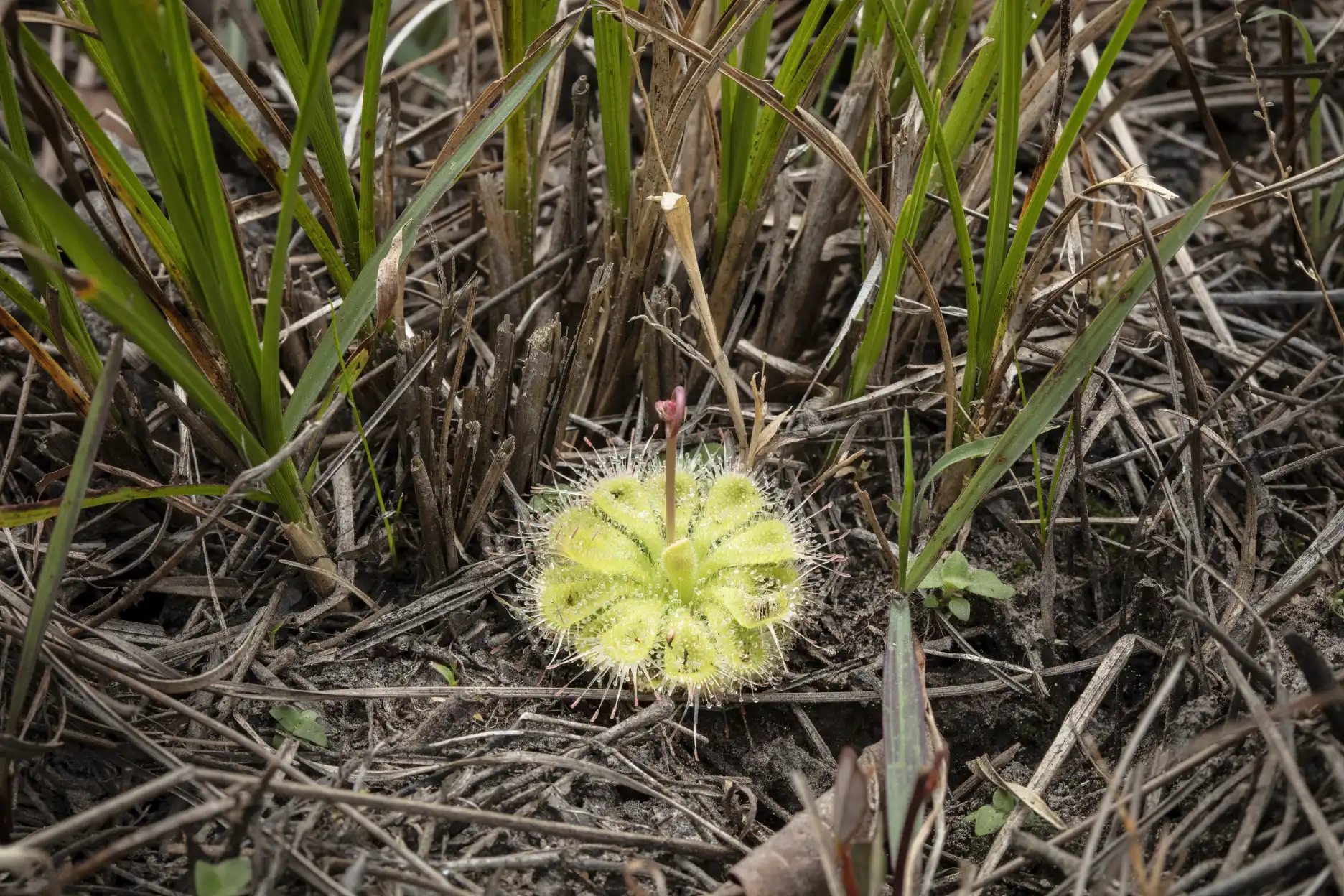
Drosera burmannii is a plant that I have seen before and cultivated extensively, but it remains exciting.
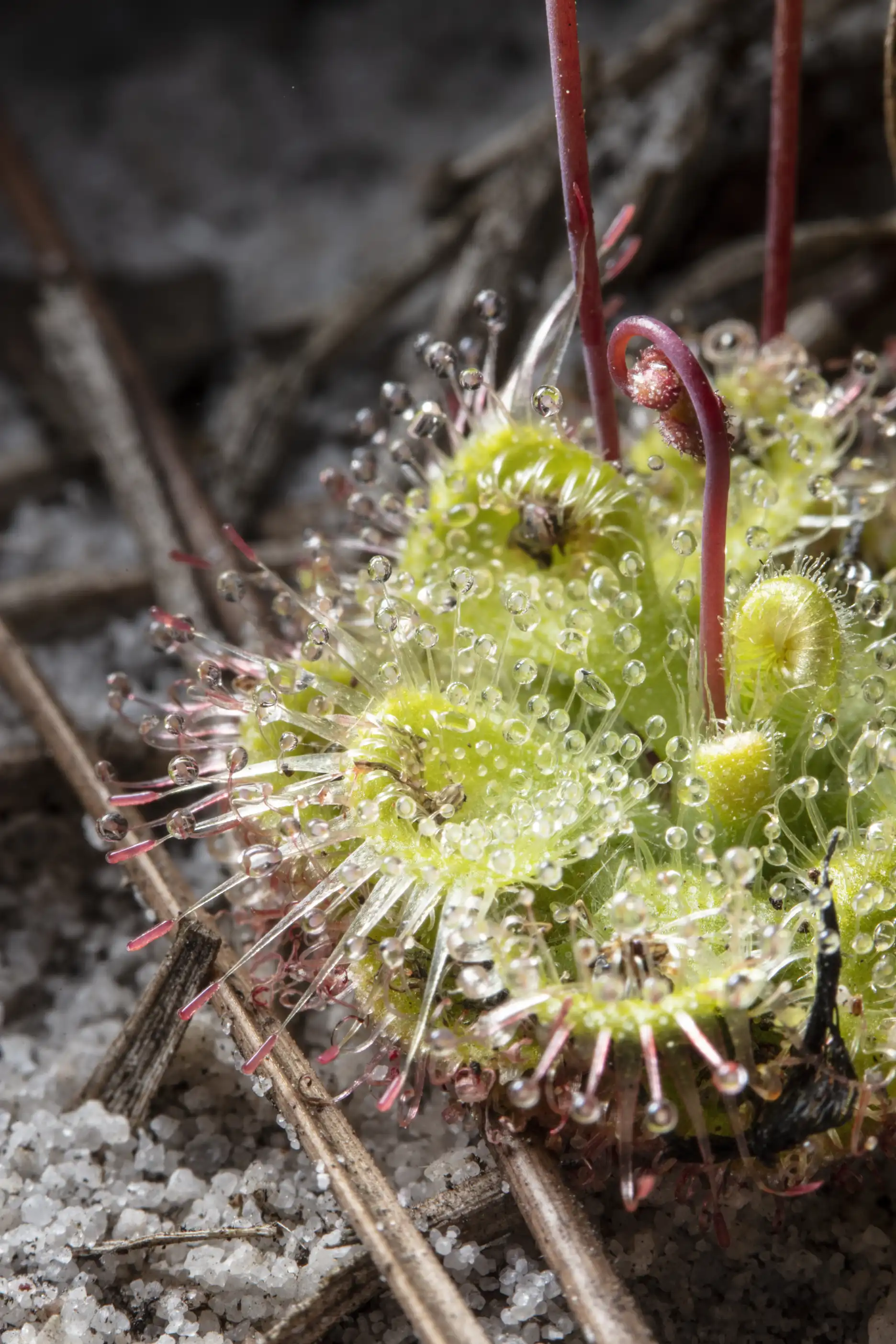
The plant is clearly effective at attracting and trapping insects. Those long, articulate outer tentacles move remarkably fast and the other, slower tentacles are tipped with such a wonderful abundance of goo.
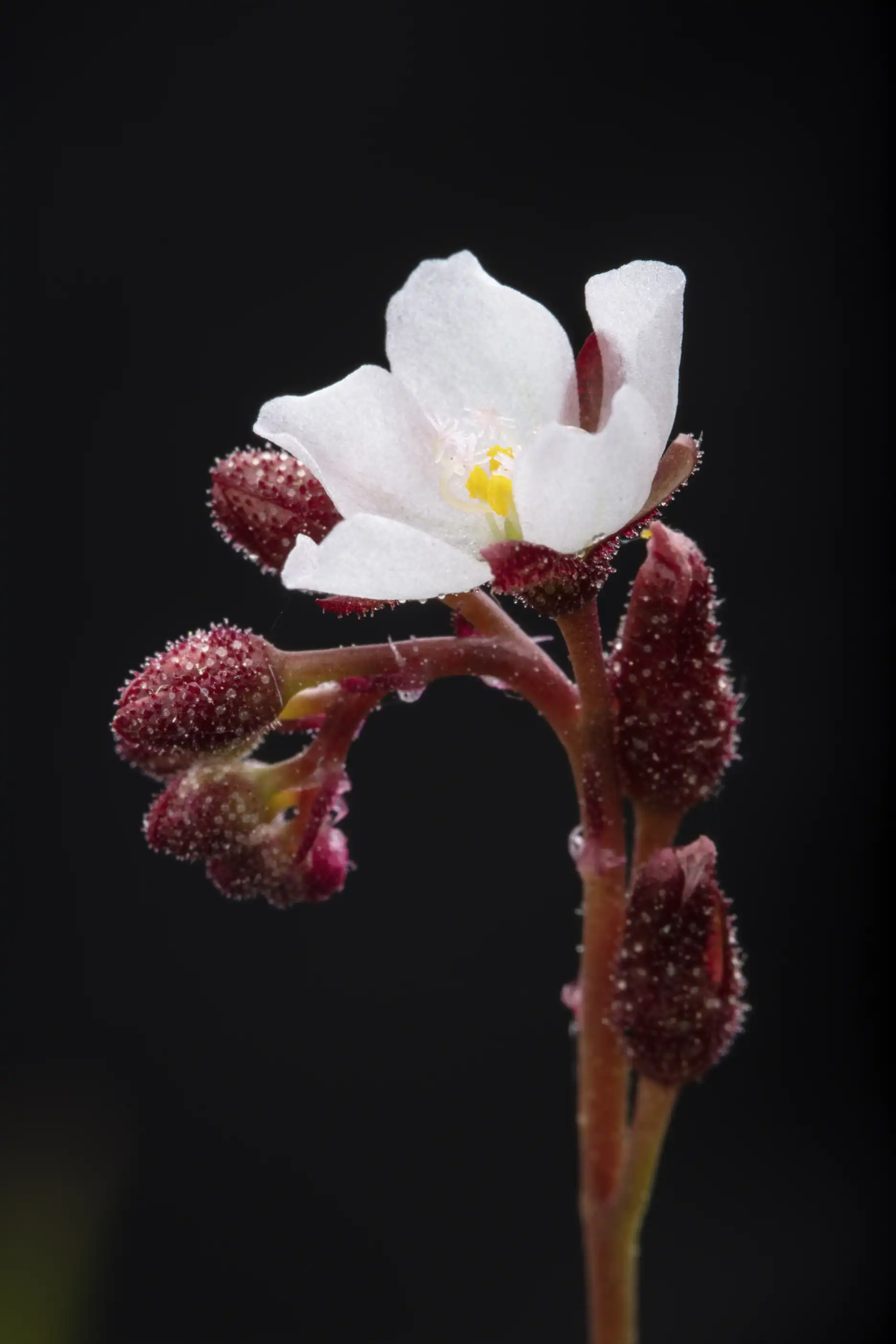
Drosera burmannii flowers are highly light sensitive. To photograph one open, I had to work while the sun was out, then set up the camera first before setting a light or other photographic implement in a place that might block the sun. Working in the opposite order tended to result in the flowers closing before I had made a picture.
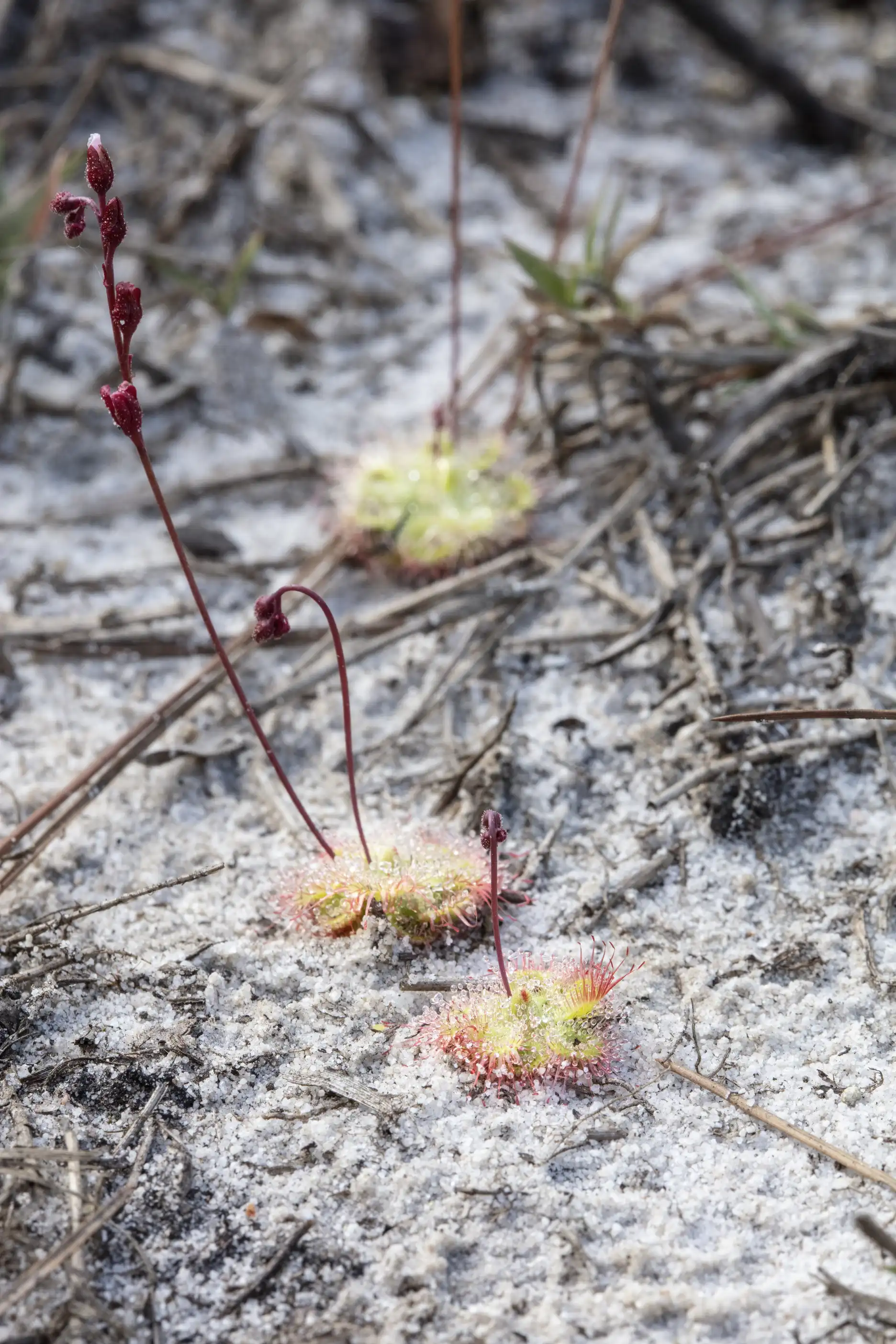
Many of the Drosera burmannii at Phu Kradueng grow in sand.
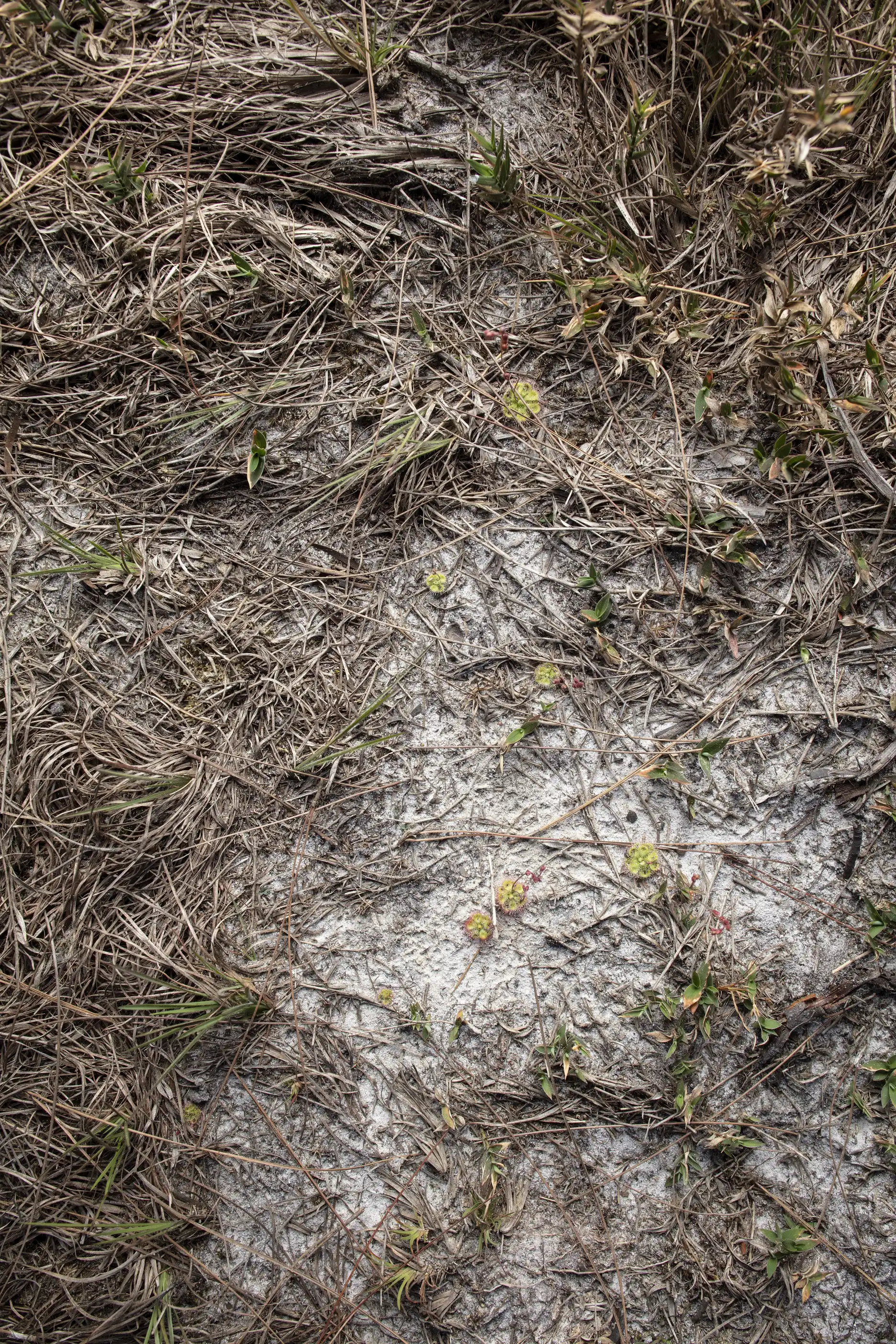
It is tempting to describe the habitat as sandy, but that is a bit like describing a tornado as windy.
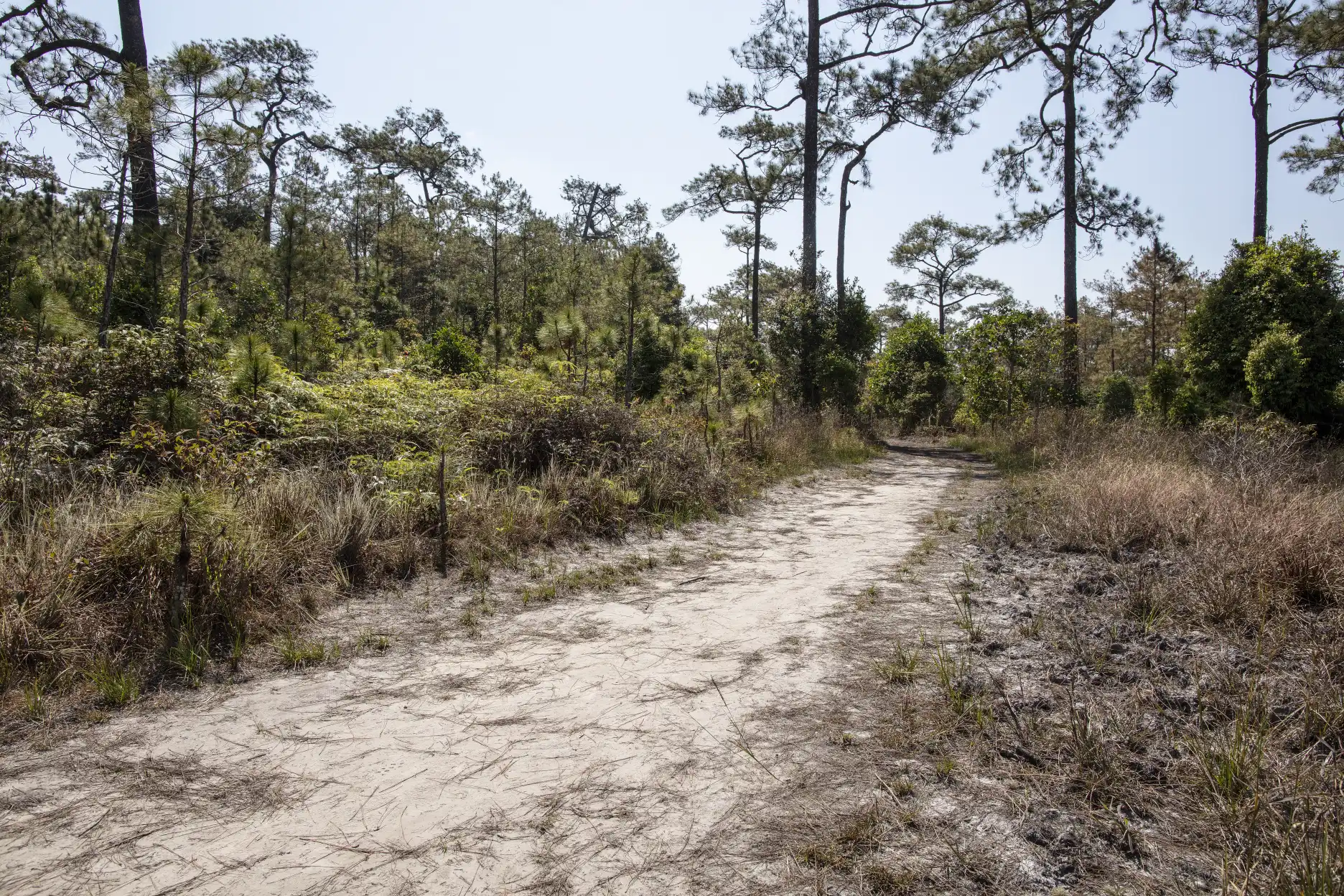
Many of the plants were growing on the side of trails.
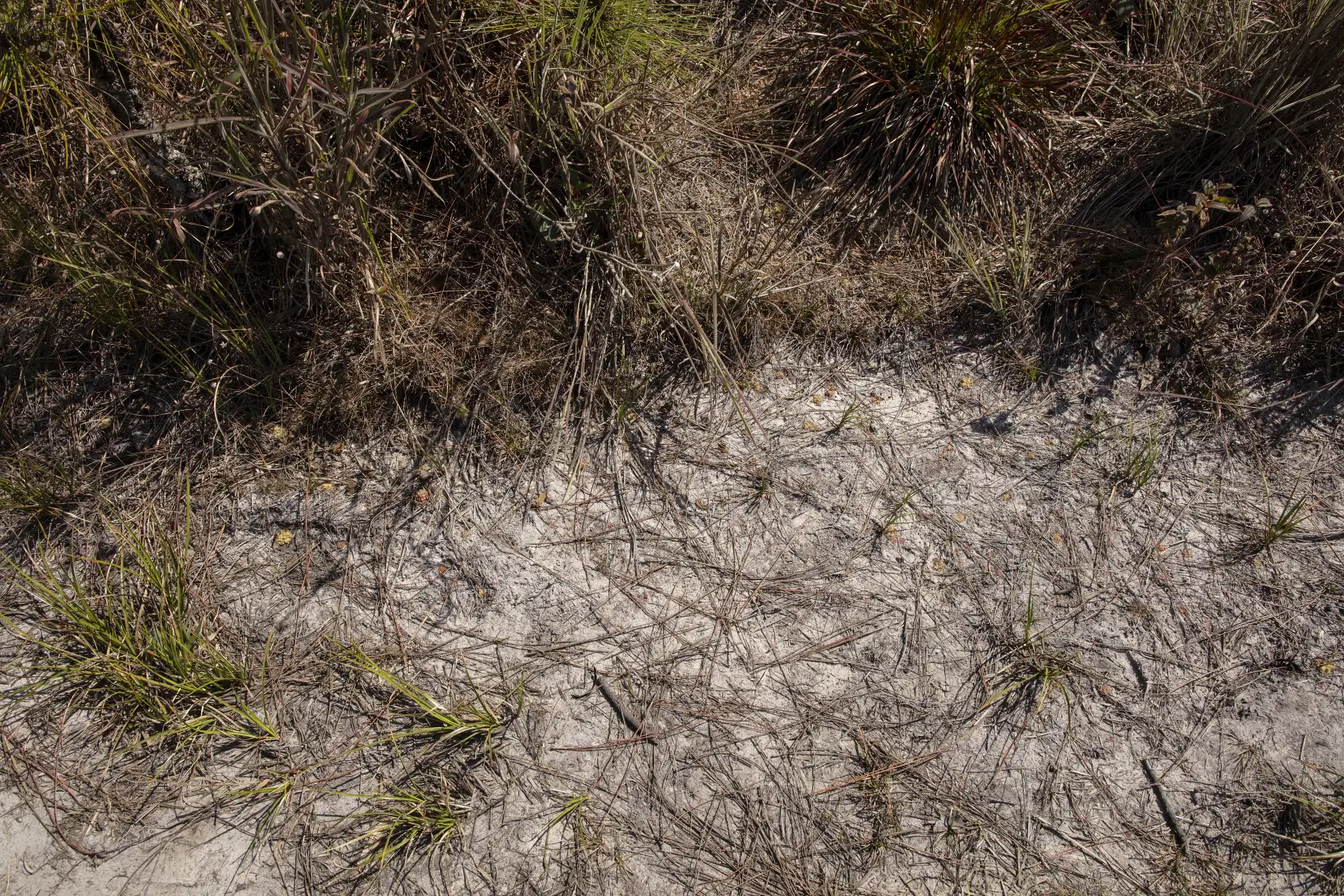
I sometimes feel under-ambitious when photographing plants that border trails. In this case, there weren’t many places where it was possible to find Drosera burmannii that weren’t practically underfoot.
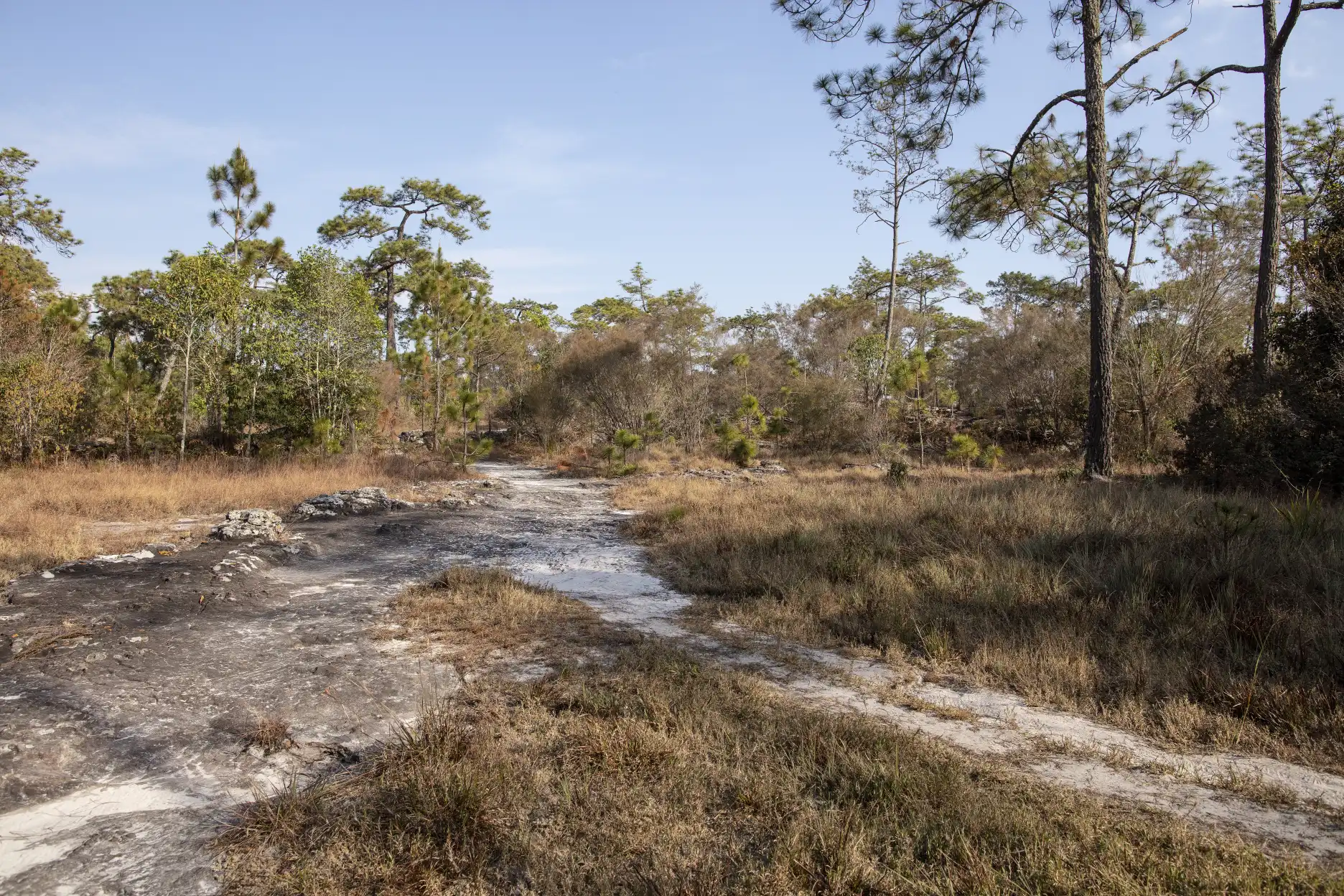
This was one of the larger areas I encountered with Drosera burmannii.
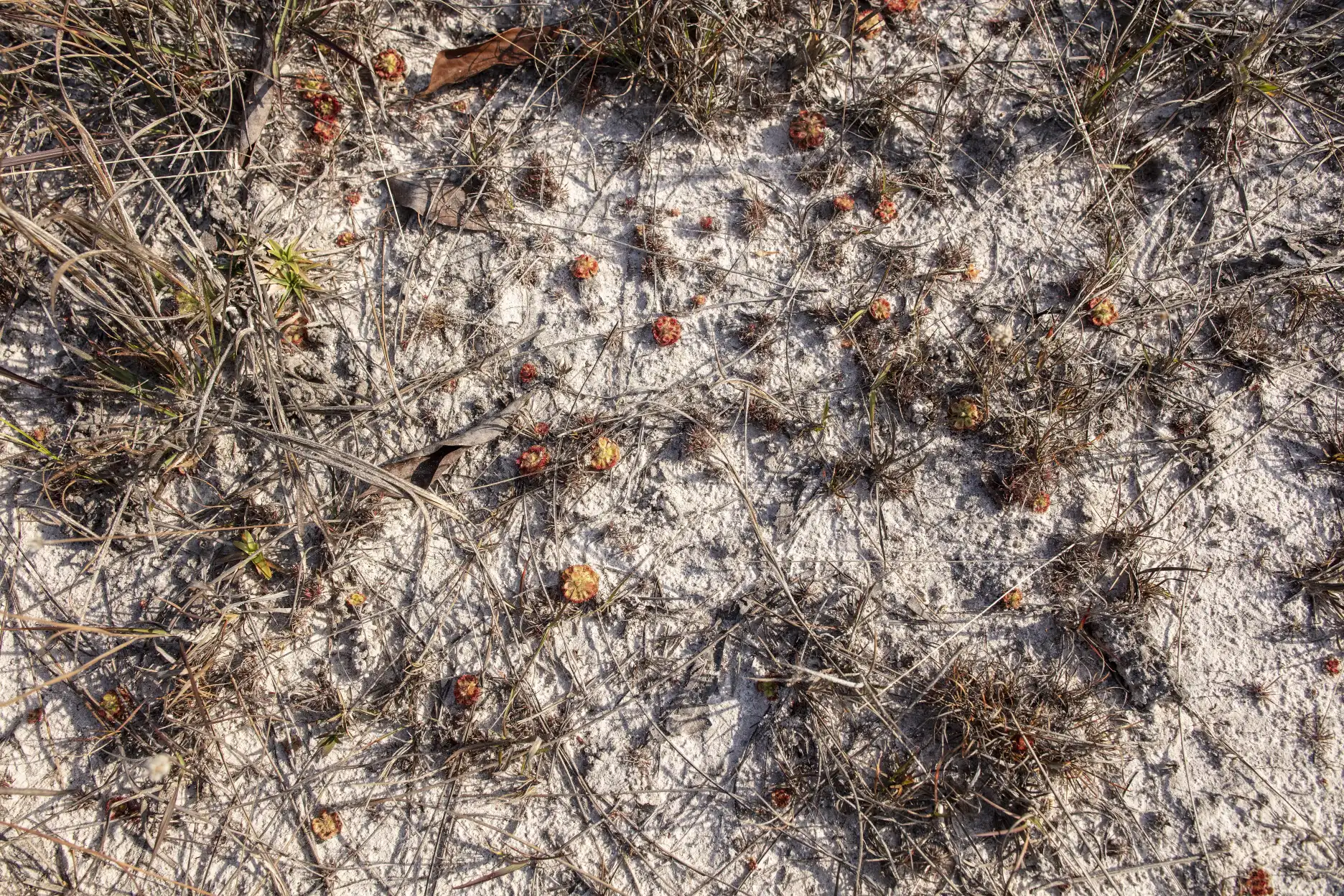
As in other areas, it was challenging to find plants that didn’t look a bit desiccated.
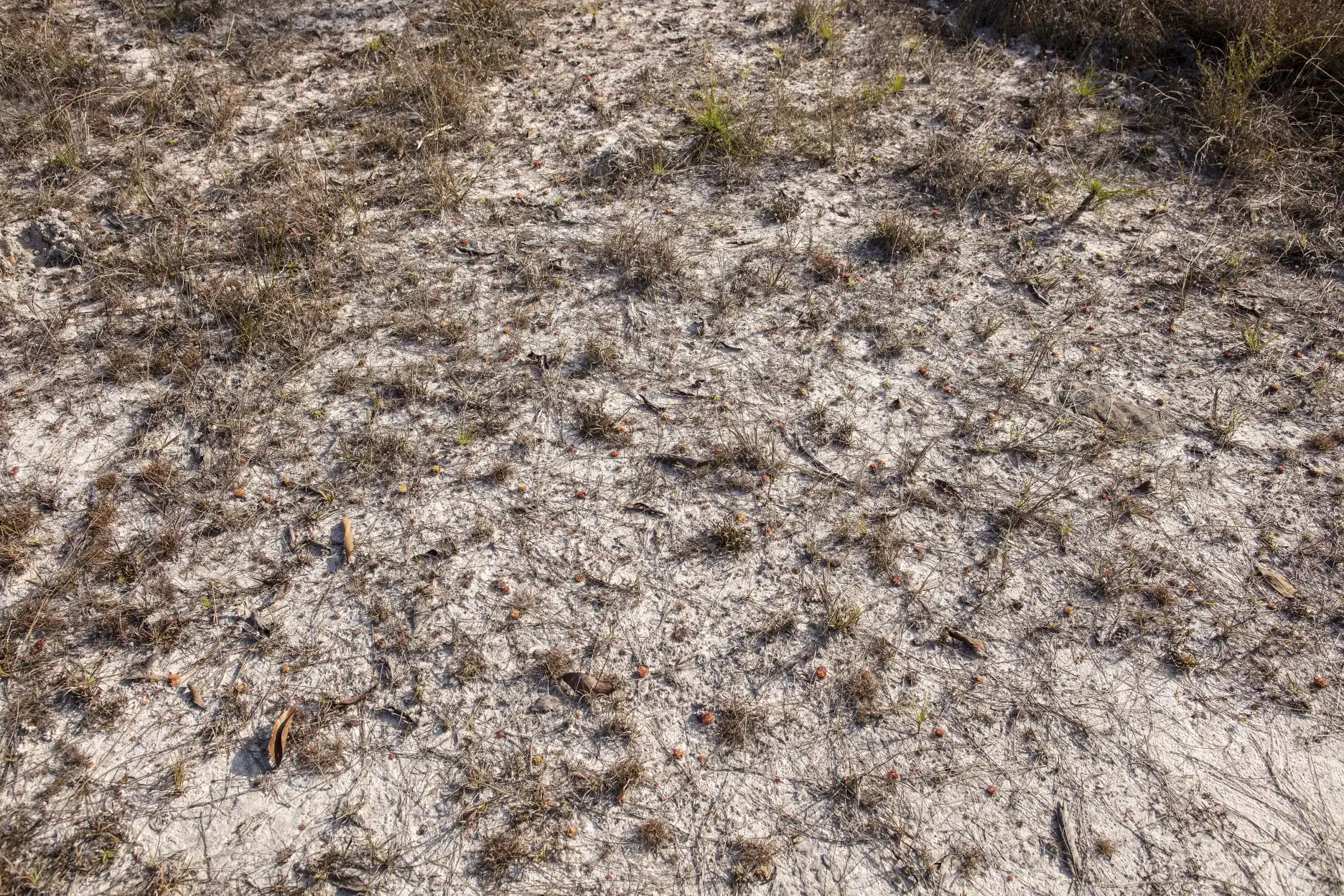
There were lots of them though.
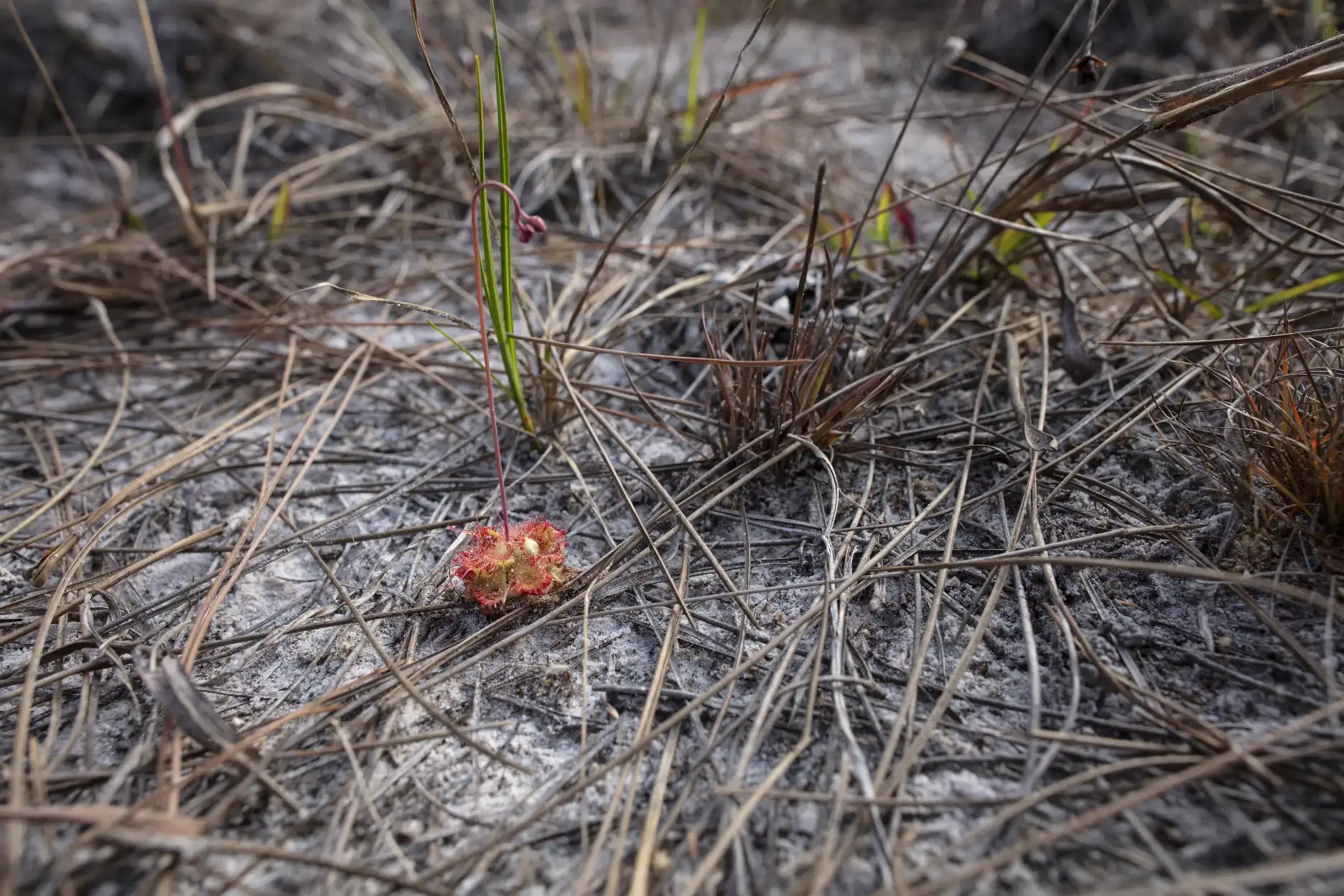
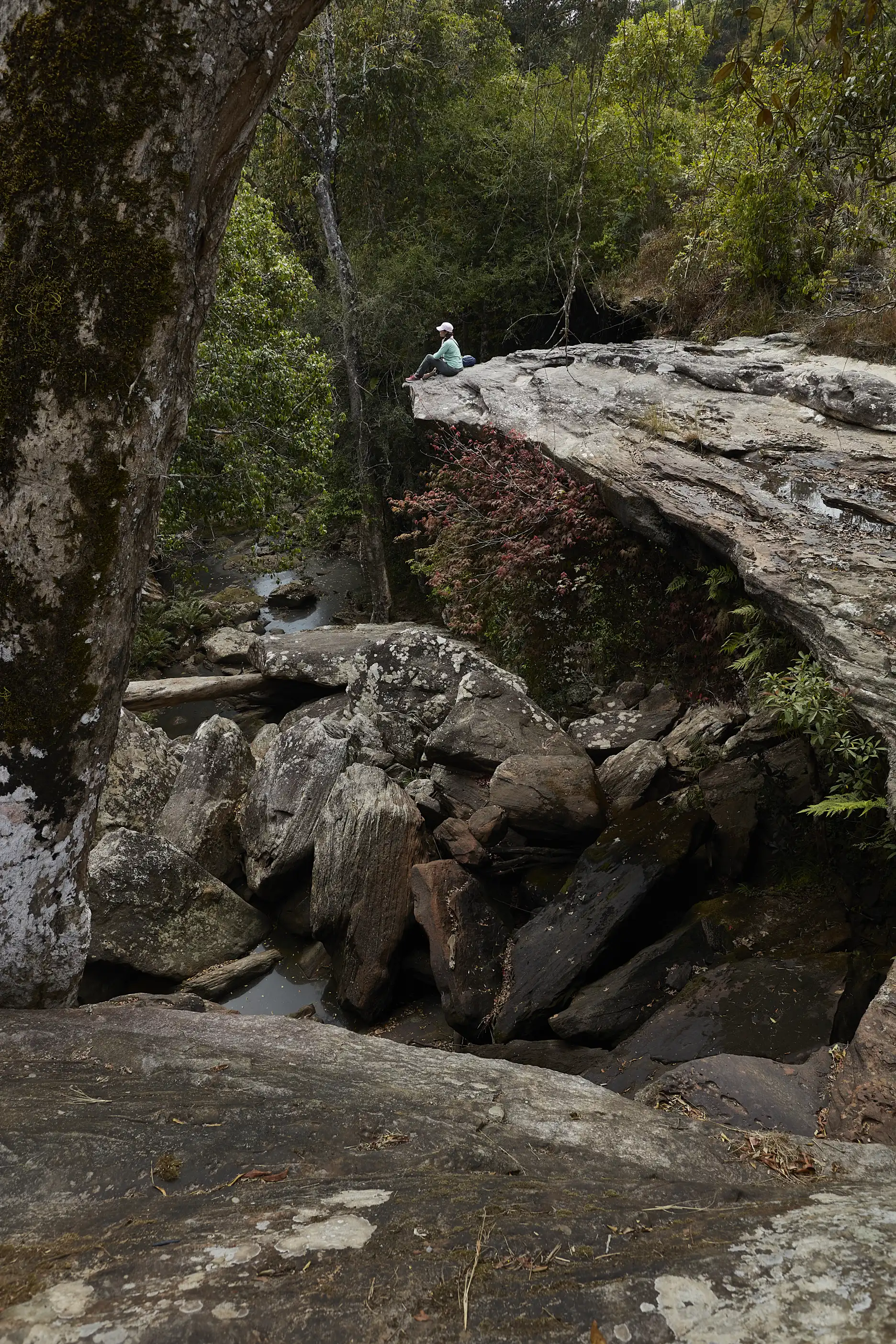
I encountered Utricularia graminifolia at a few places in the park. This spot is a ways upstream from one of them.
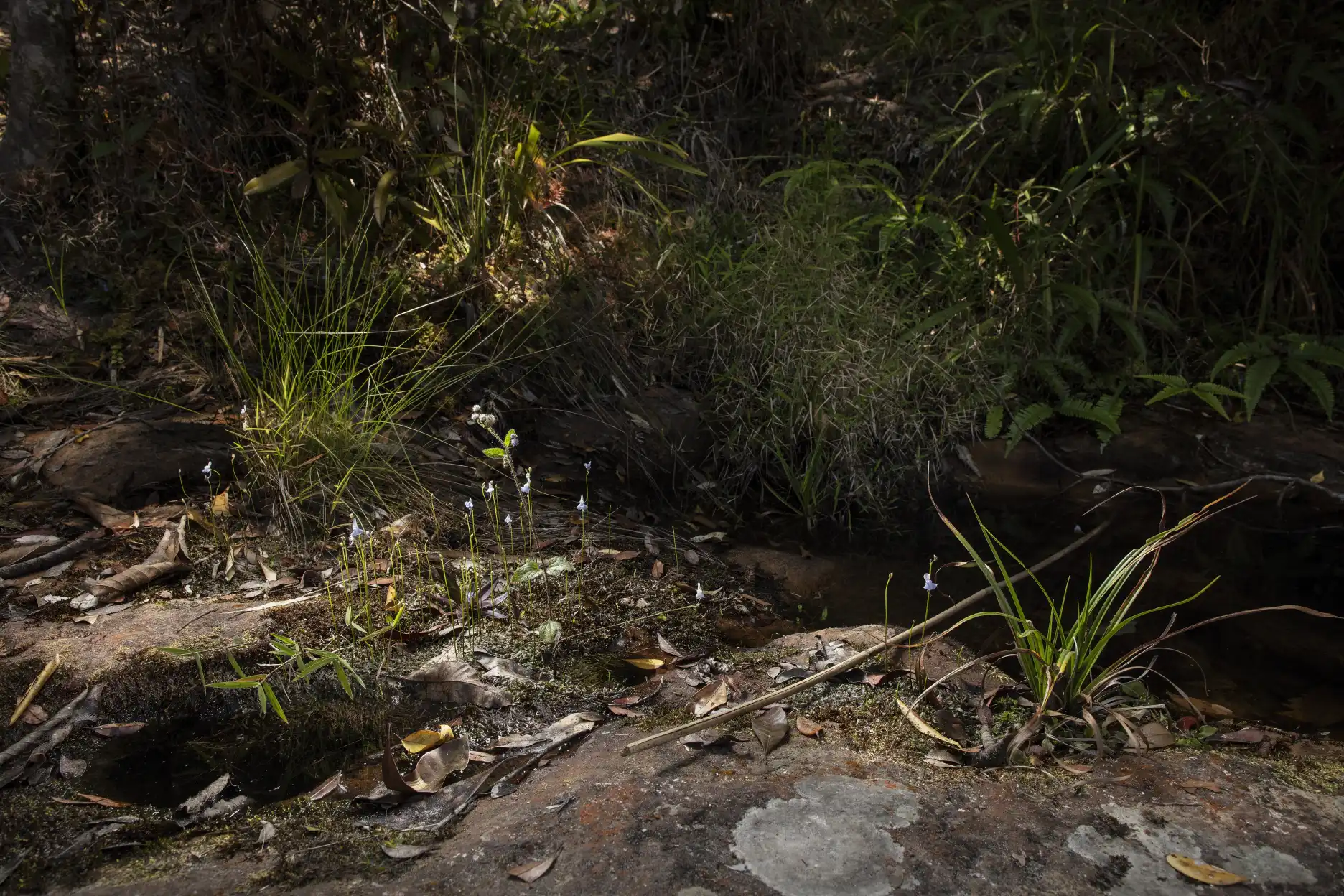
The huge rocks that compose the riverbed have many worn depressions. The plants were growing in and around a few of them at a point where a very small seep entered.
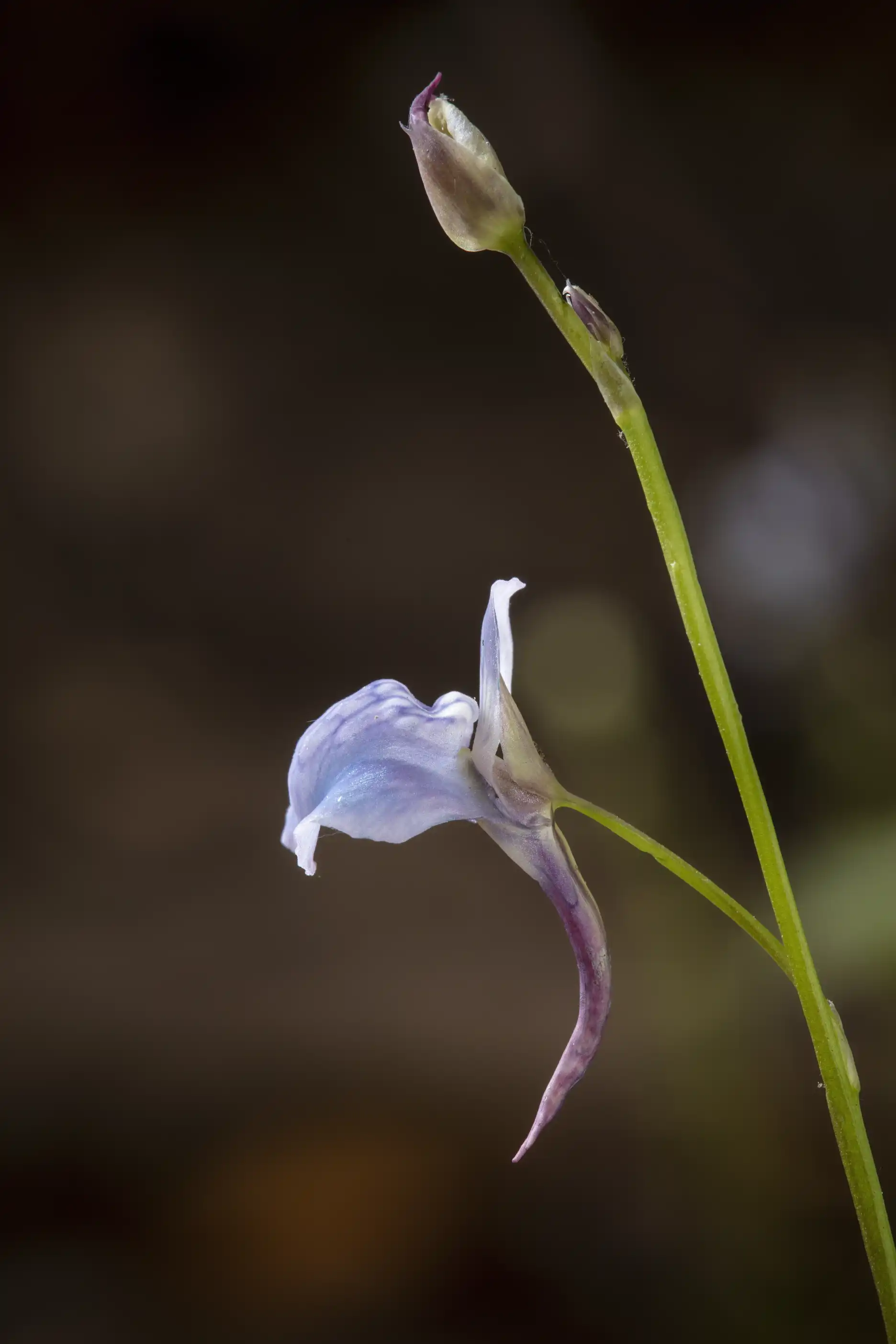
The flowers are the image of elegance.
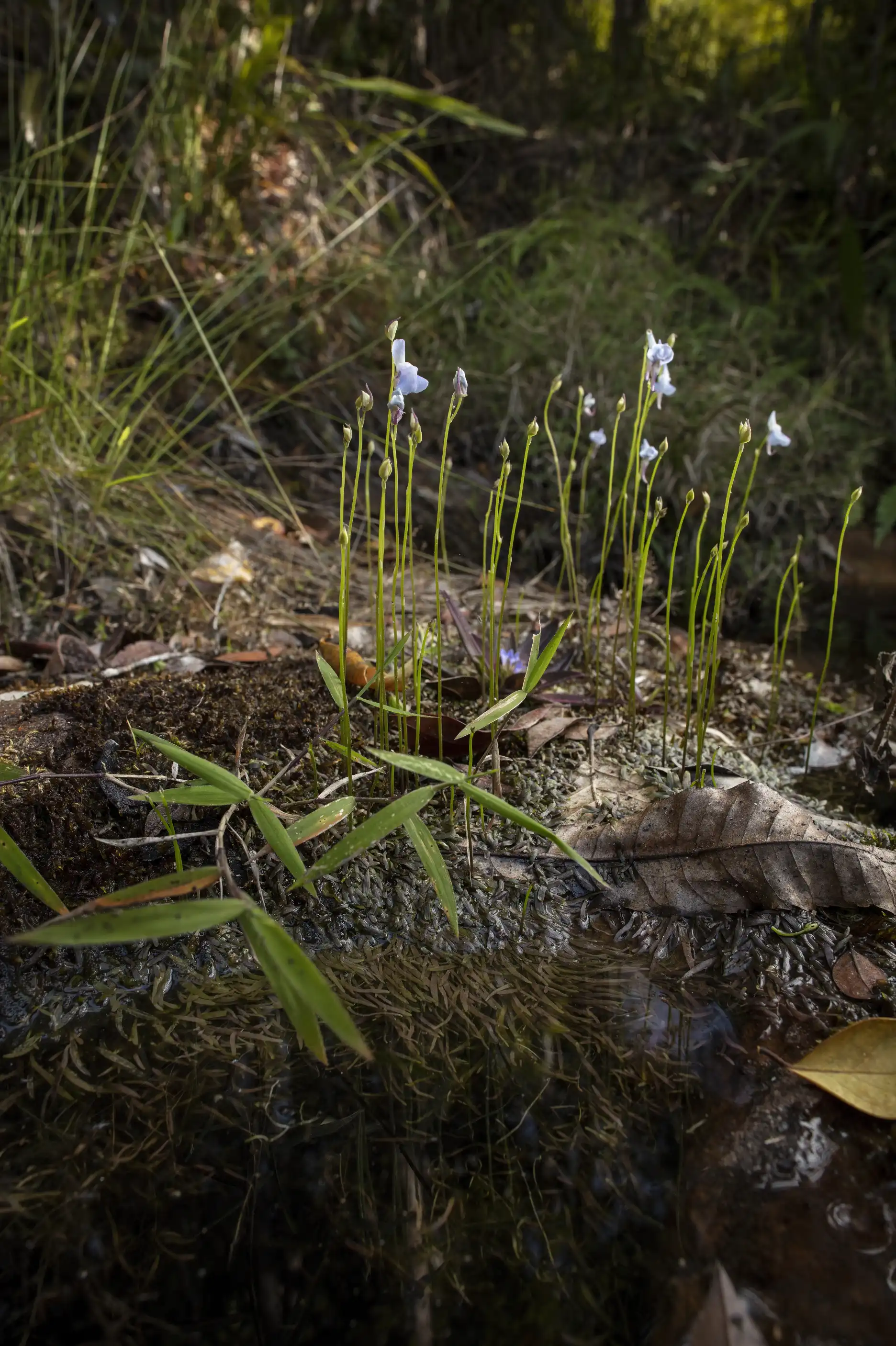
Doesn’t that look much better than seeing Utricularia growing in plastic 5cm pots under the hum of artificial lights?
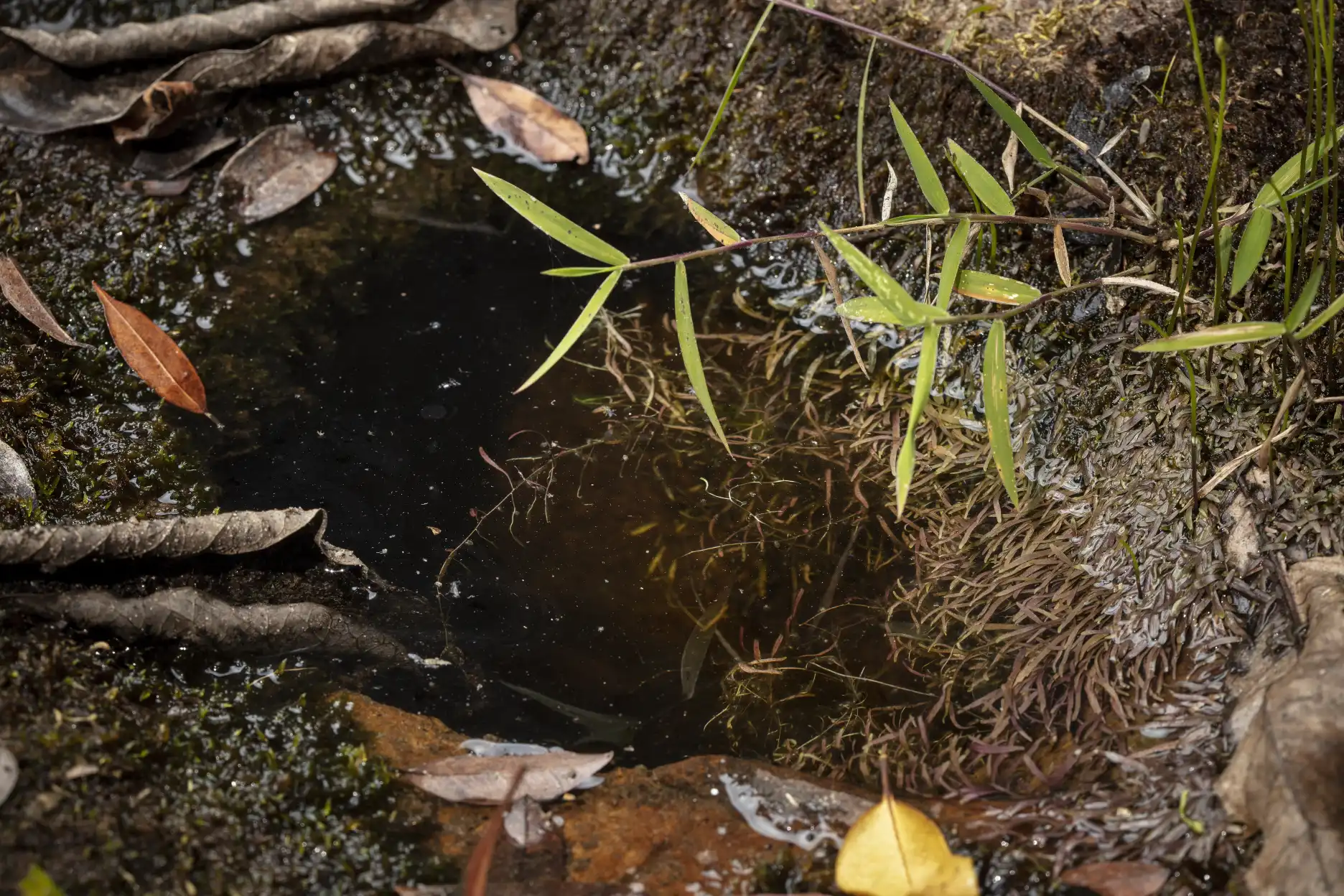
The Utricularia graminifolia stolons also extended into the water.
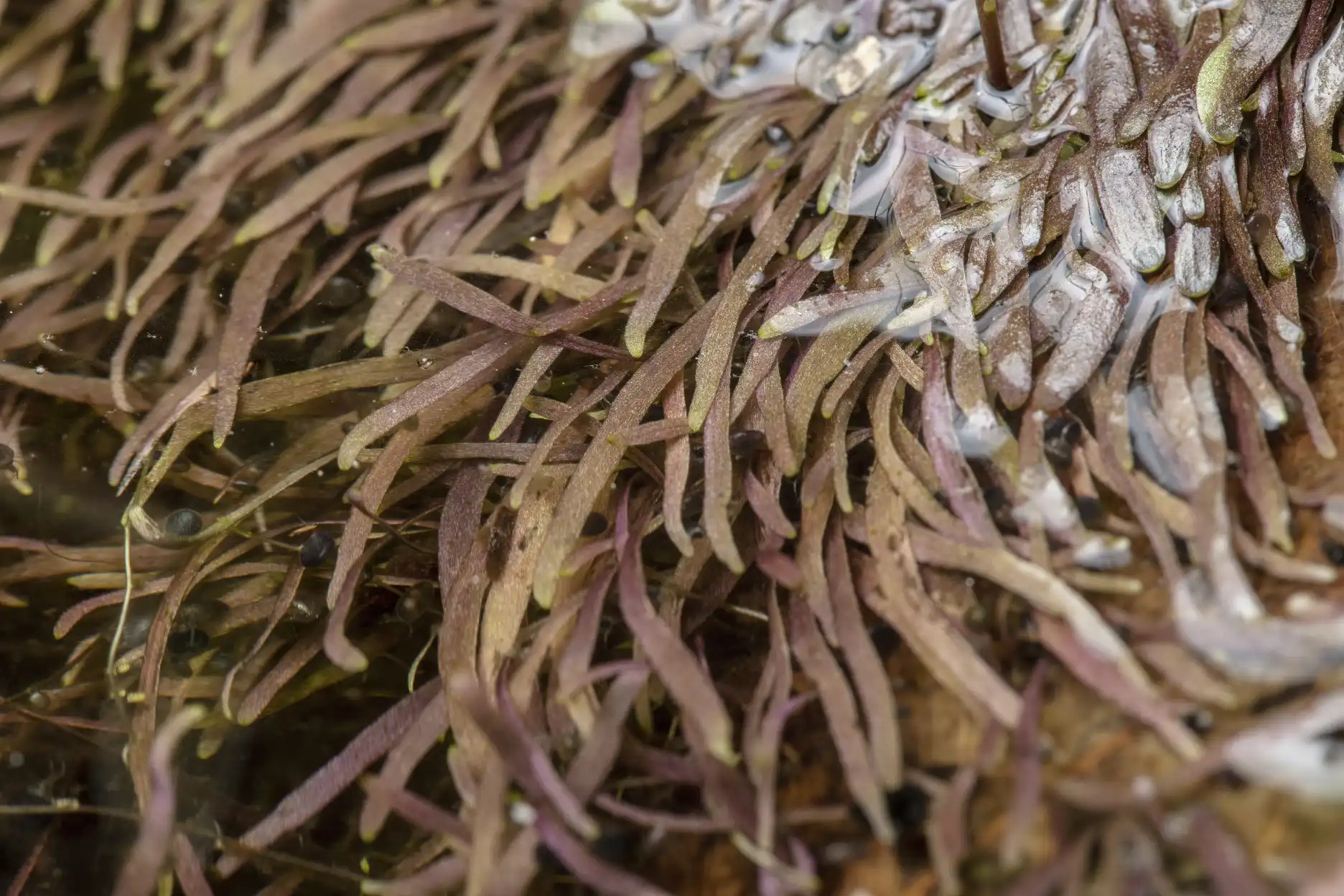
Traps were also visible.
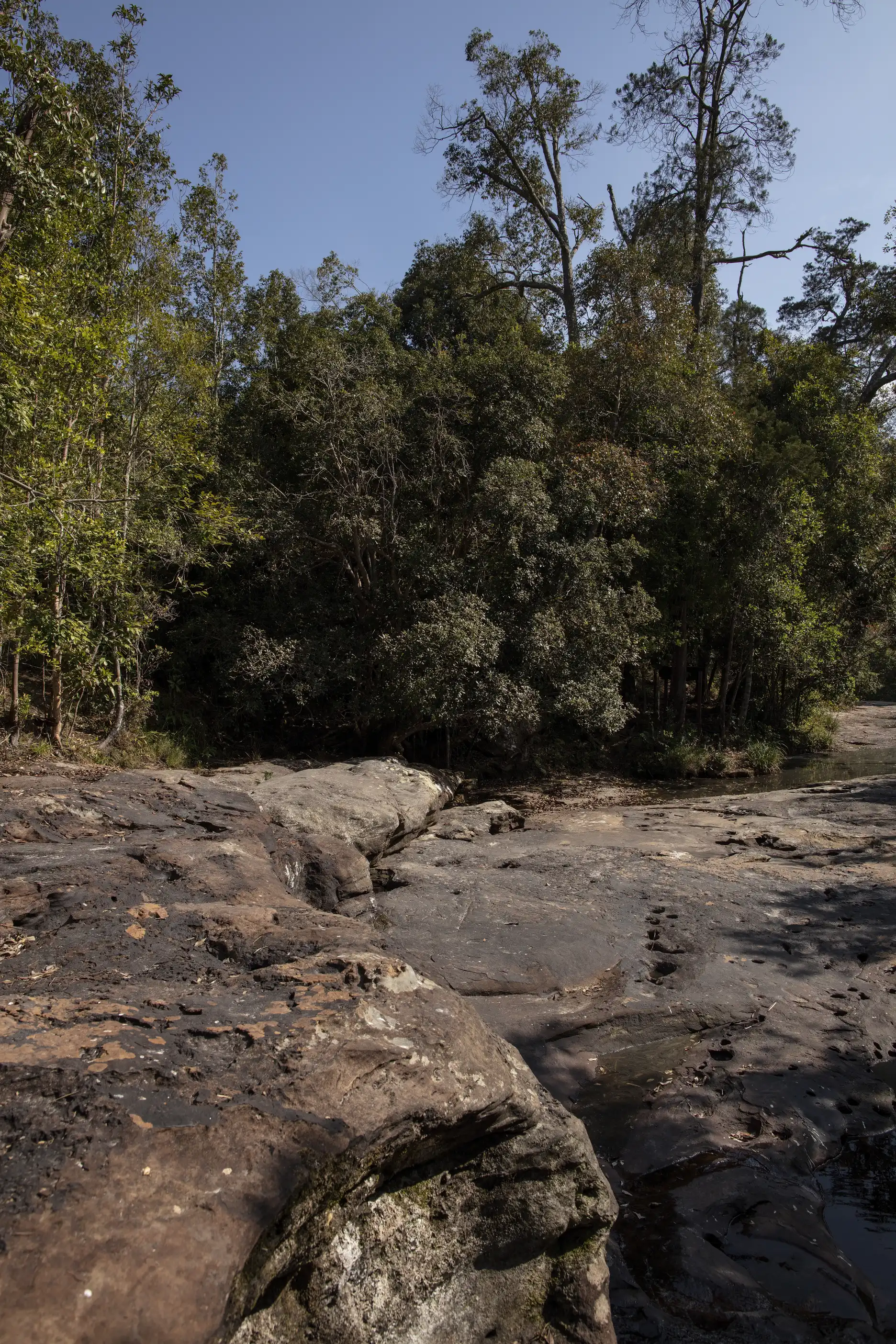
Here is a wide view of that Utricularia graminifolia location for context.
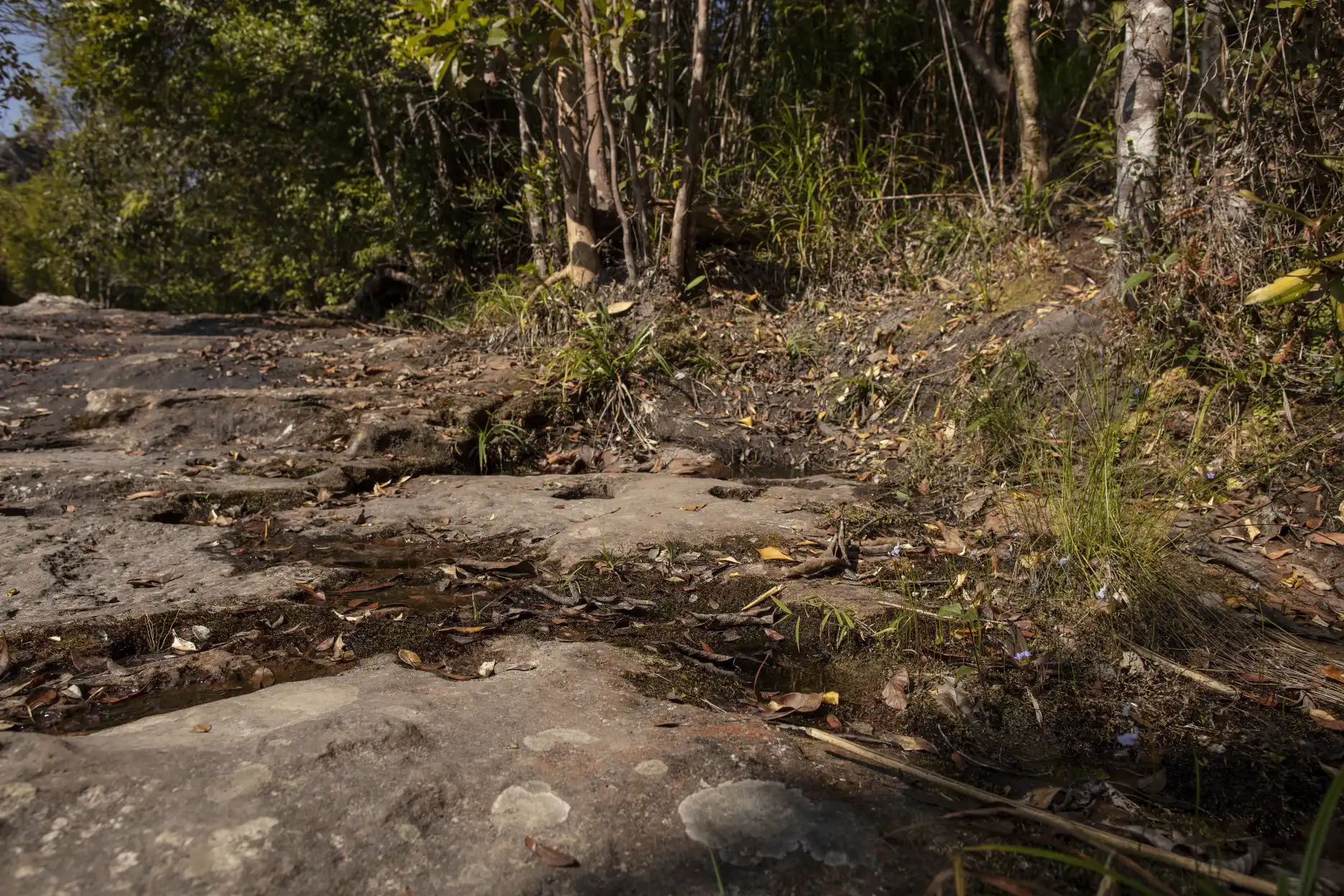
The plants are visible on the right side of this frame.
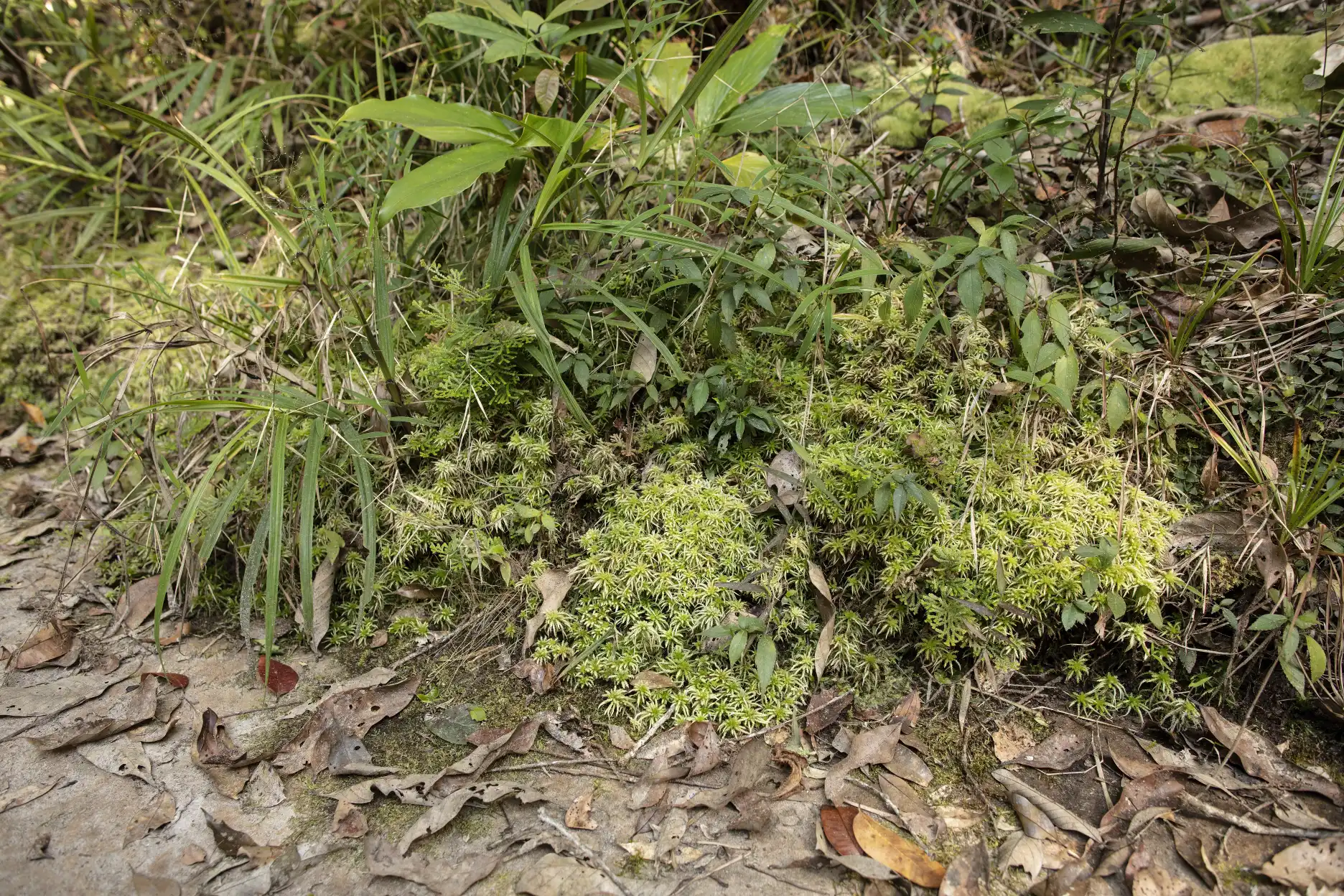
This patch of Sphagnum was growing along the same river. No carnivorous plants were obviously visible in its vicinity.
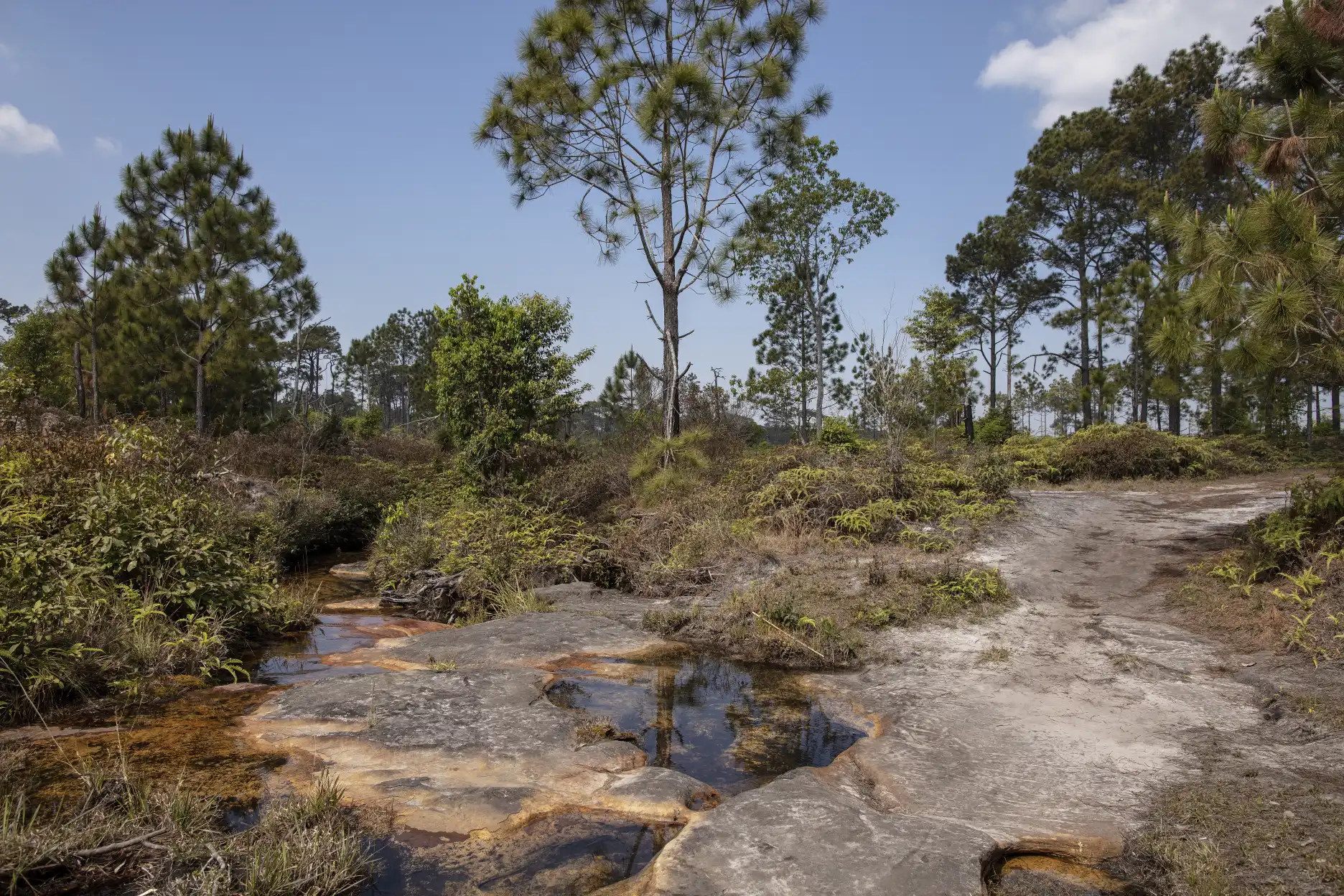
In a different part of the park, Utricularia graminifolia was also growing along this stream.
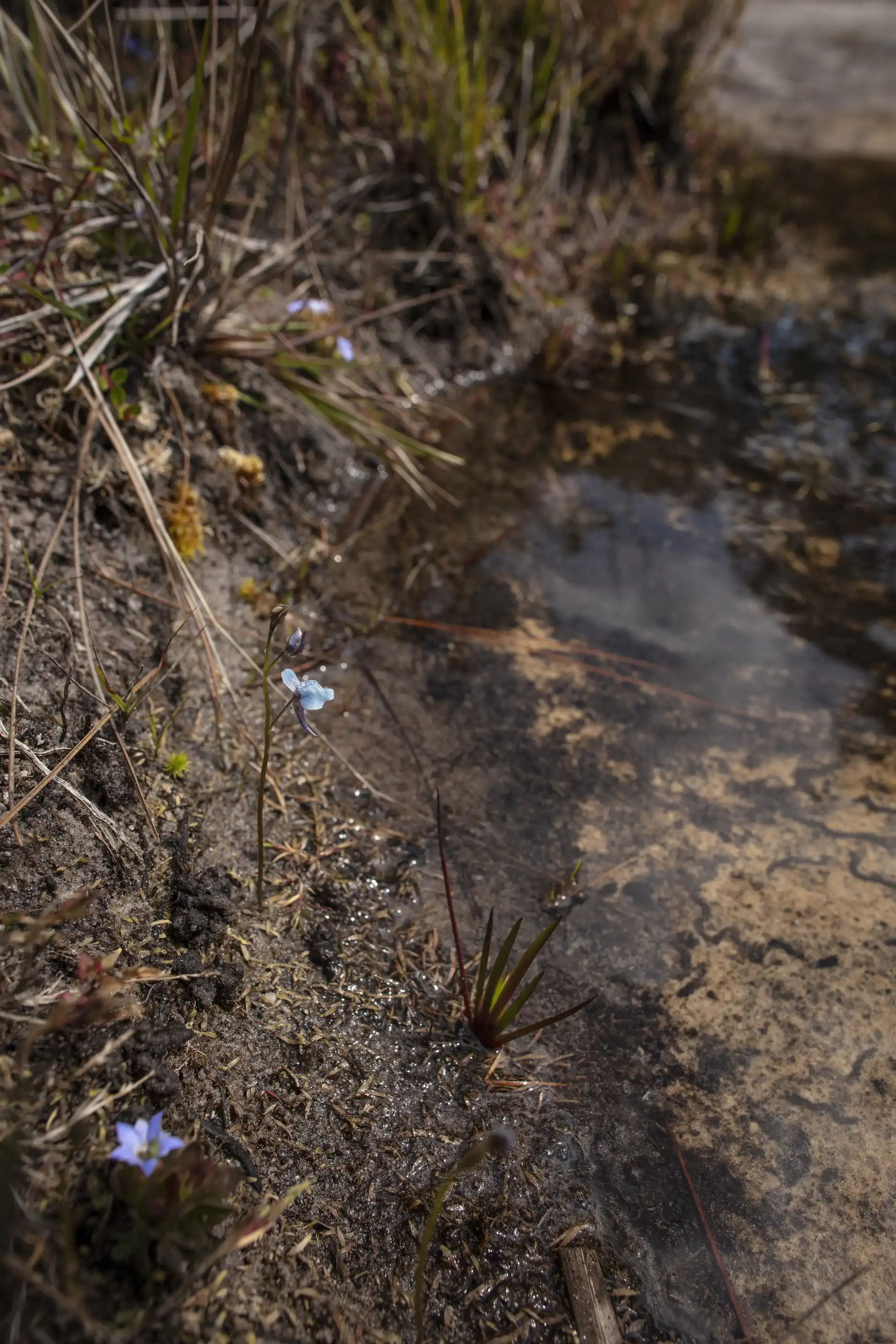
The habitat is quite similar to the other Utricularia graminifolia location, with the plants bordering pools in the rock. There was more water movement in this spot than at the other one though.
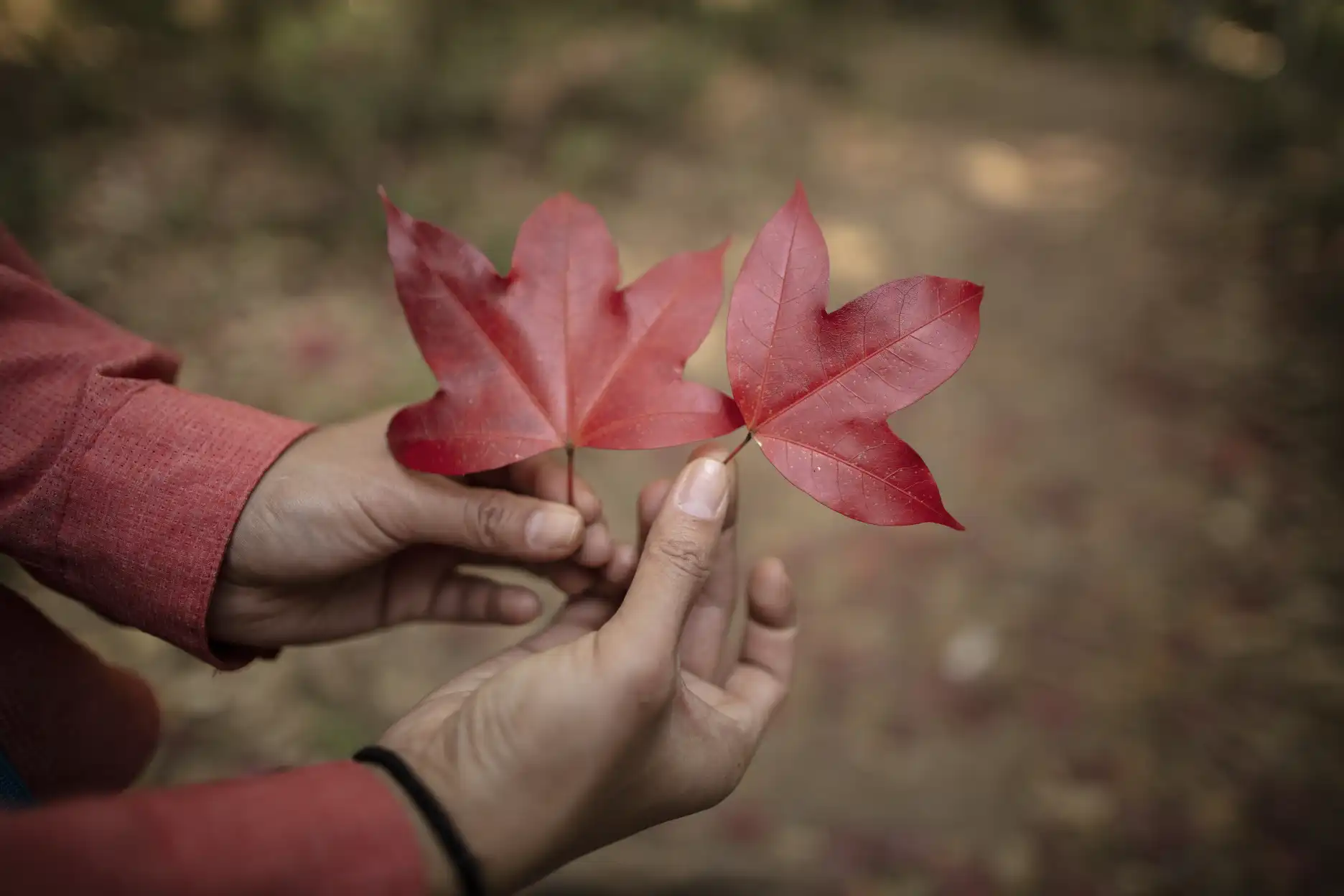
A section of a trail was embellished by a carpet of these Acer calcaratum leaves.
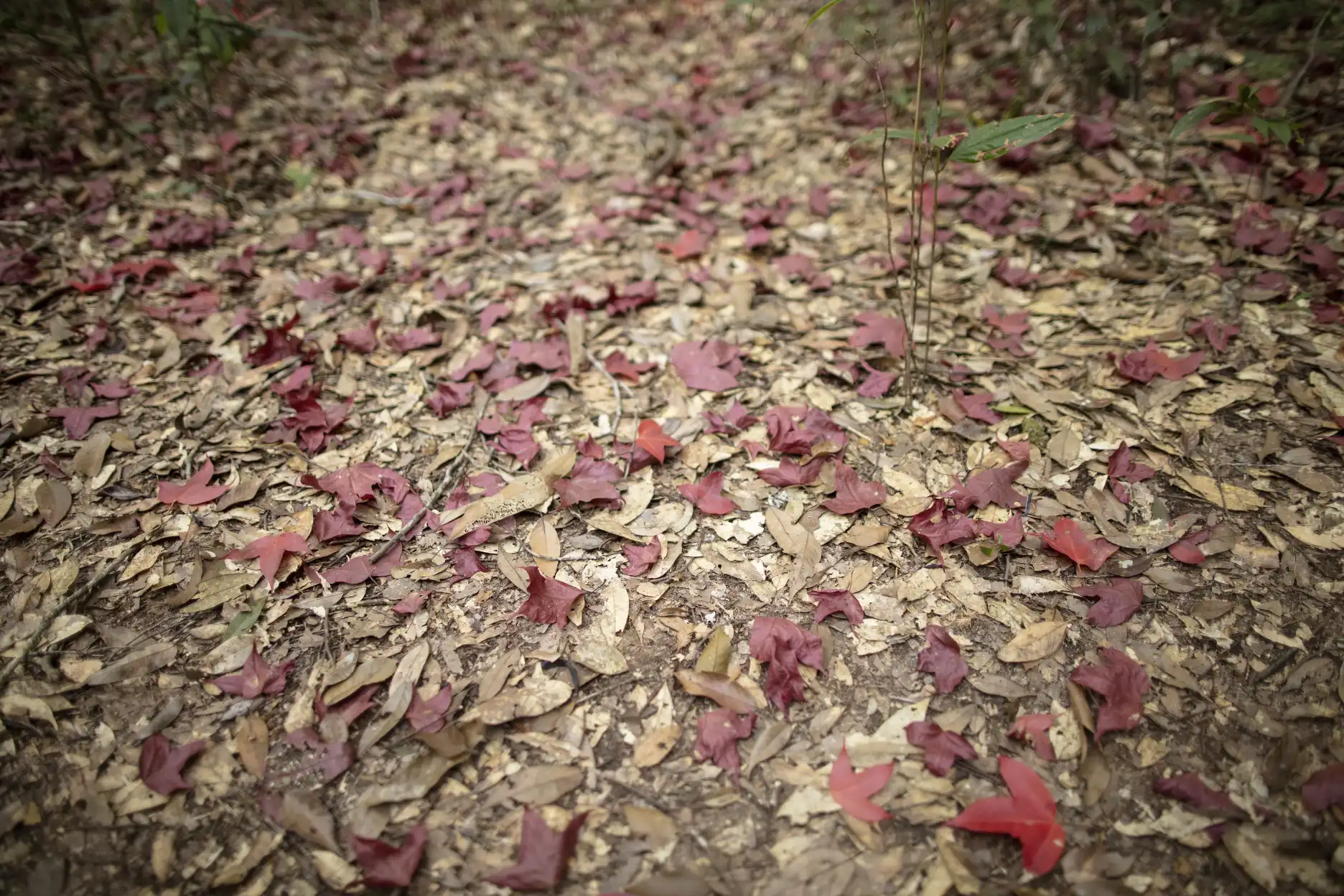
Should you get a hankering to see fall colors in early February, try Phu Kradueng!
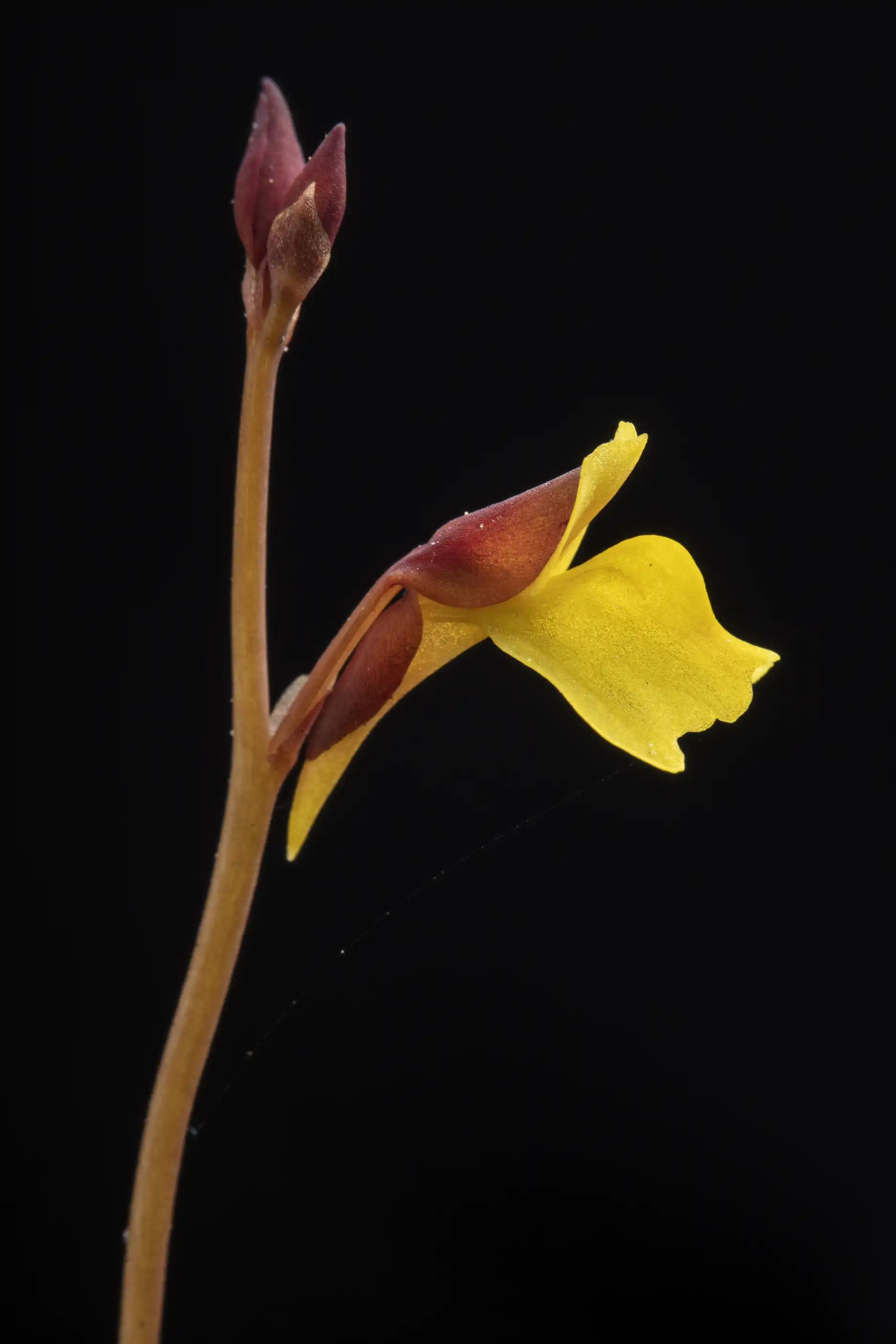
Utricularia bifida was also present at the park.
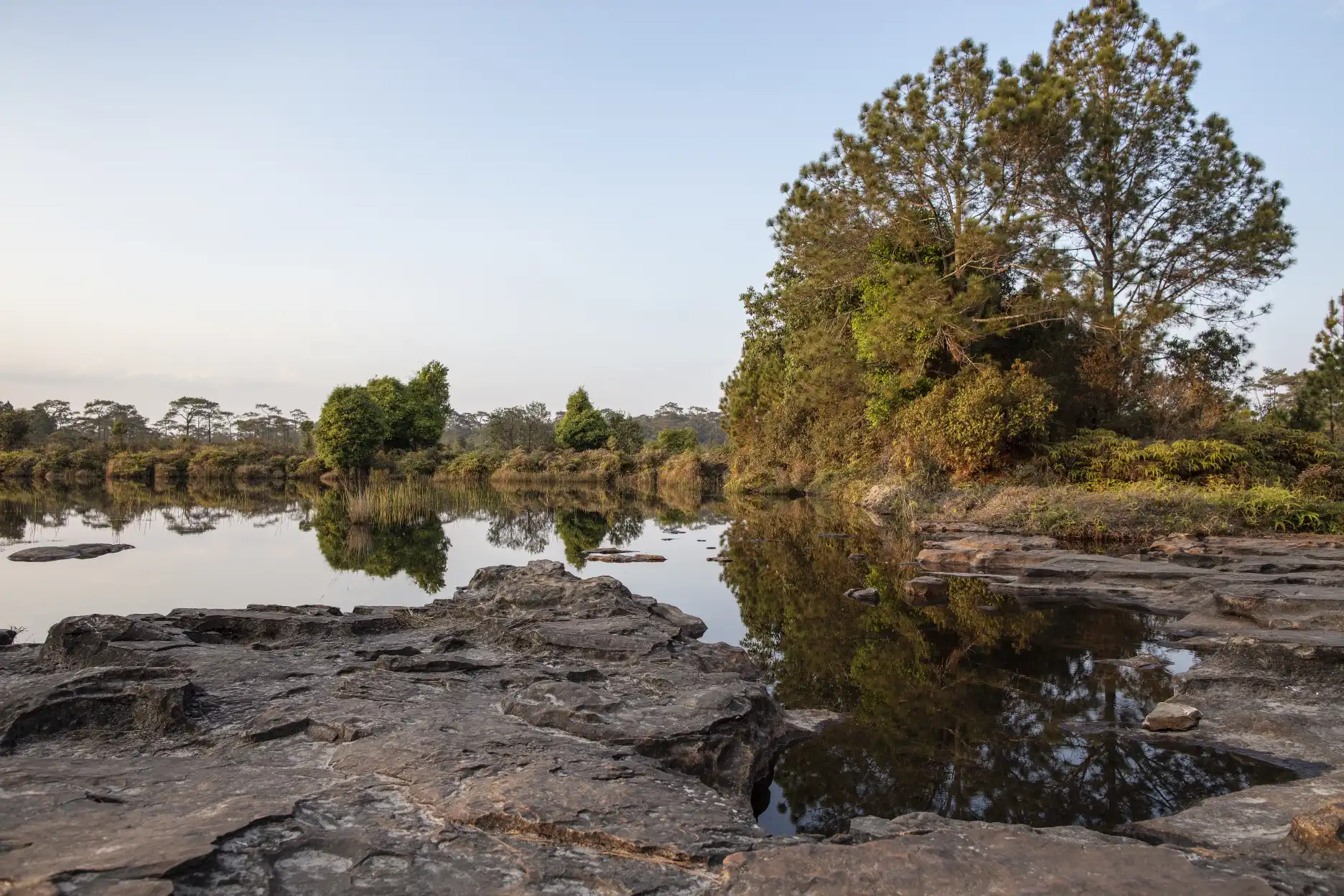
It was growing on the margins of Anodard Pond.
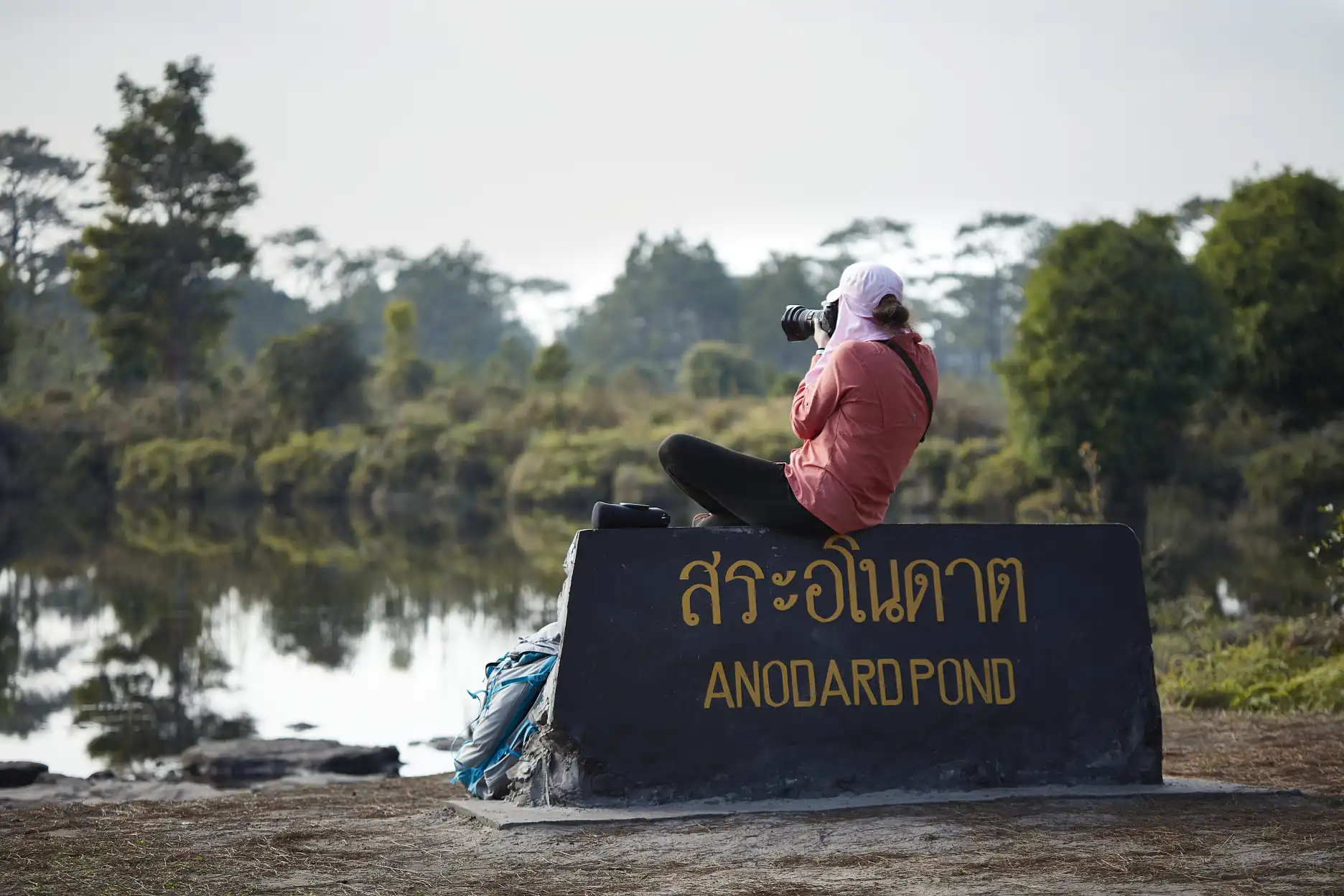
Motivation is unclear, but it appears that someone thought it very important that everyone who visits know the name of Anodard Pond.
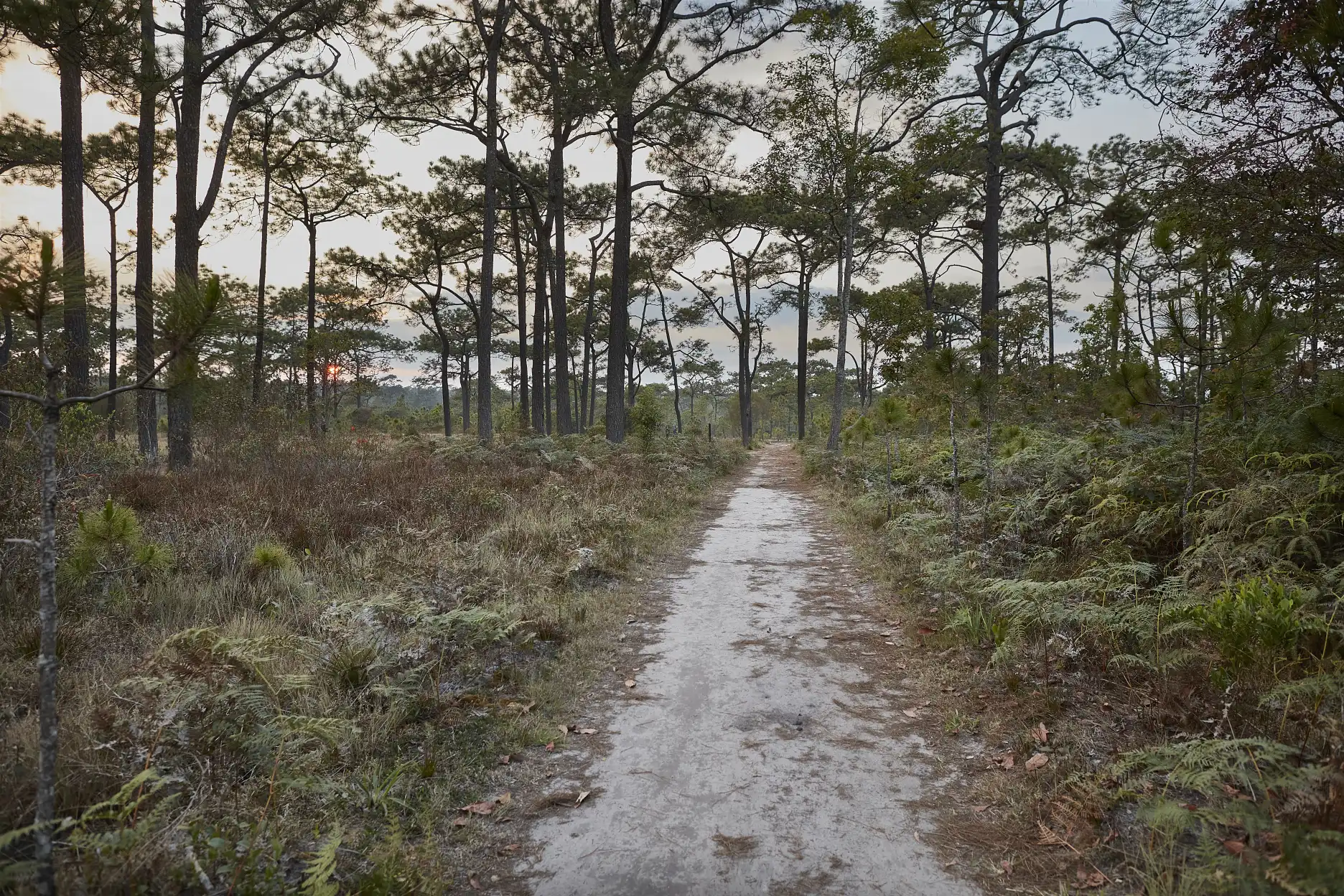
This open, meadow-like section of trail is located between Anodard Pond and the campground area at the park. There were some Nepenthes scattered along this trail, but they weren’t numerous nor vigorous.
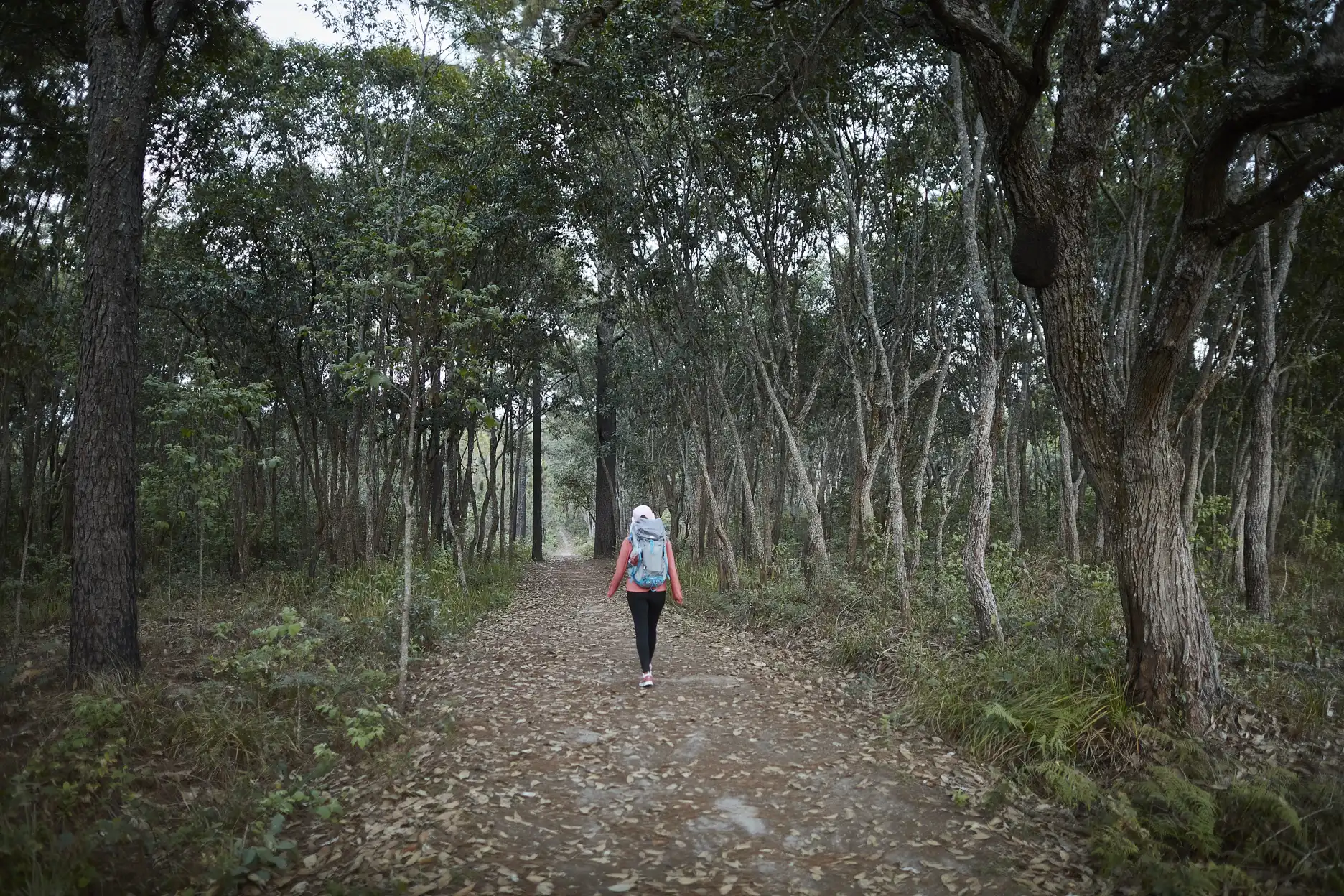
Another trail section, also on the way back to the campground, that traverses more of an open woodland.
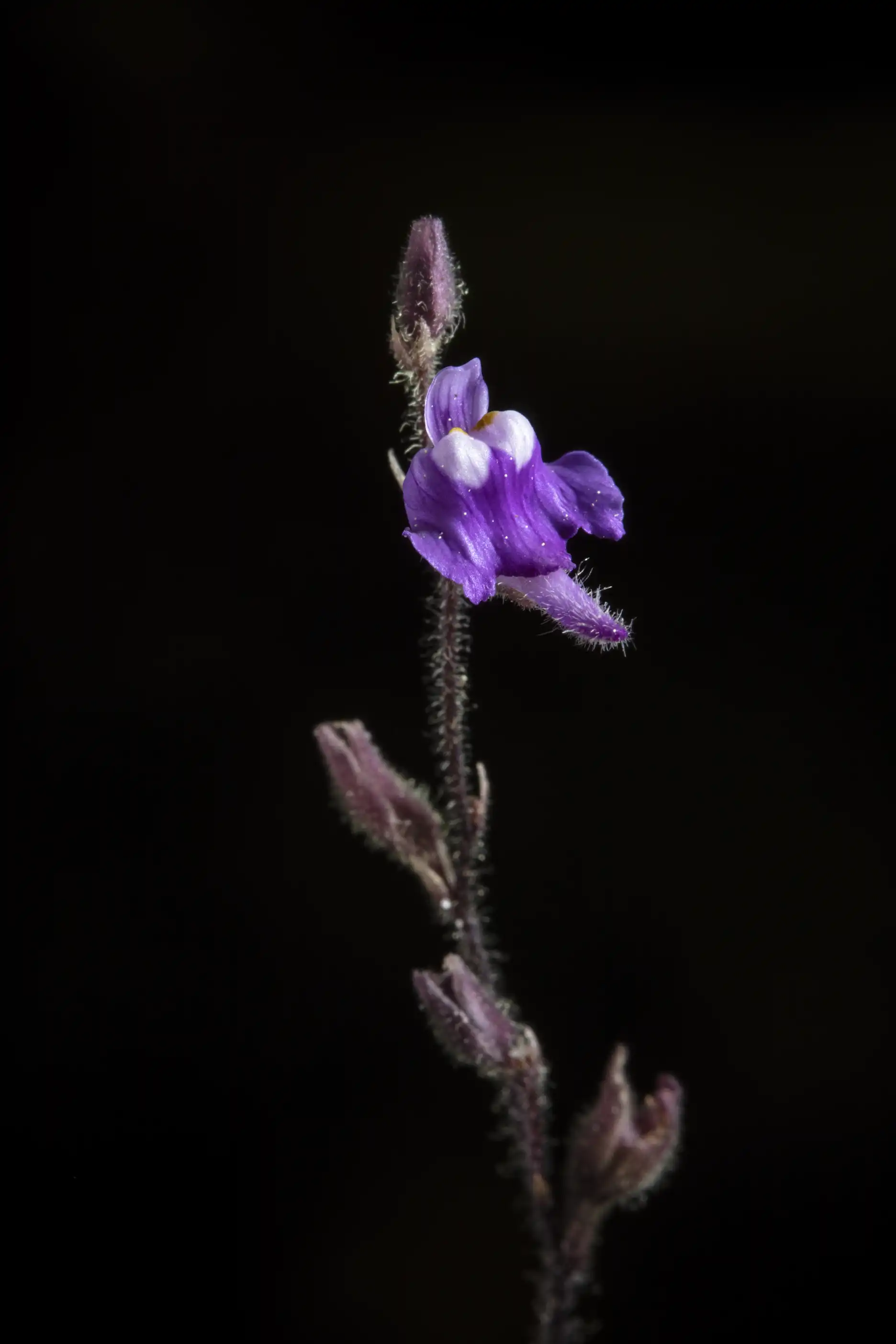
Utricularia hirta was an interesting species to encounter. The flowers are quite small but assertive in their own way.
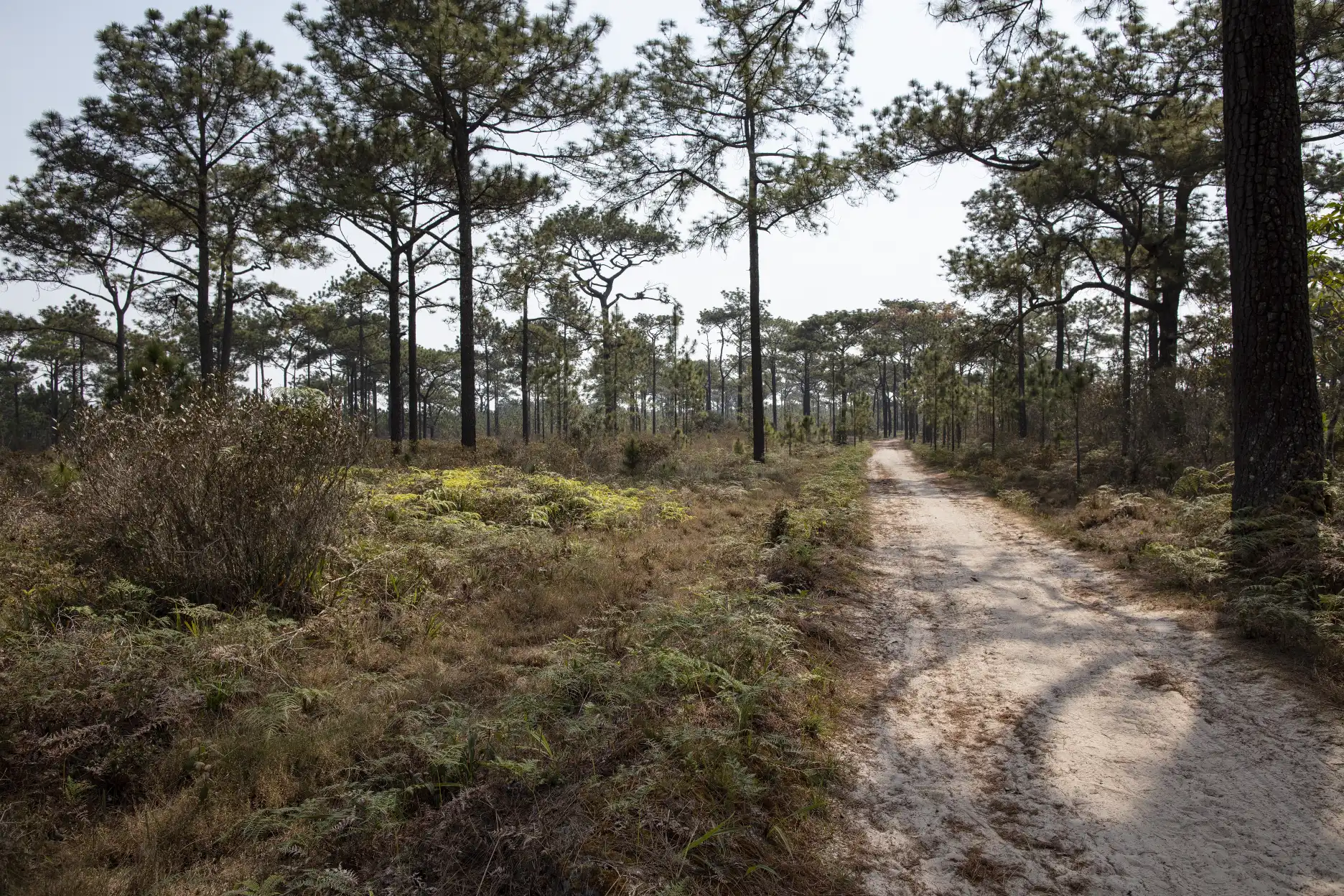
The plants were growing in a sandy ditch along this trail, relatively close to the campground.
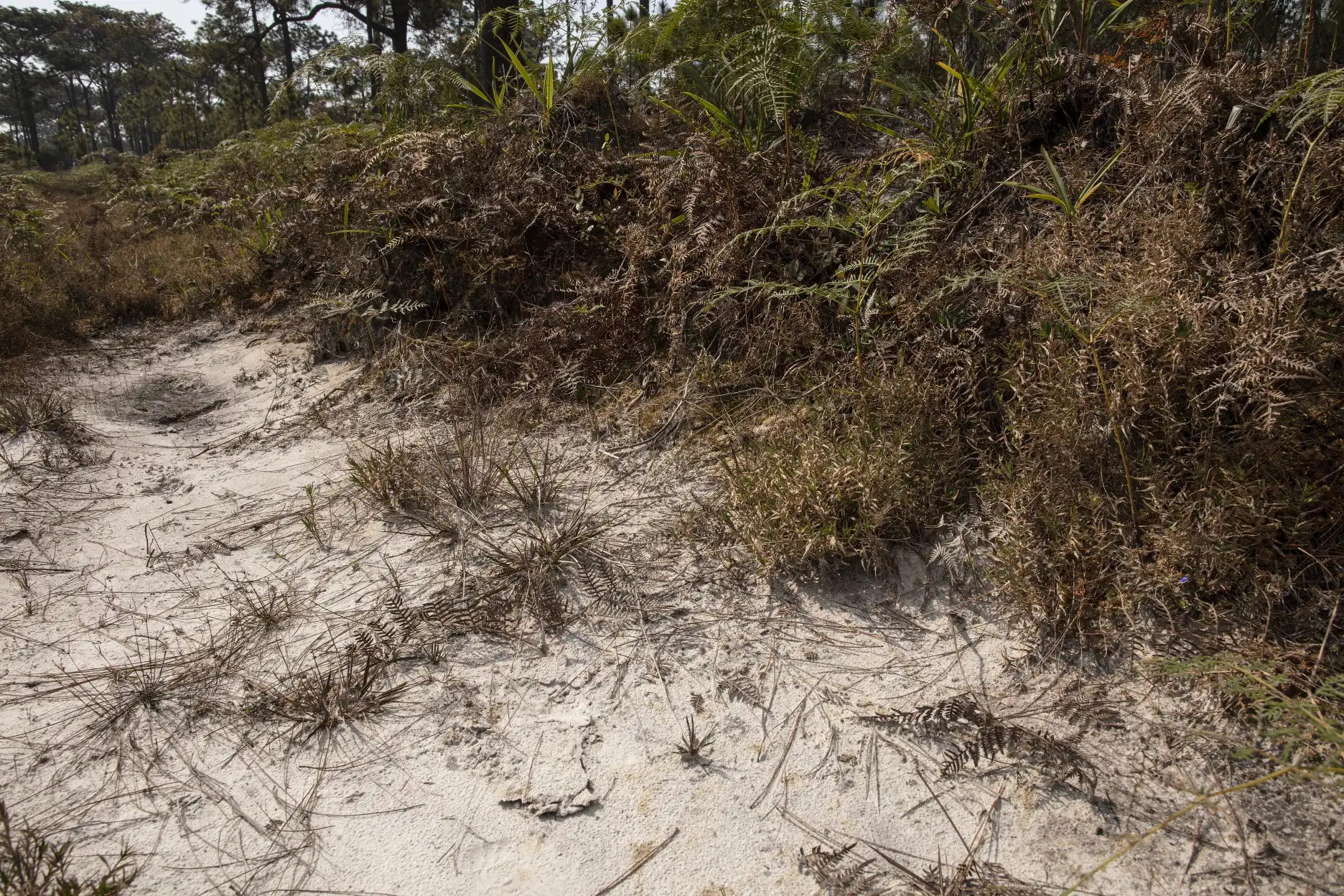
If you look very closely, there is a flower on the right side of this frame.
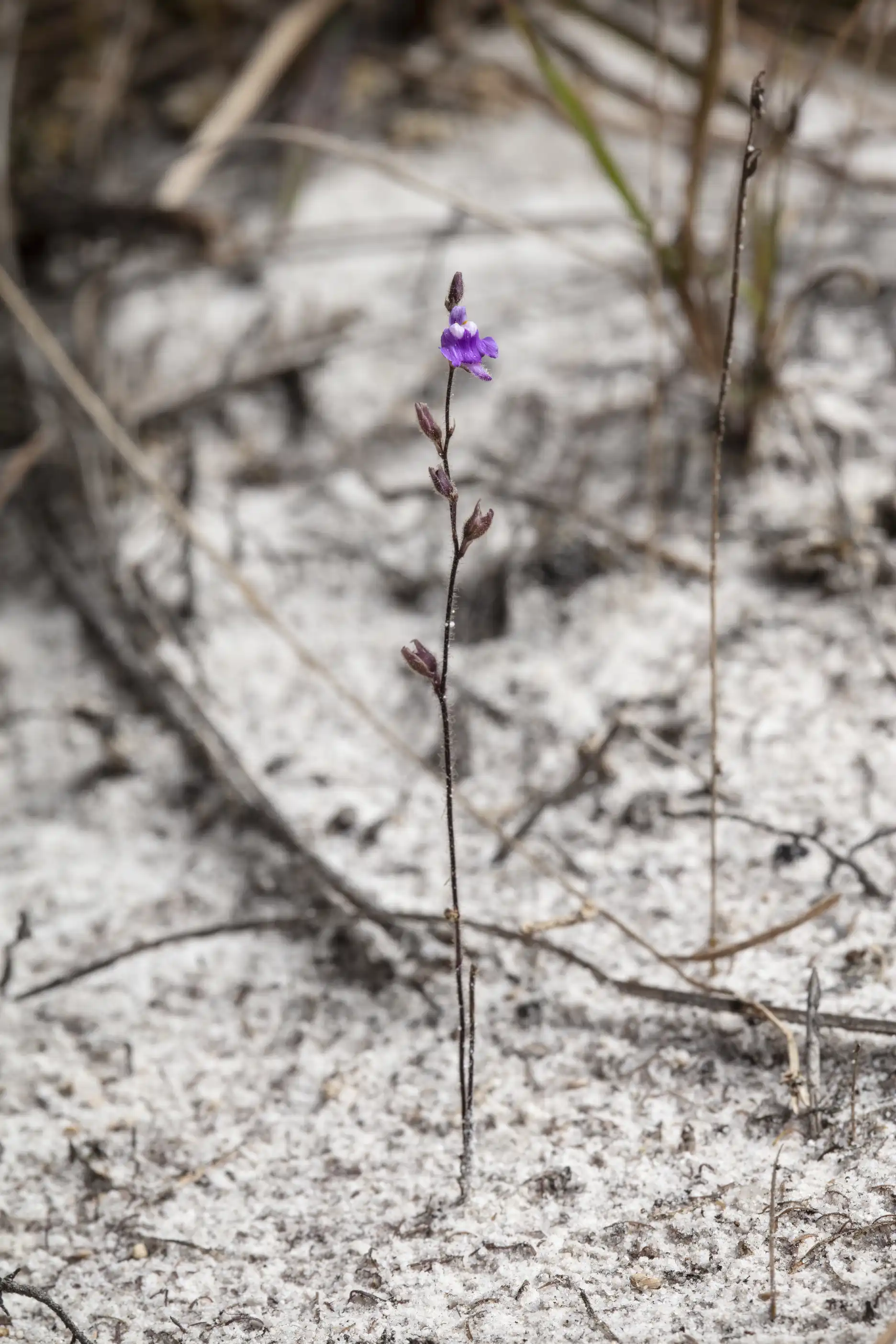
It was impressive to see Utricularia growing in essentially pure sand.
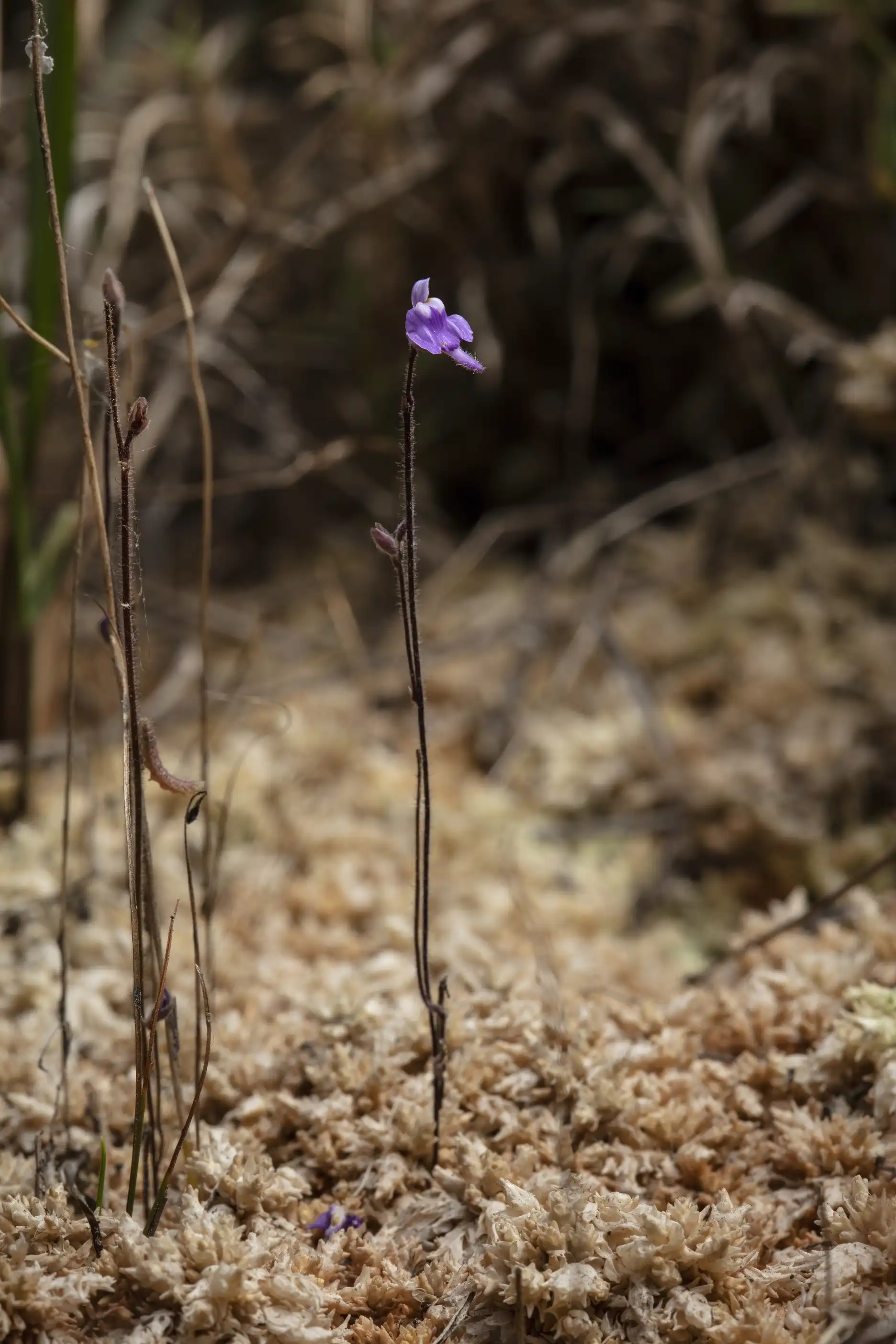
There were also plants growing among mosses.
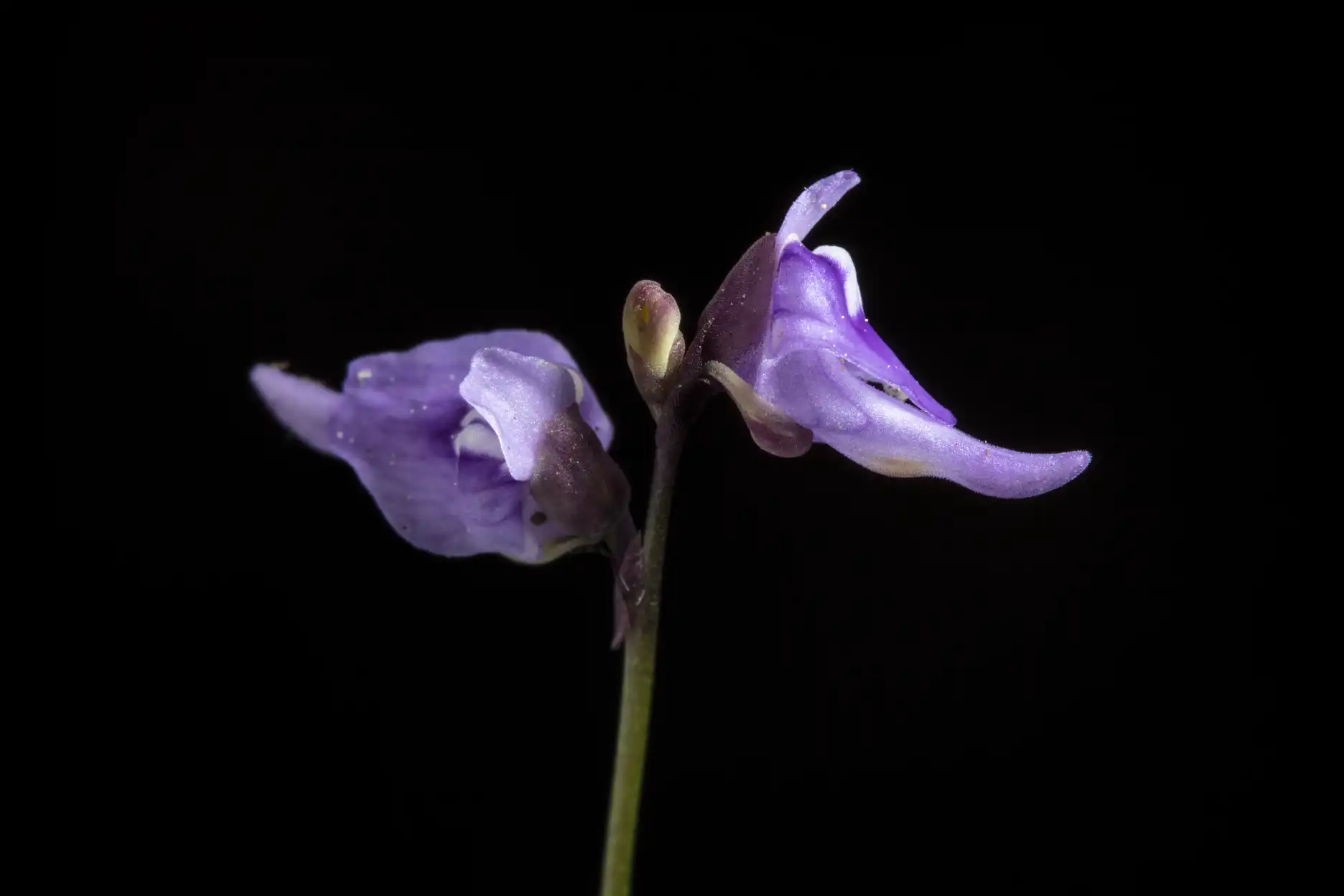
Utricularia caerulea was also represented in the same spot as the U. hirta.
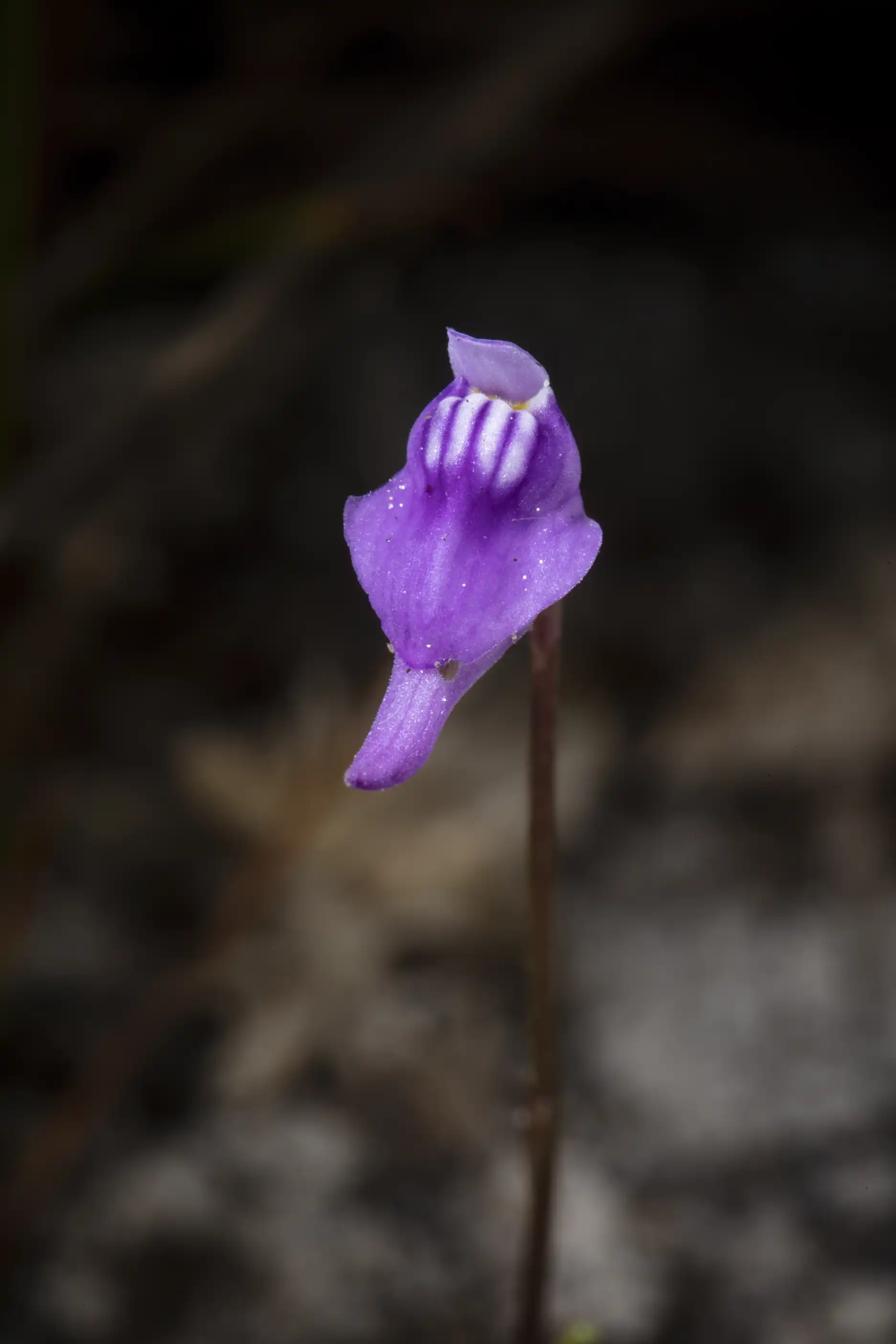
The flowers are really tiny!
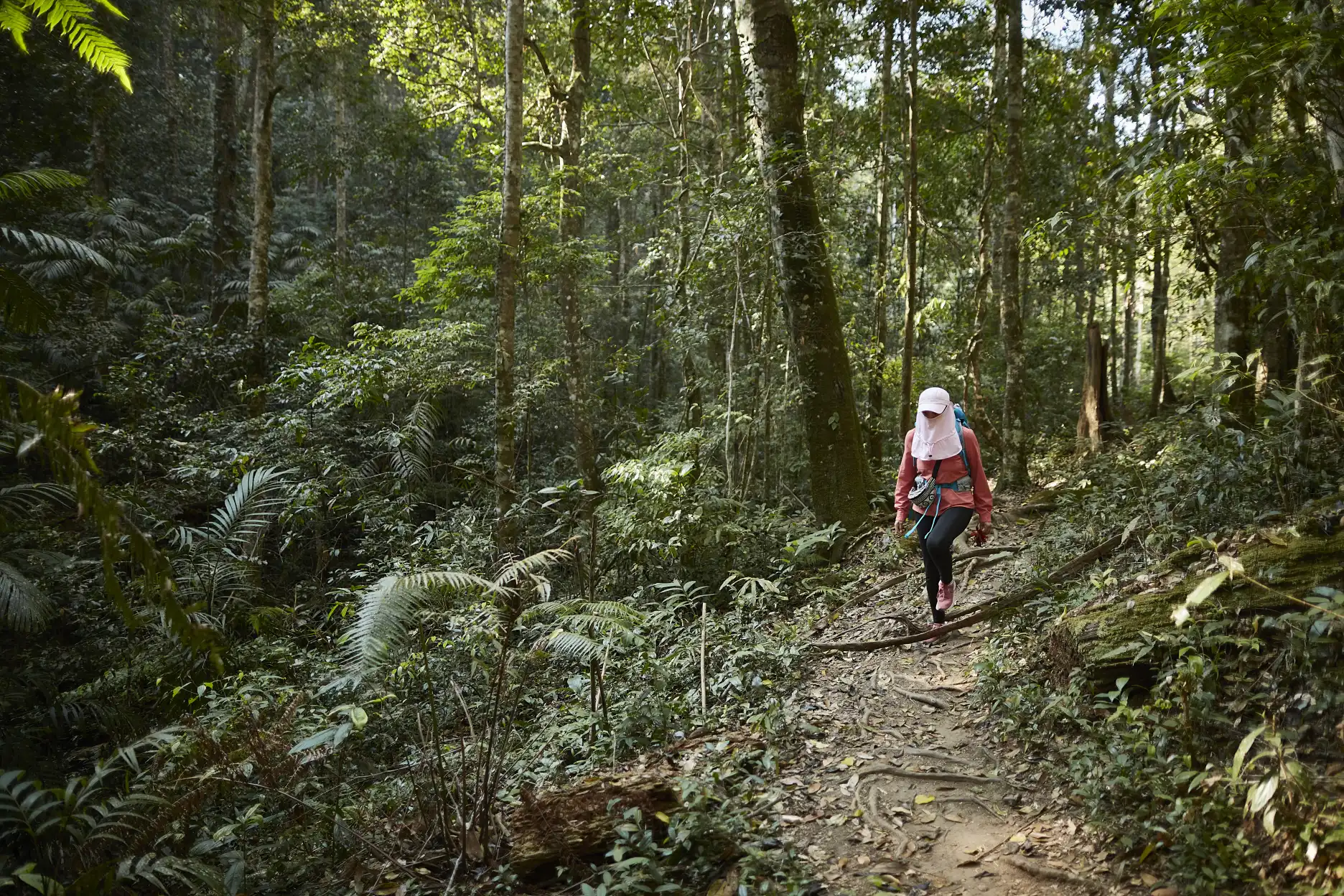
There are no carnivorous plants in or near this spot, but doesn’t it look cool?
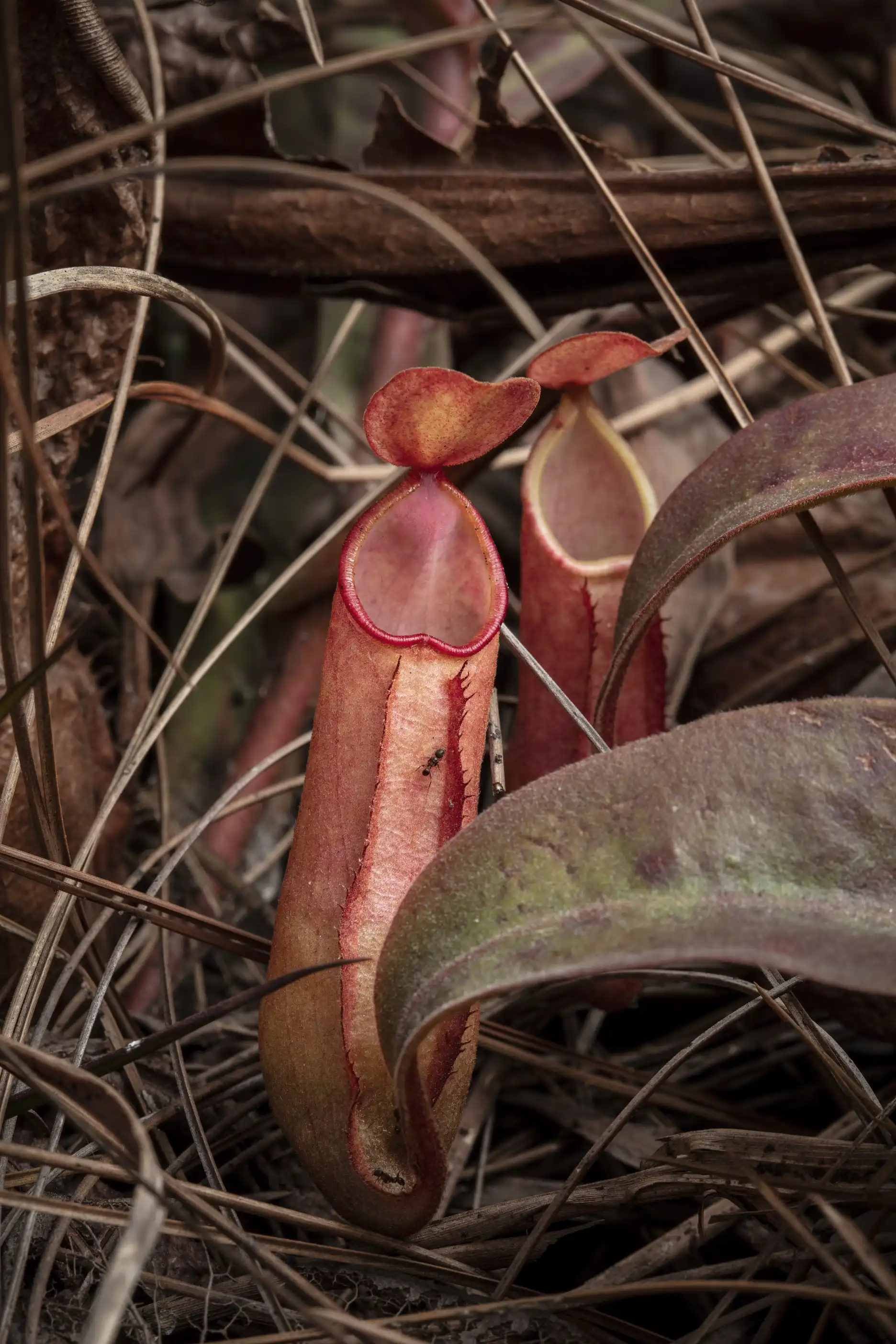
Nepenthes. Nepenthes are cool and all but I don’t find them as exciting as the members of other carnivorous plant genera.
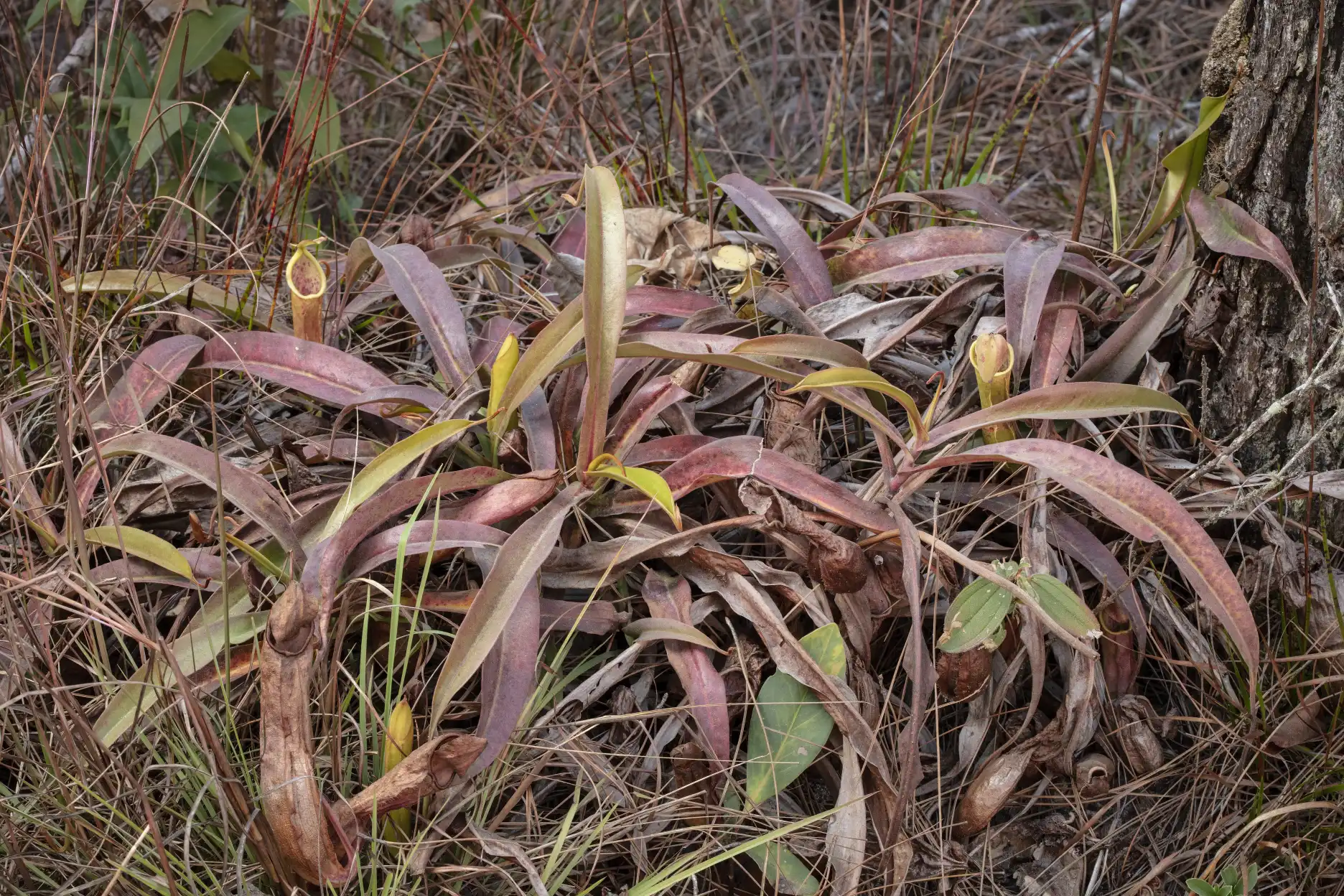
Phu Kradueng is home to Nepenthes smilesii.
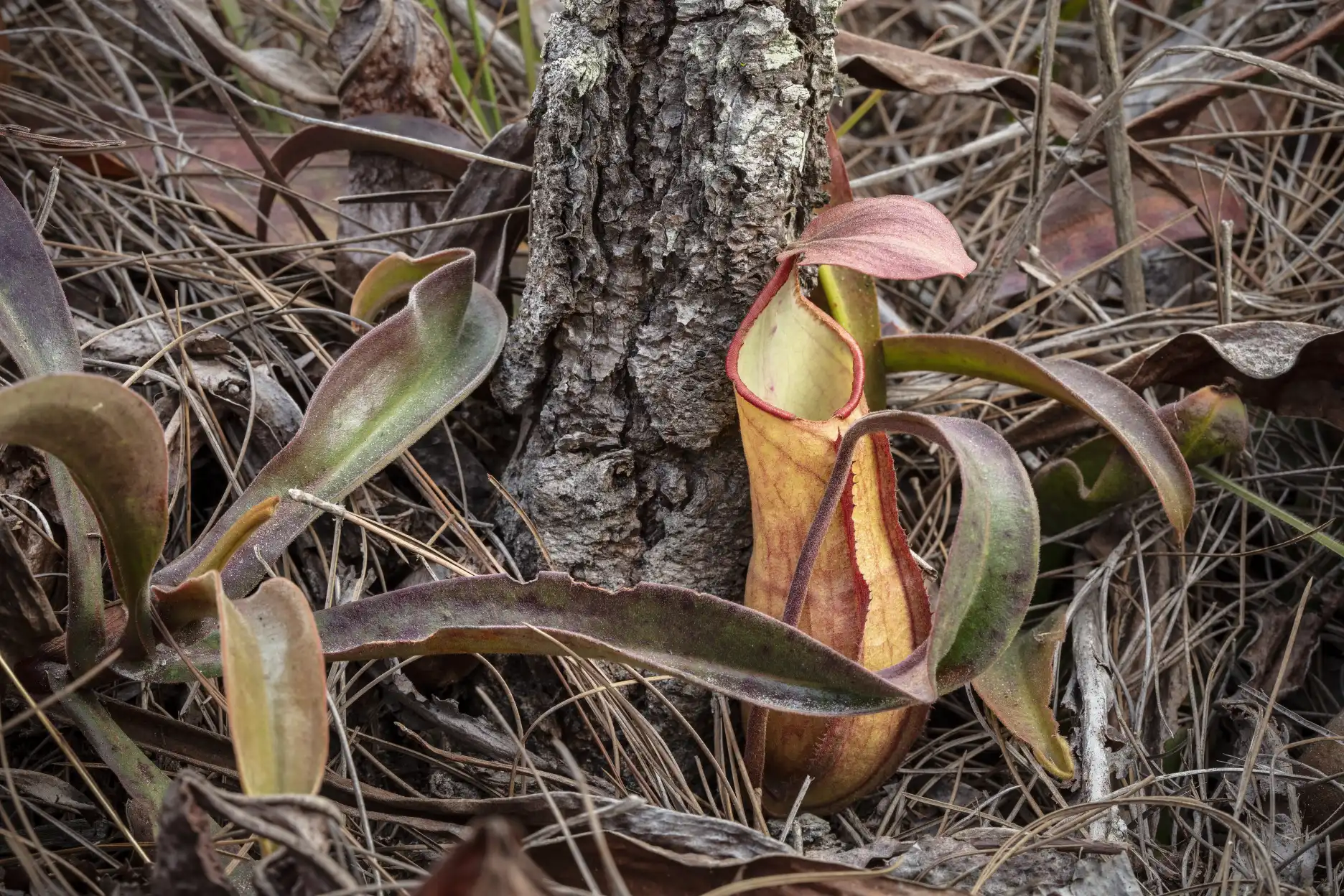
N. smilesii has pitchers that can be better looking than Nepenthes mirabilis but I feel like I have to apologize for not finding the species particularly thrilling. The plants are very pleasant.
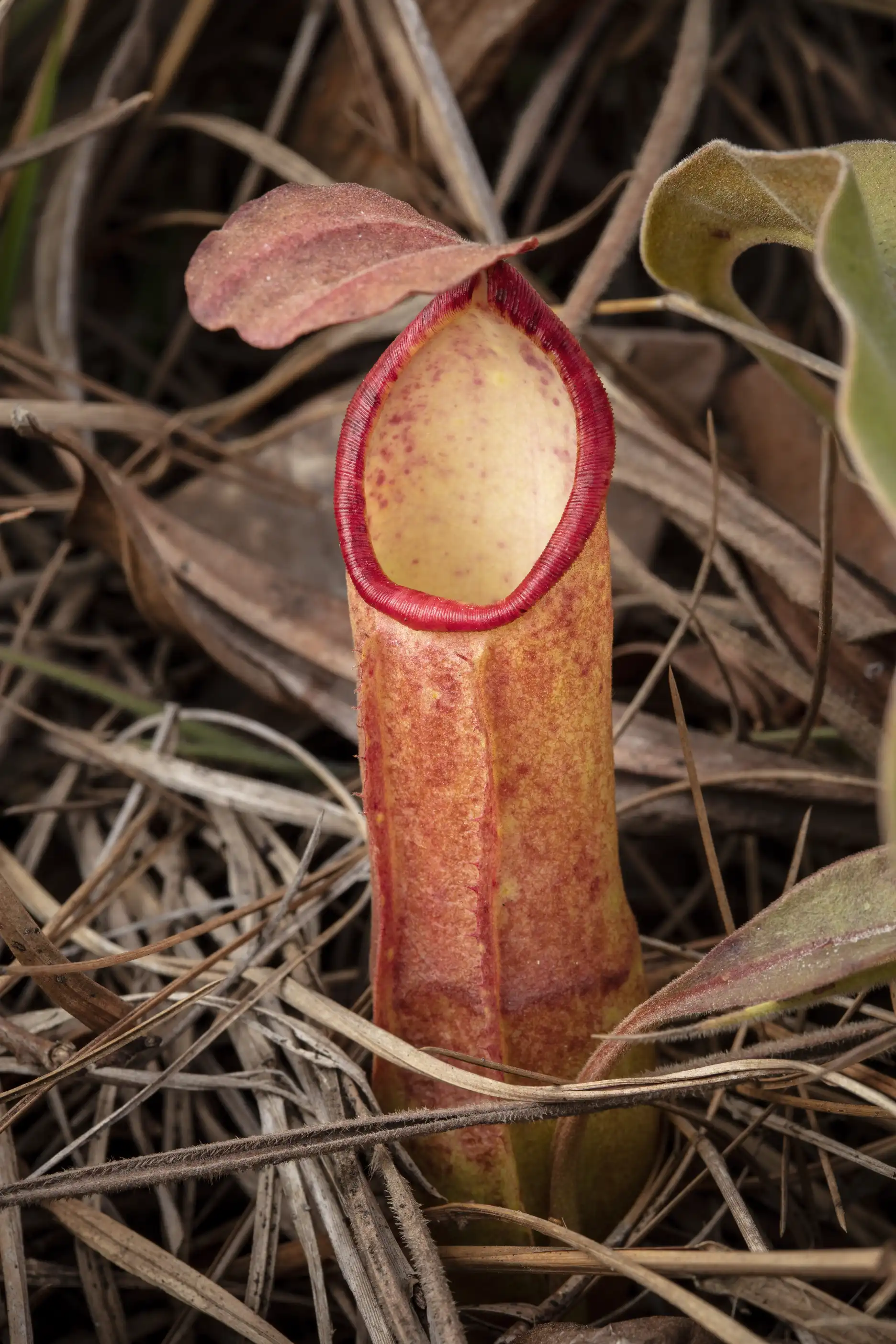
Anyway, most of the Nepenthes were growing near the cliffs that are so very popular in the park.
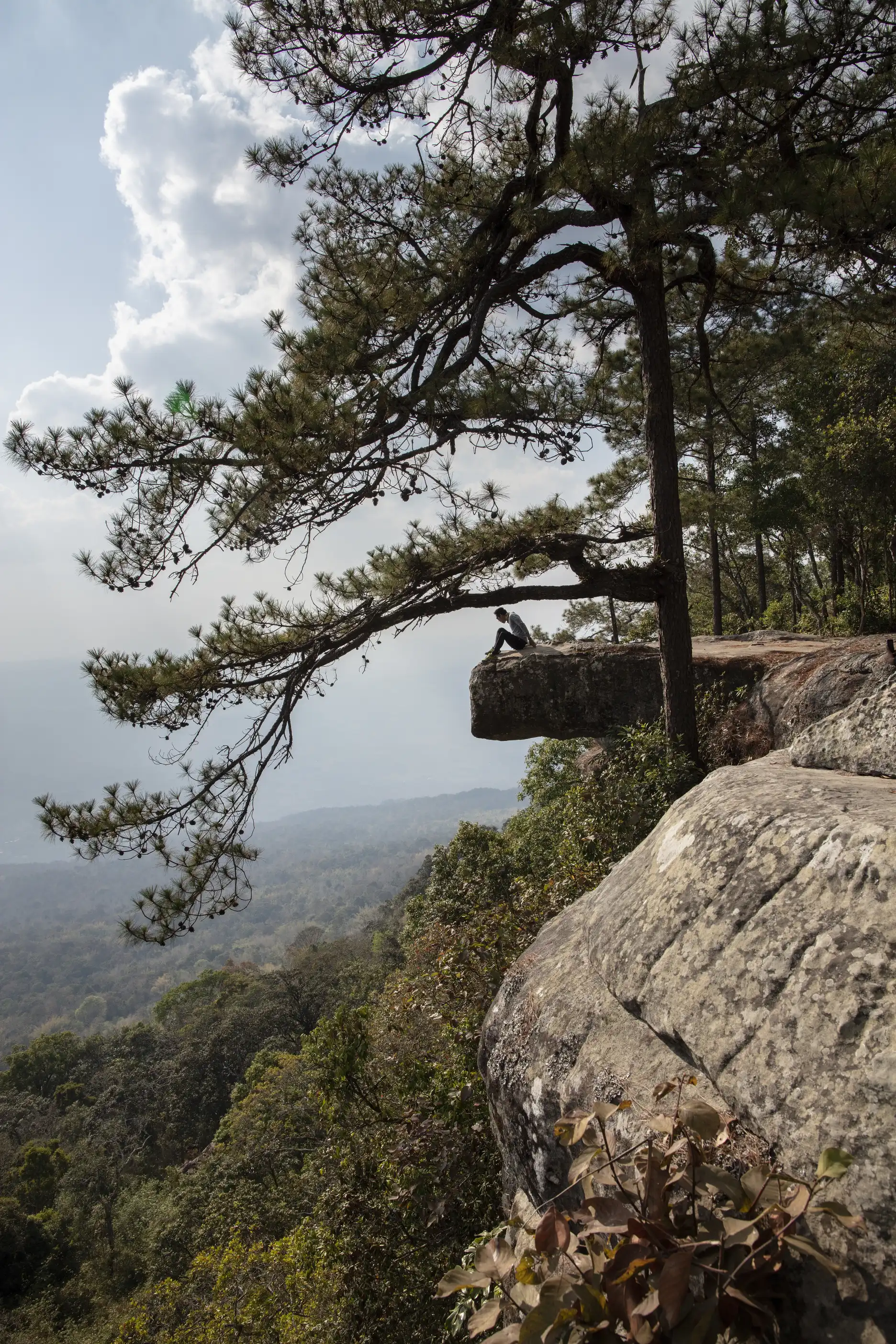
The largest populations of the plants were close to Lom Sak Cliff, along the trail.
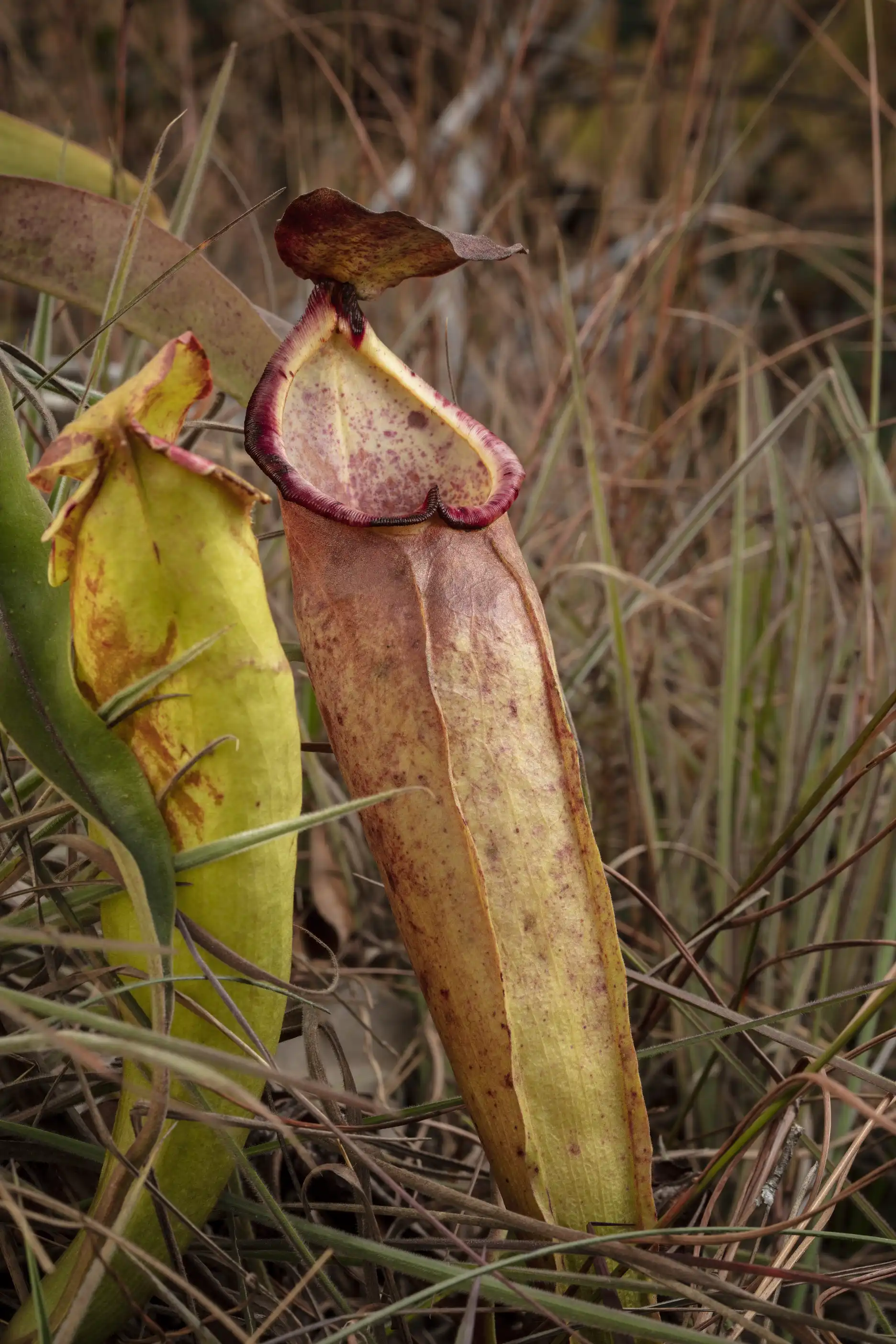
There was some pleasant variation in pitcher shape.
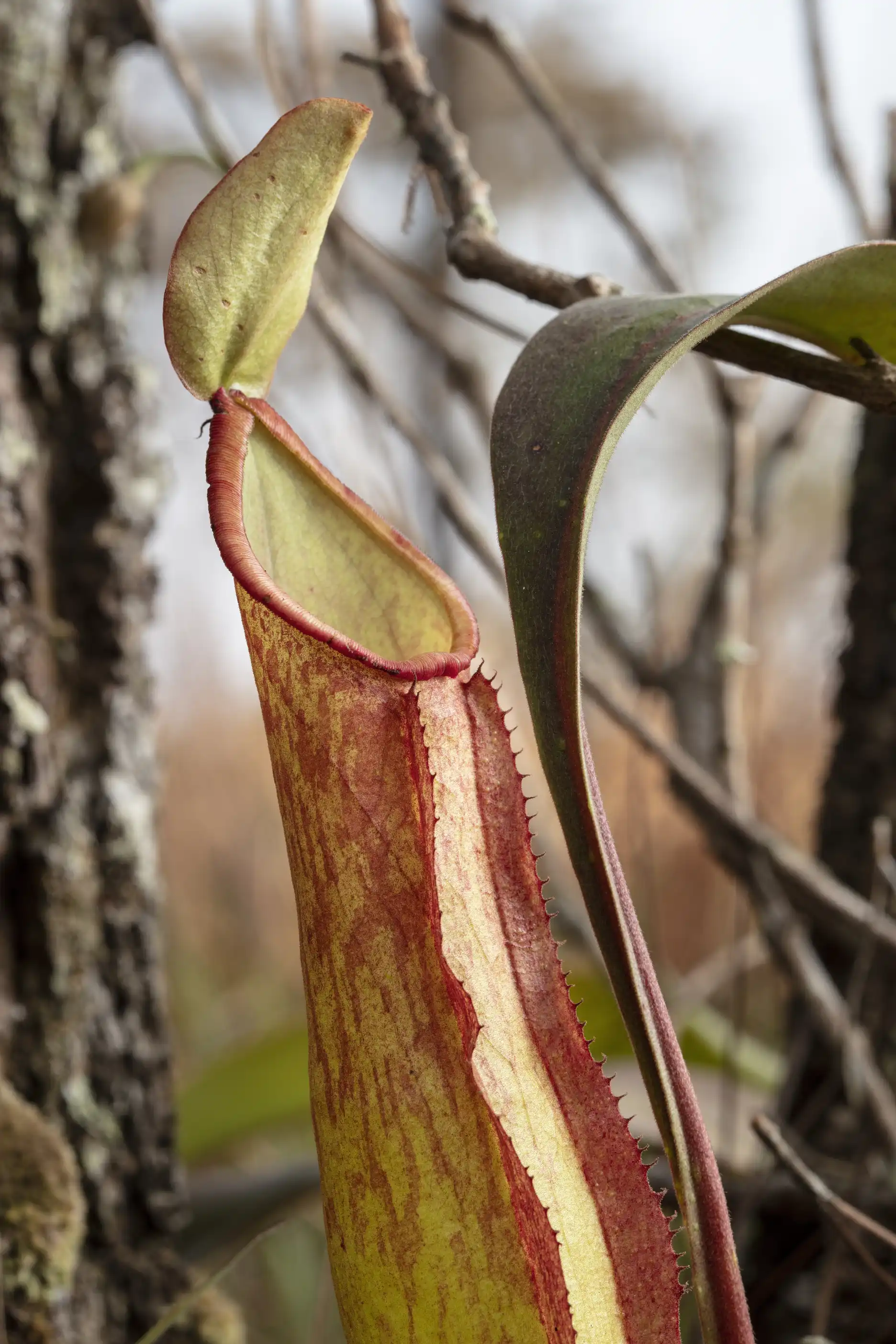
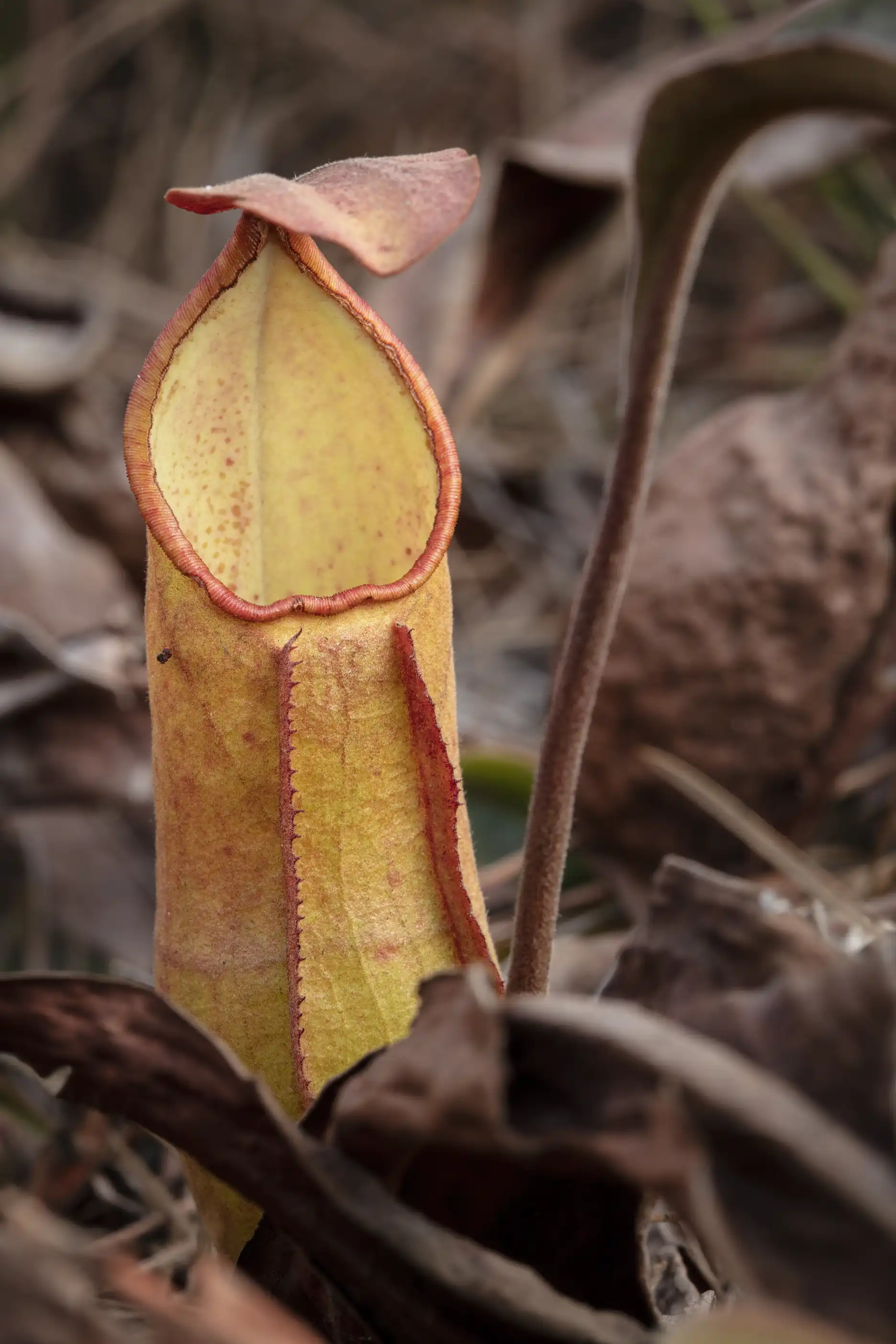
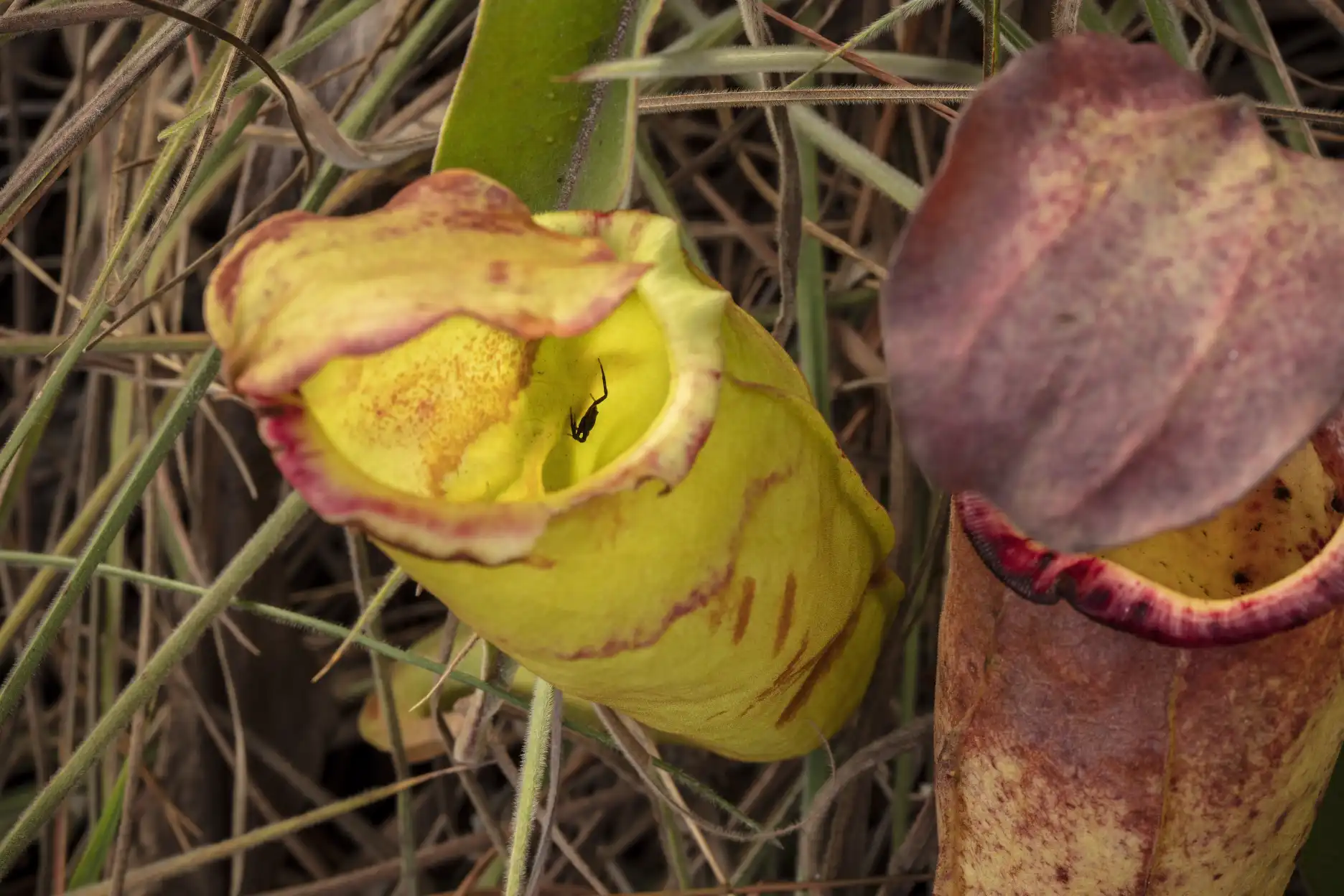
This spider appears to live in the pitchers, perhaps in a form of symbiosis.
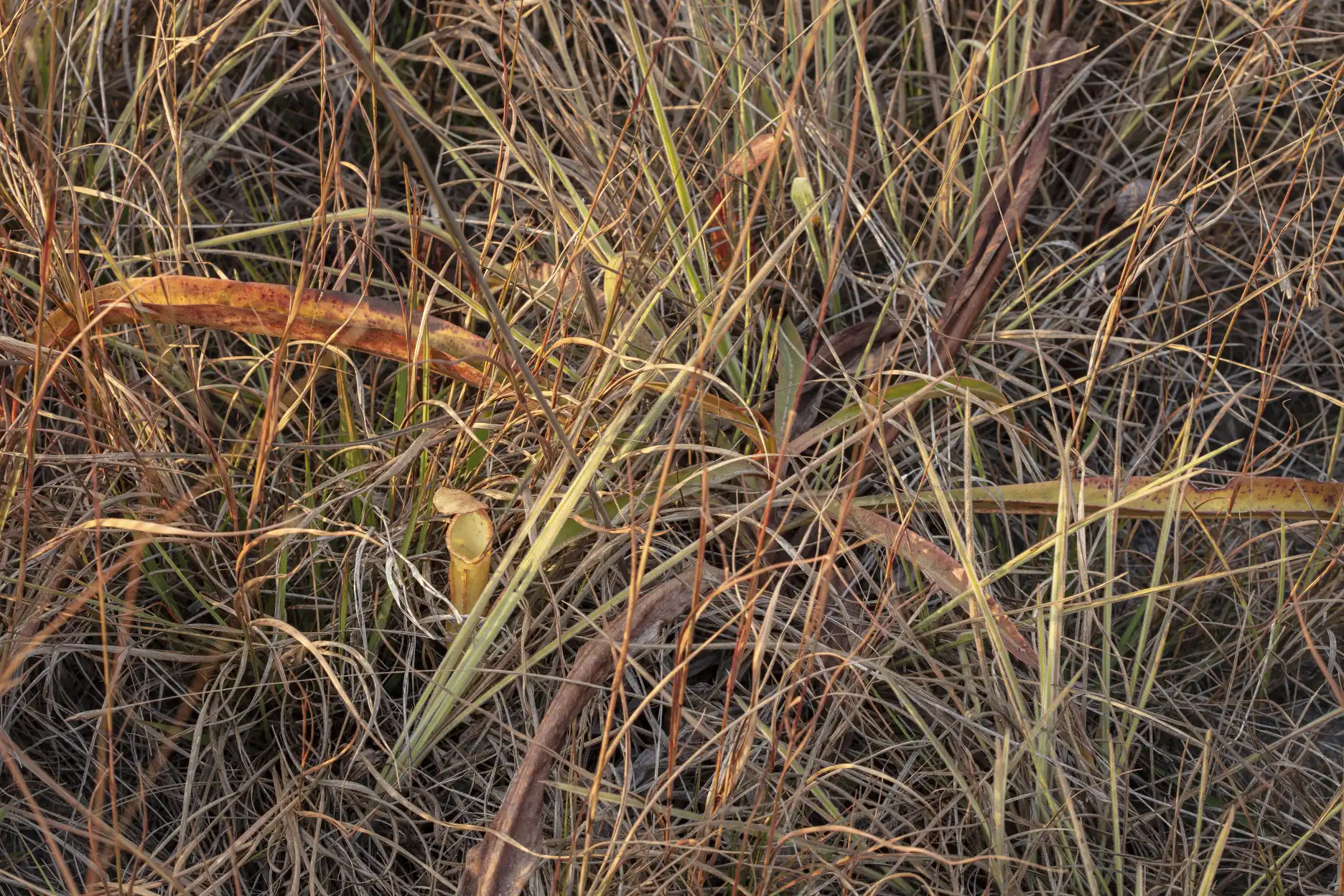
Many plants were growing in grasses. That may work well for the Nepenthes but is not very photogenic.
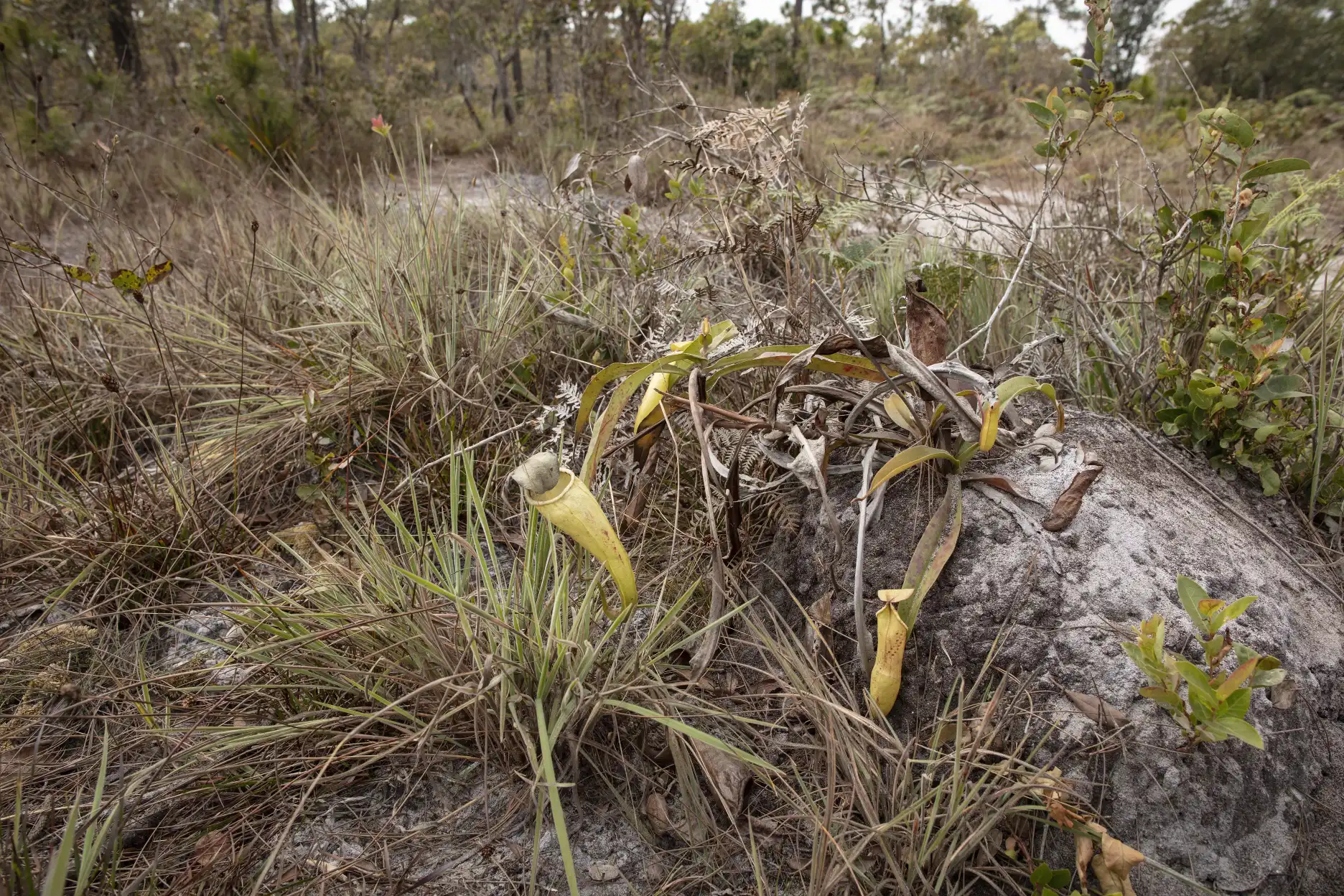
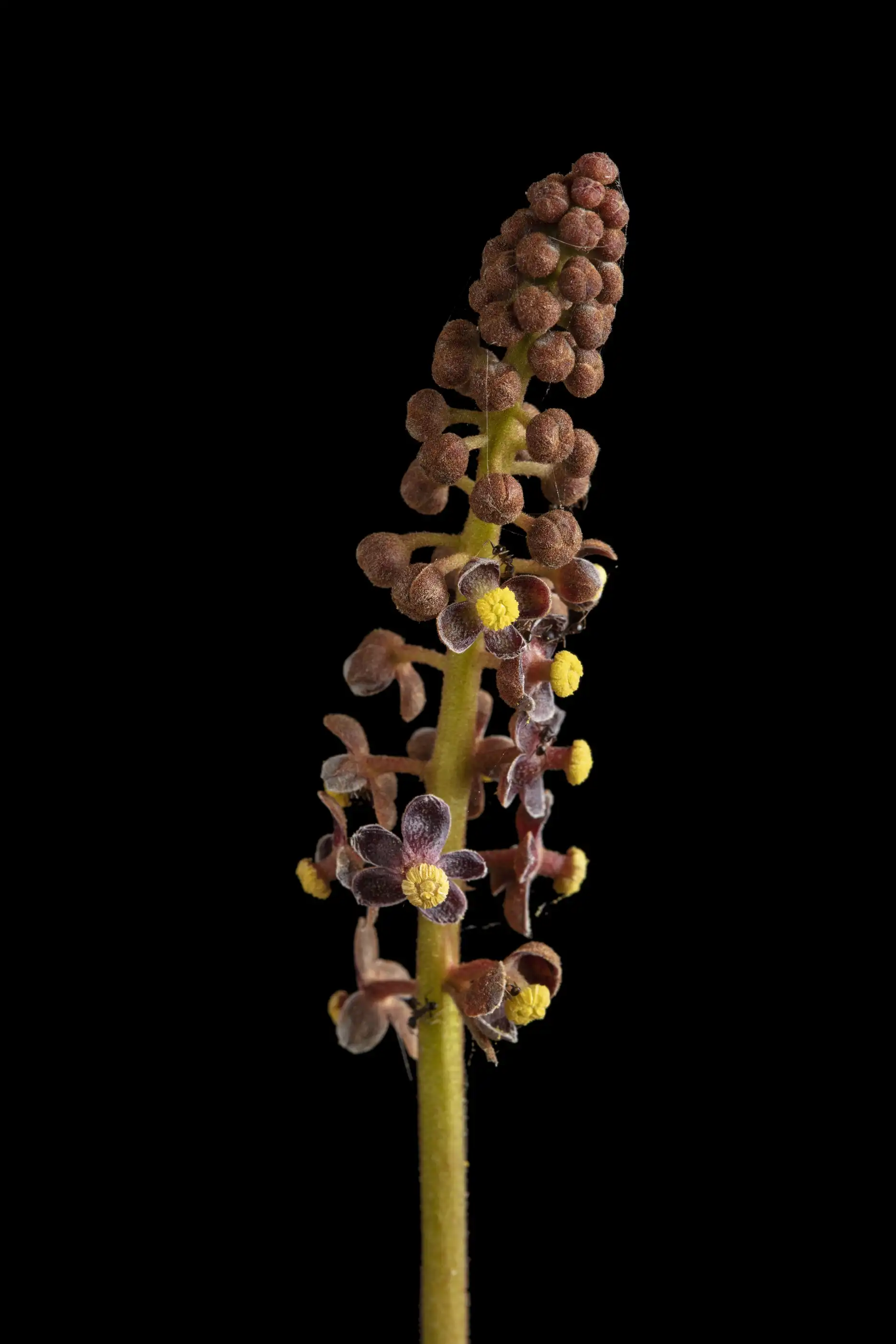
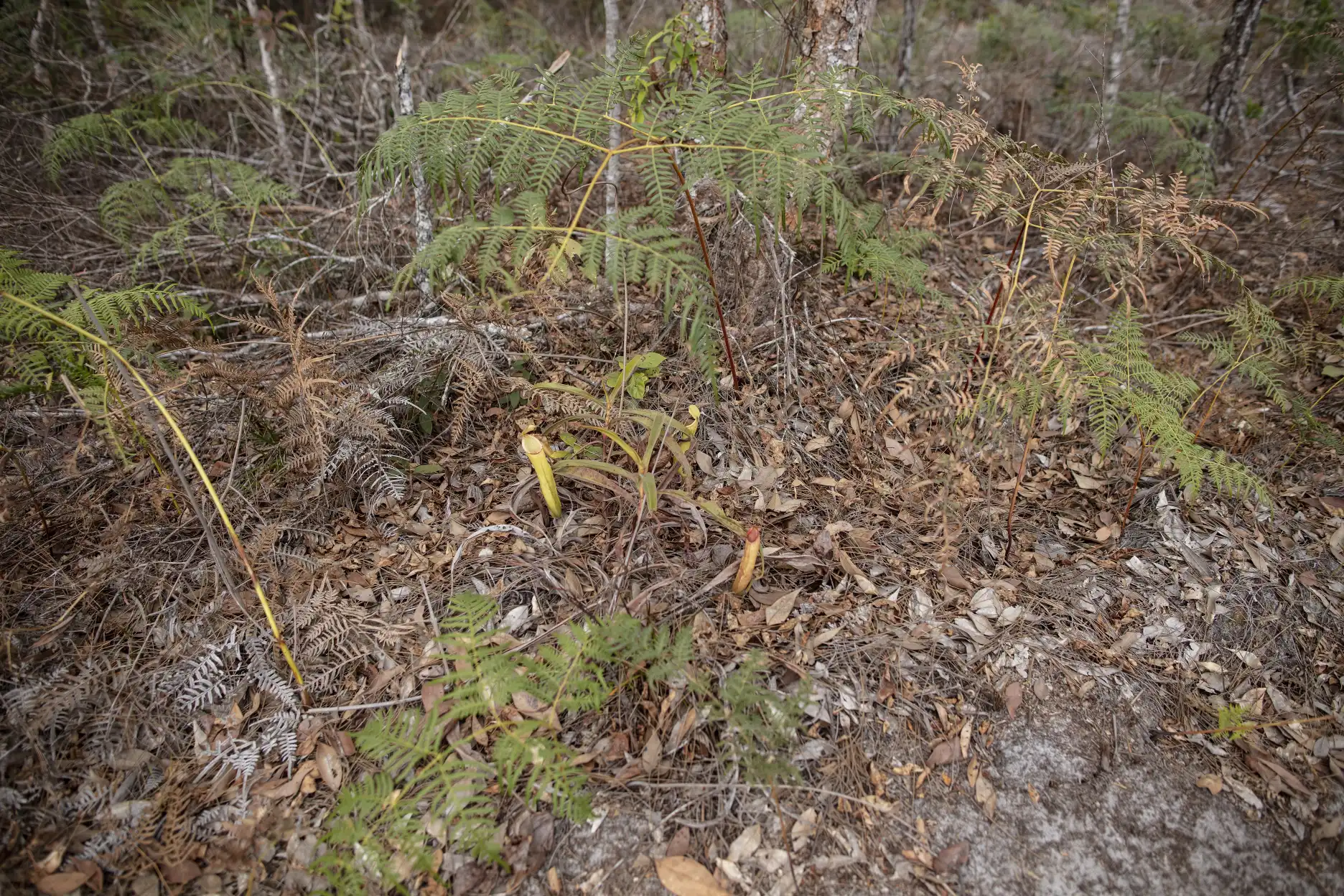
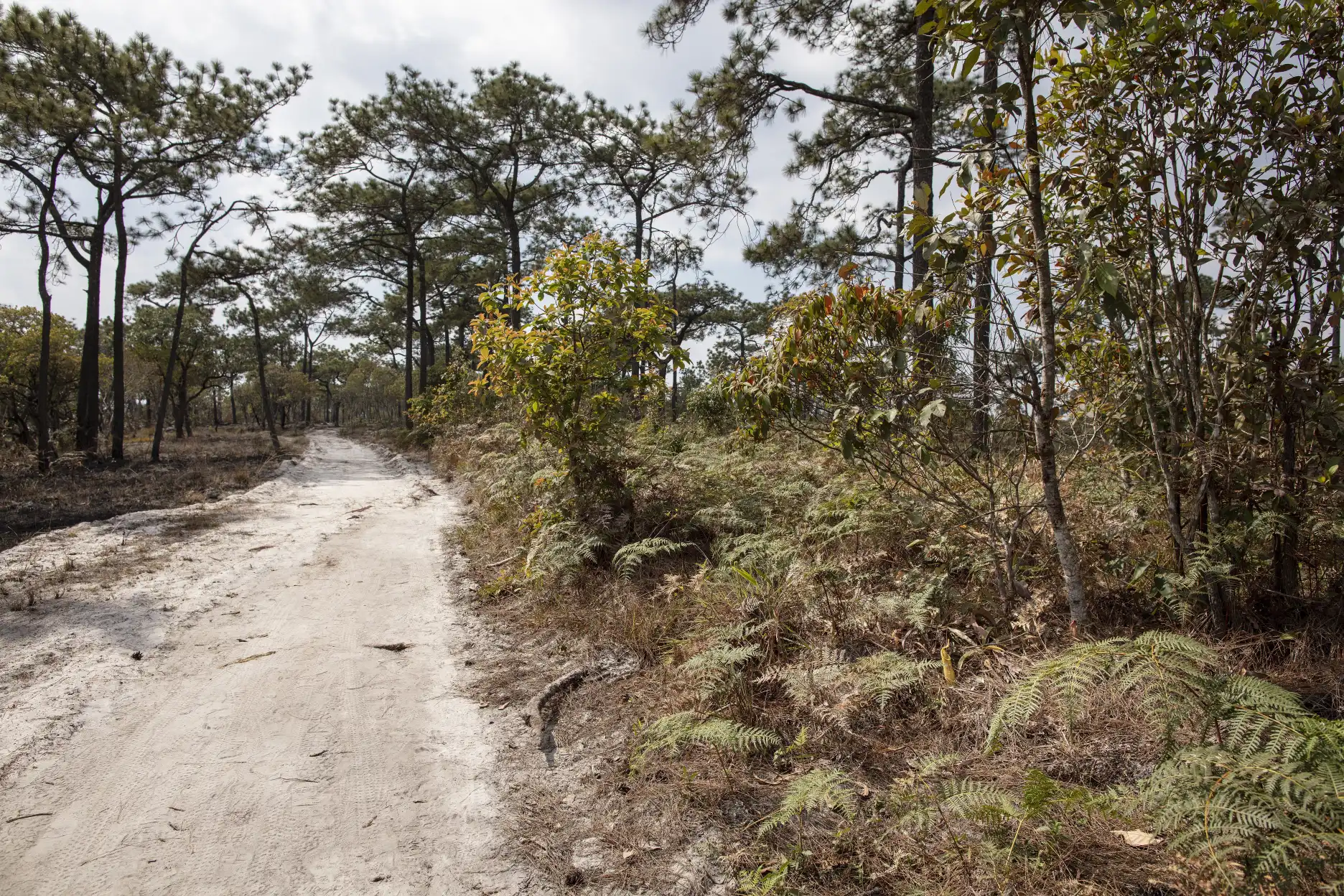
Plants are visible on the right side of this frame, along the trail to Lom Sak Cliff.
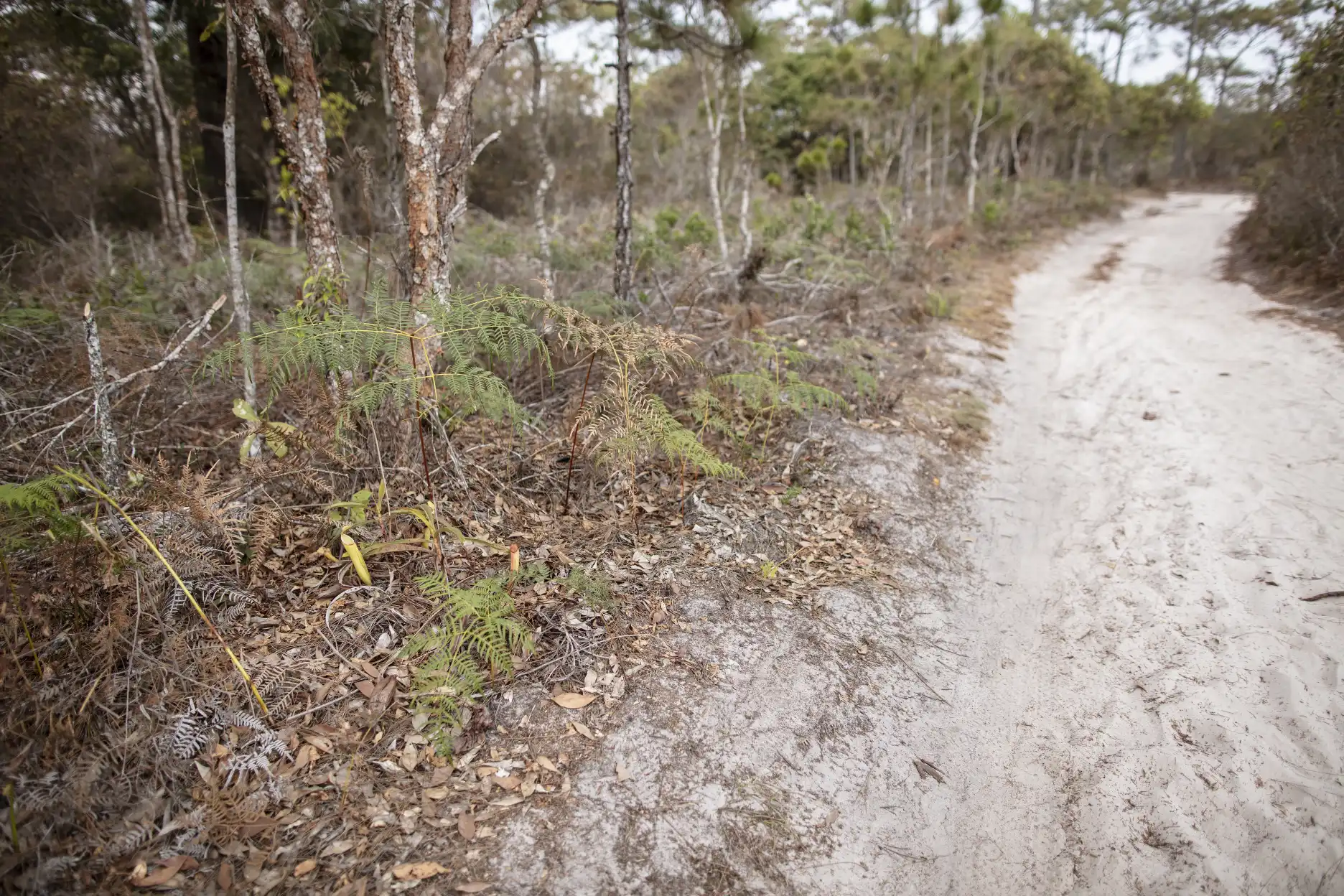
Here is another trailside view of the plants, on the trail near Lom Sak.
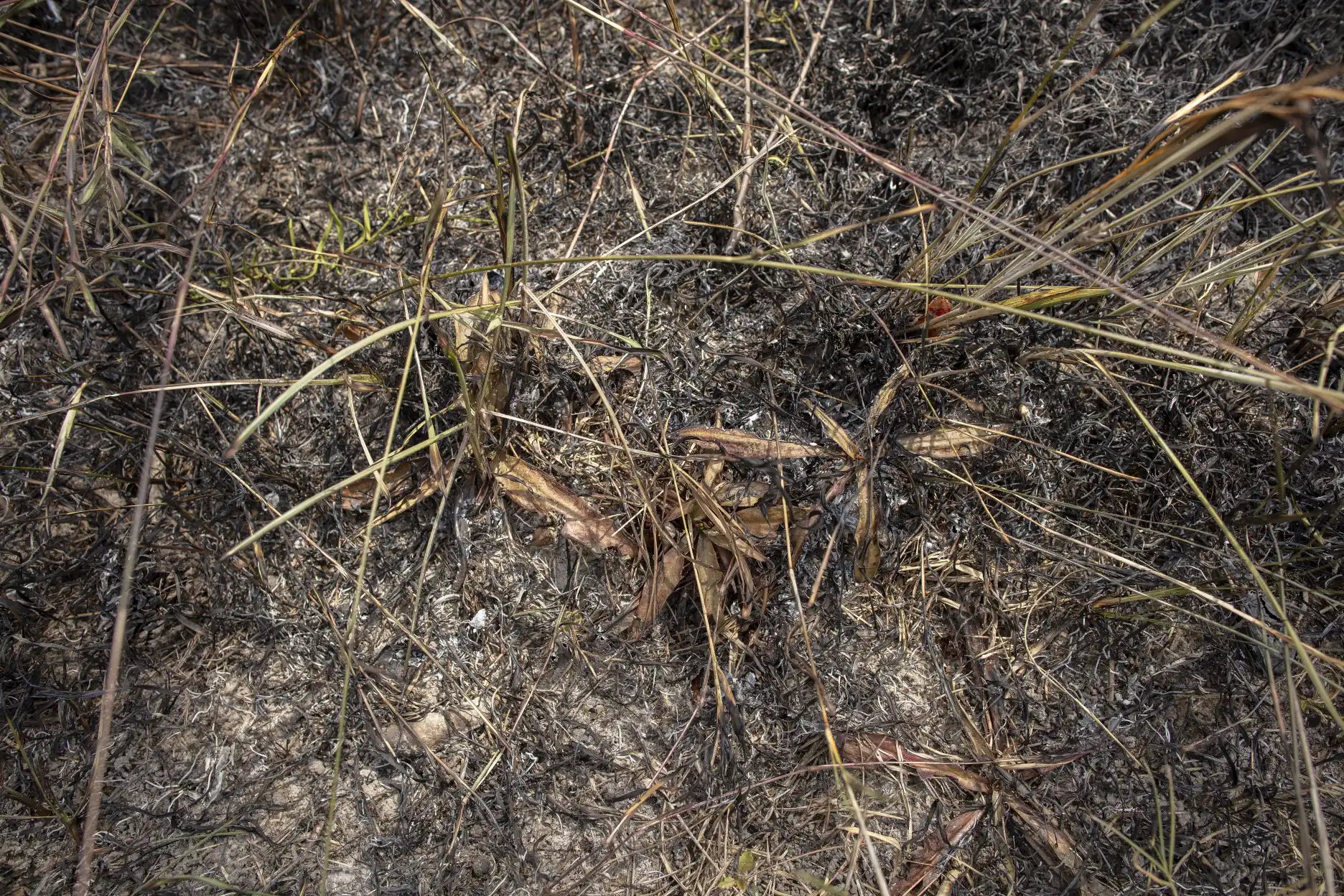
The Nepenthes don’t seem to be of particular concern to the park. Some plants had been burnt.
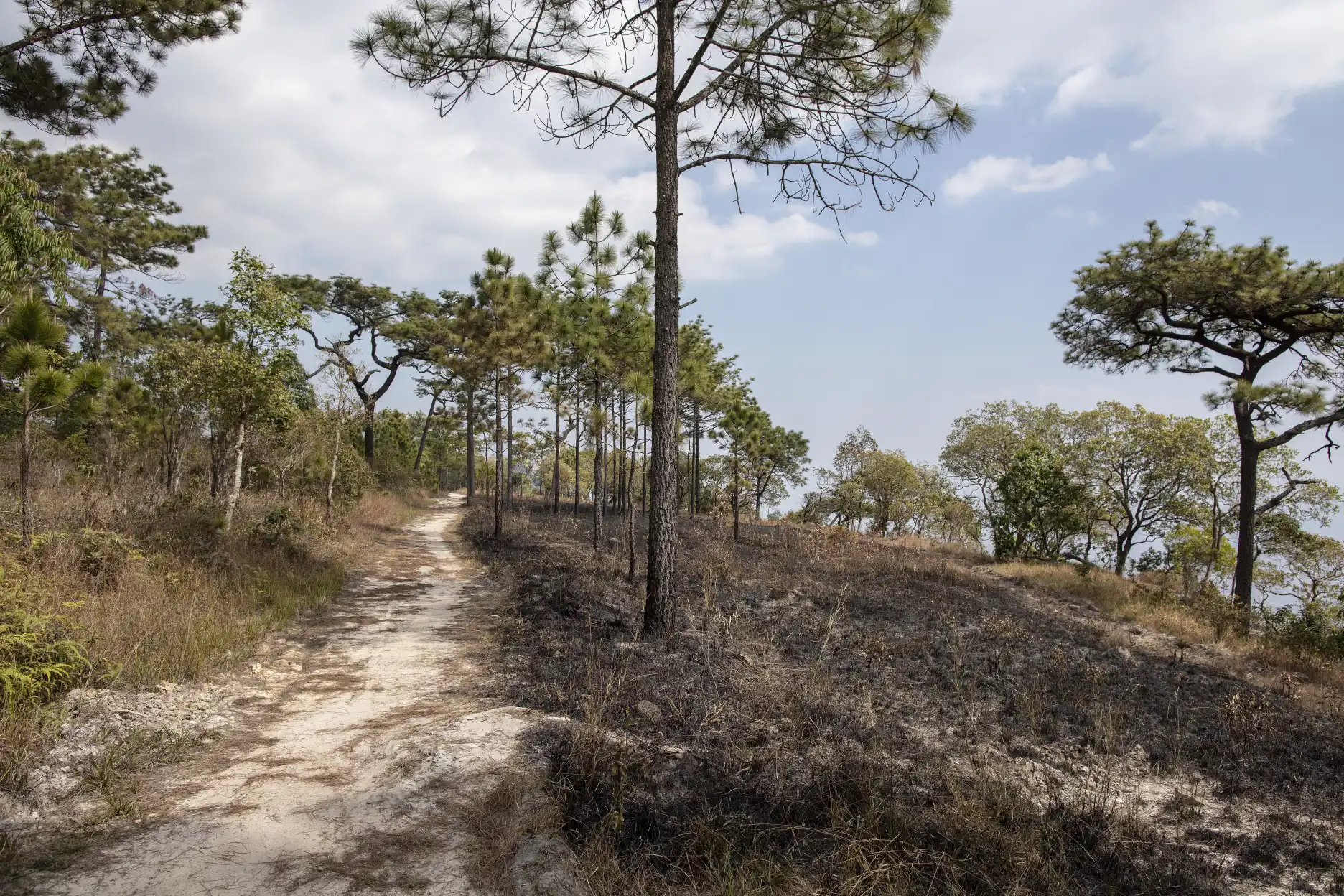
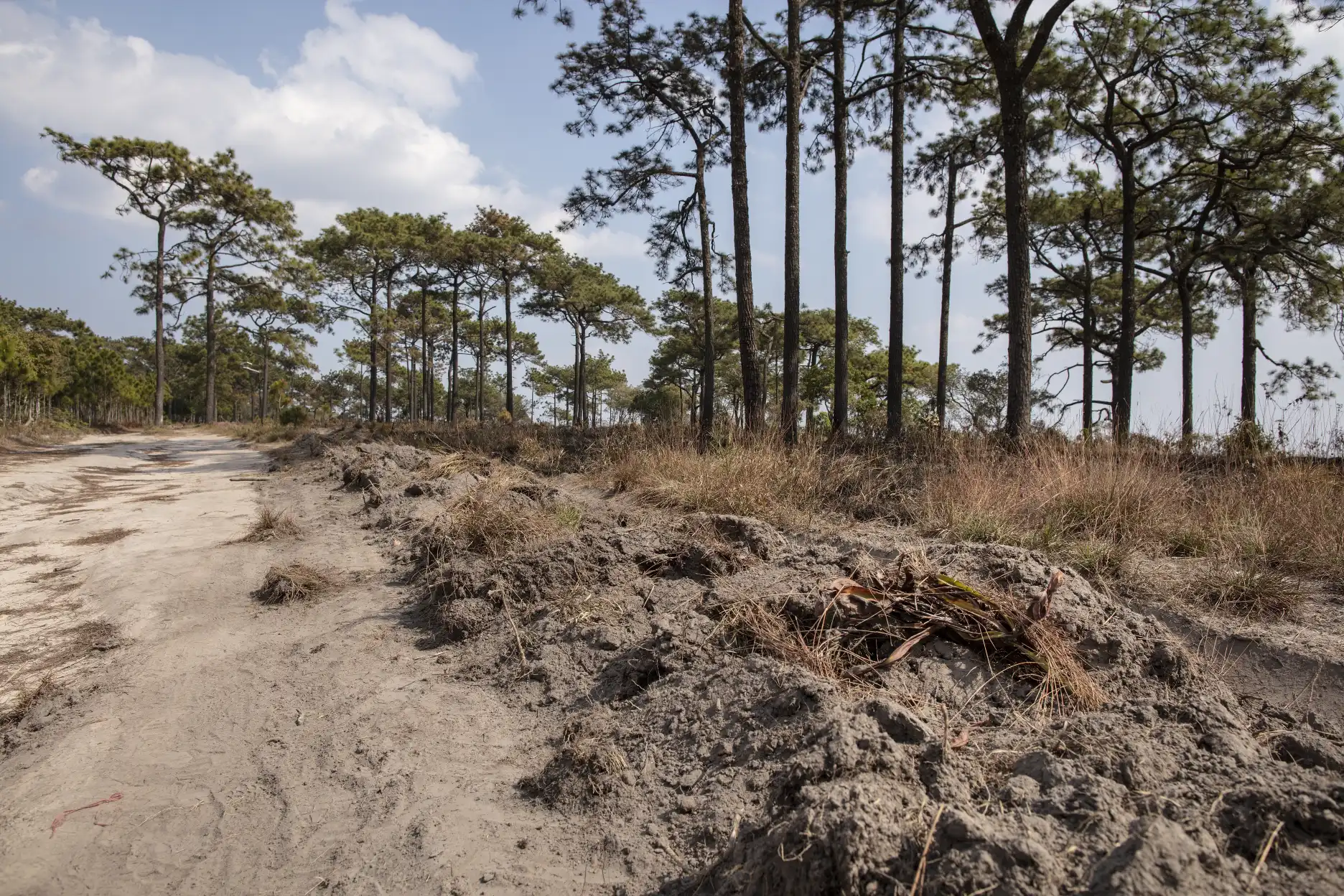
Other plants had been bulldozed in the process of trail maintenance.
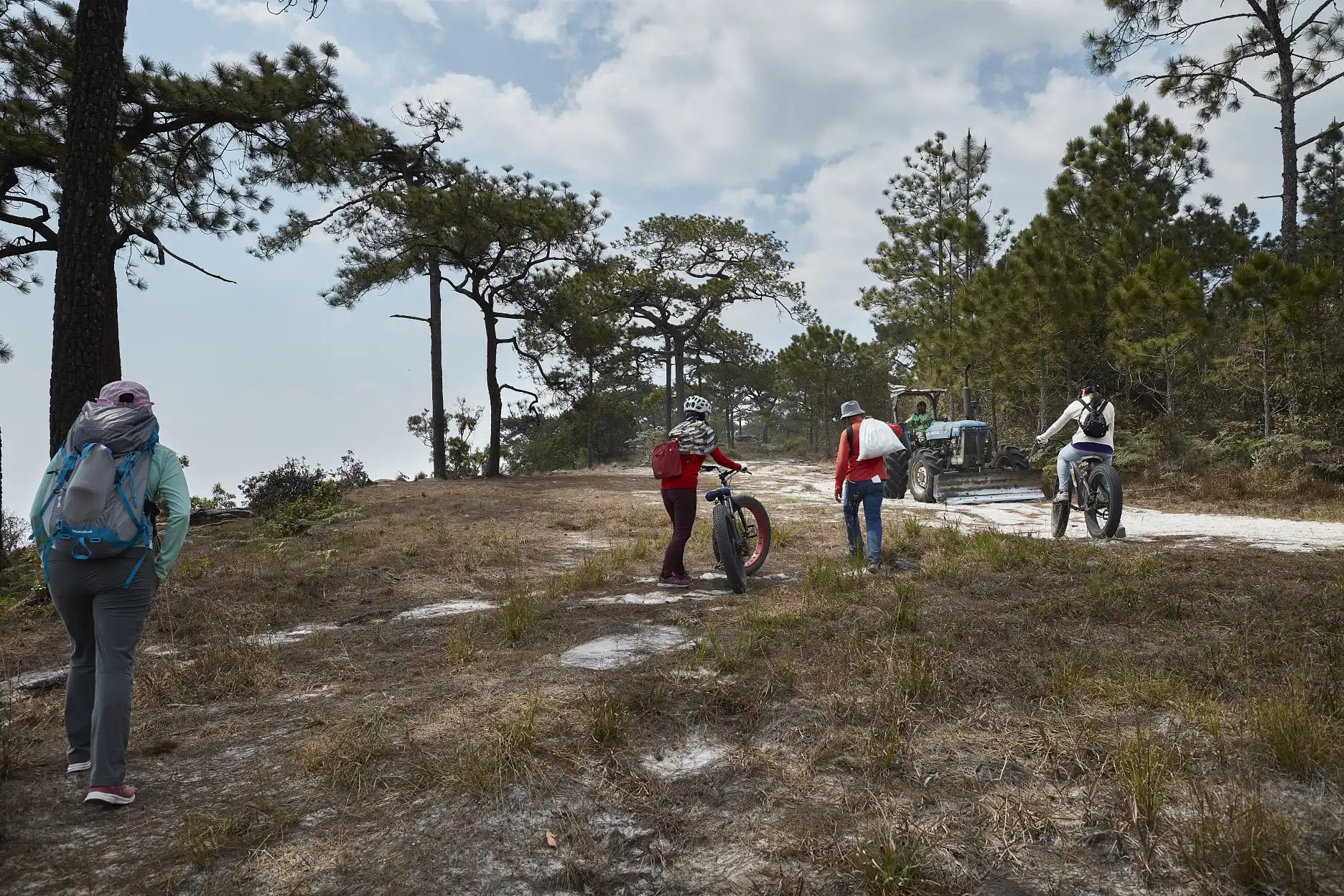
I suppose that is simply a hazard of growing along a trail.
